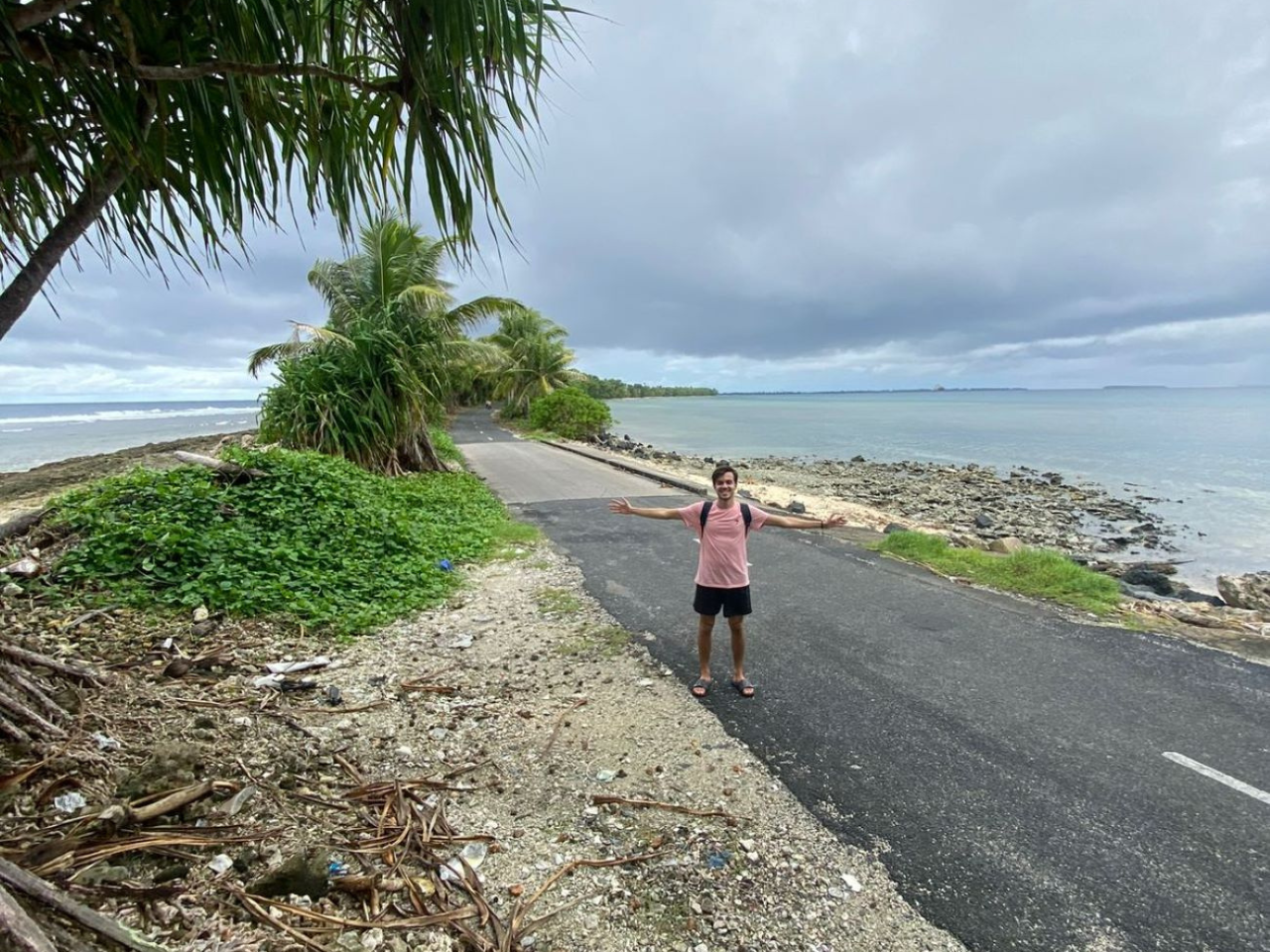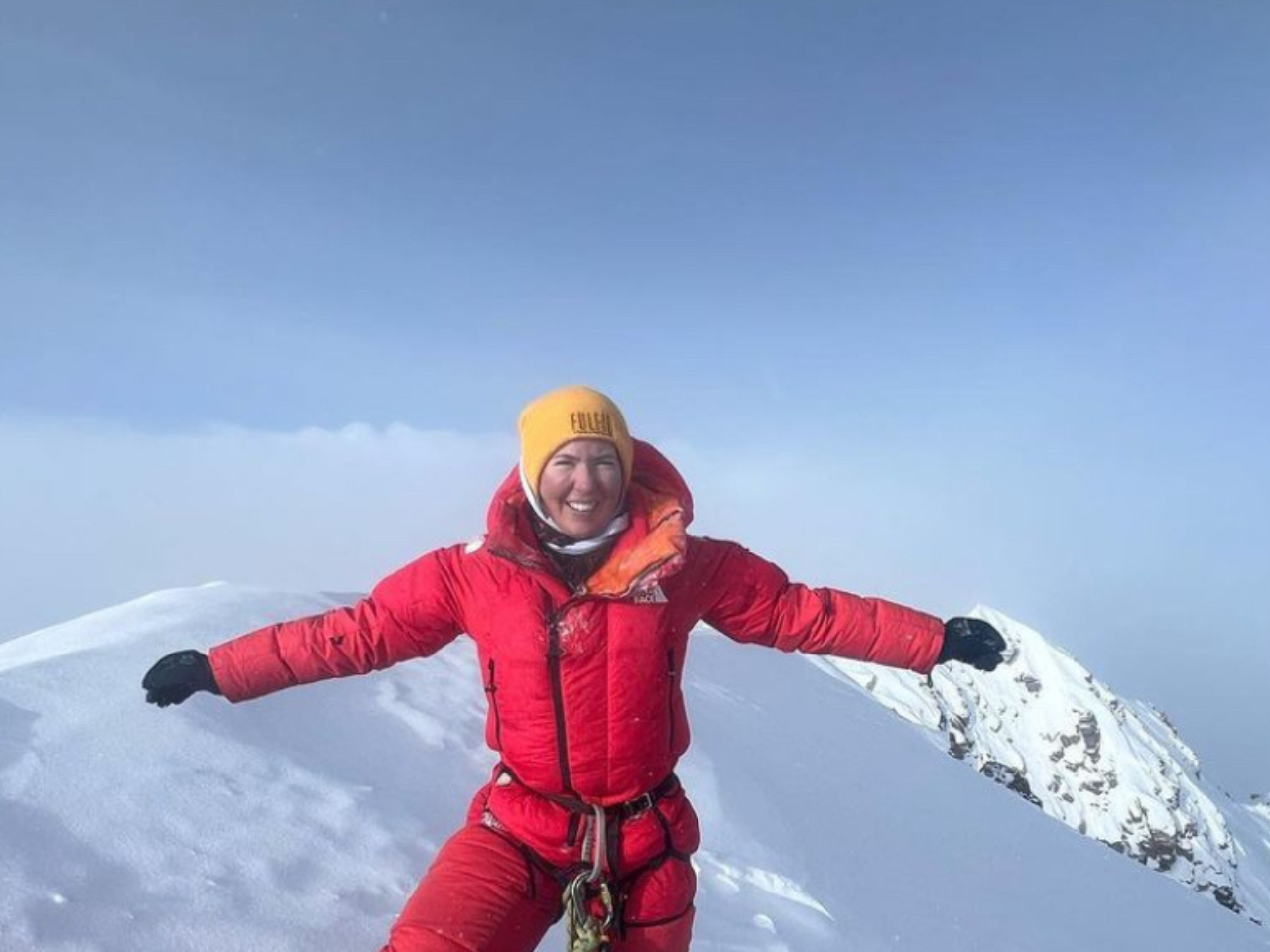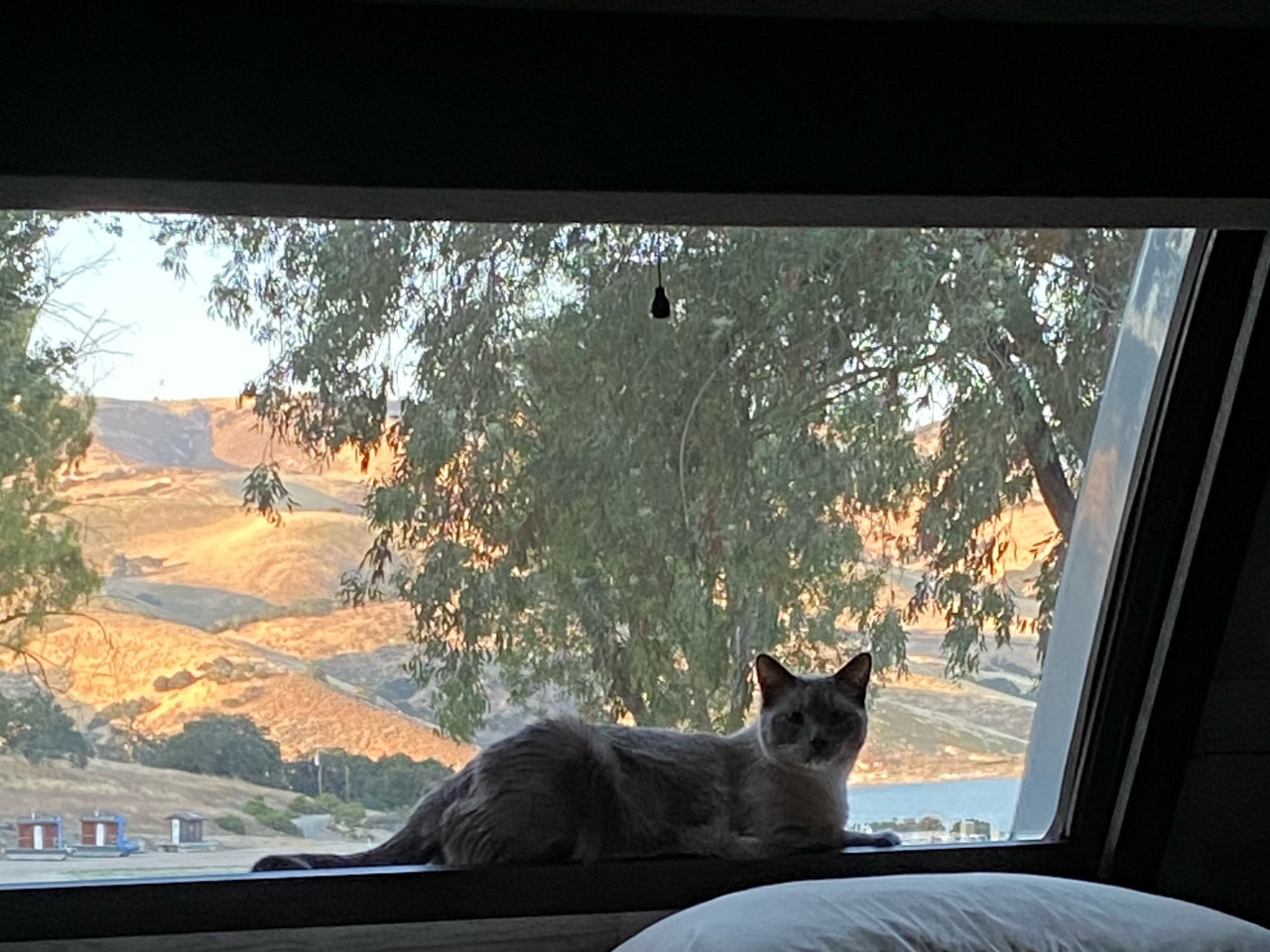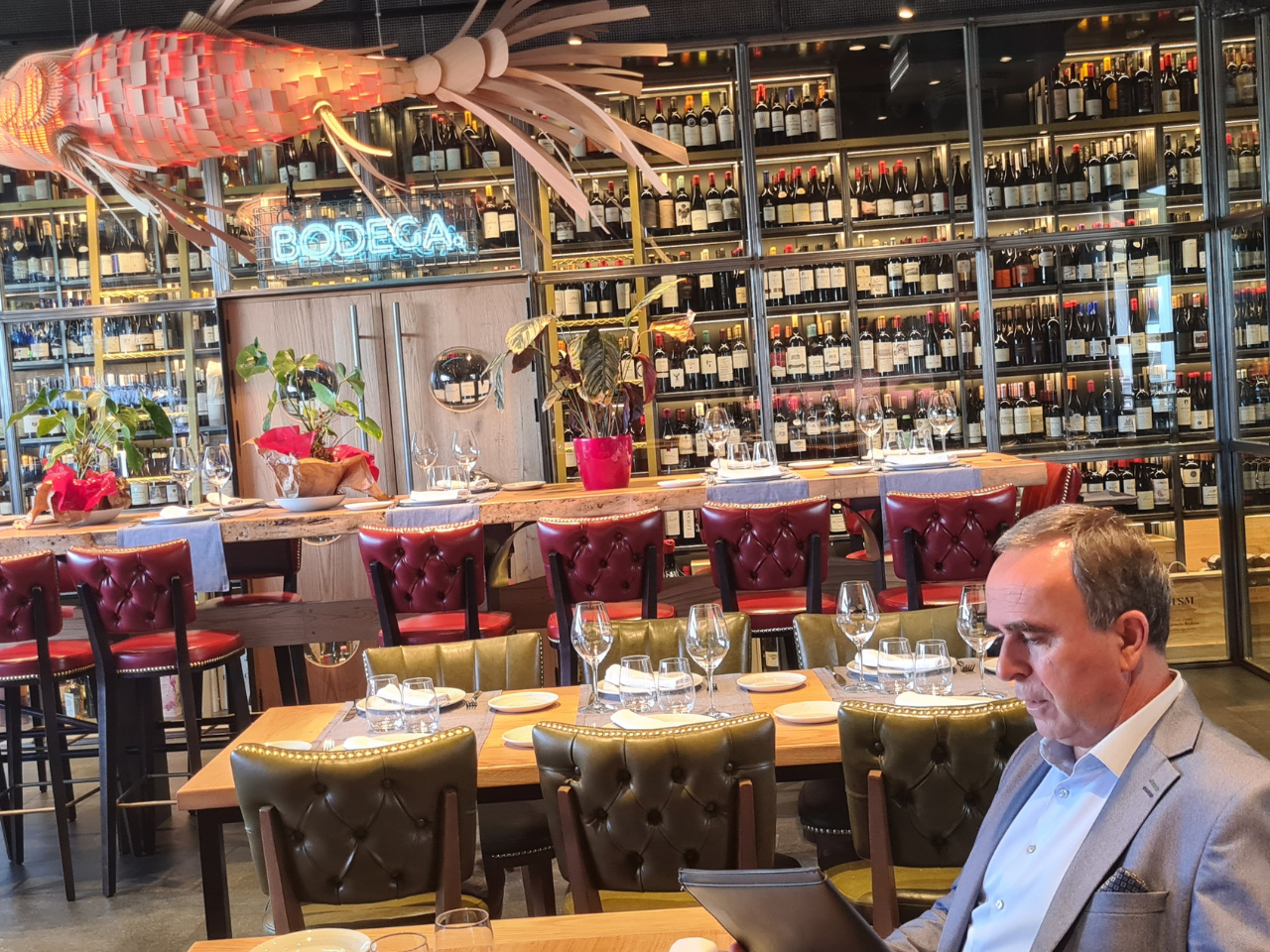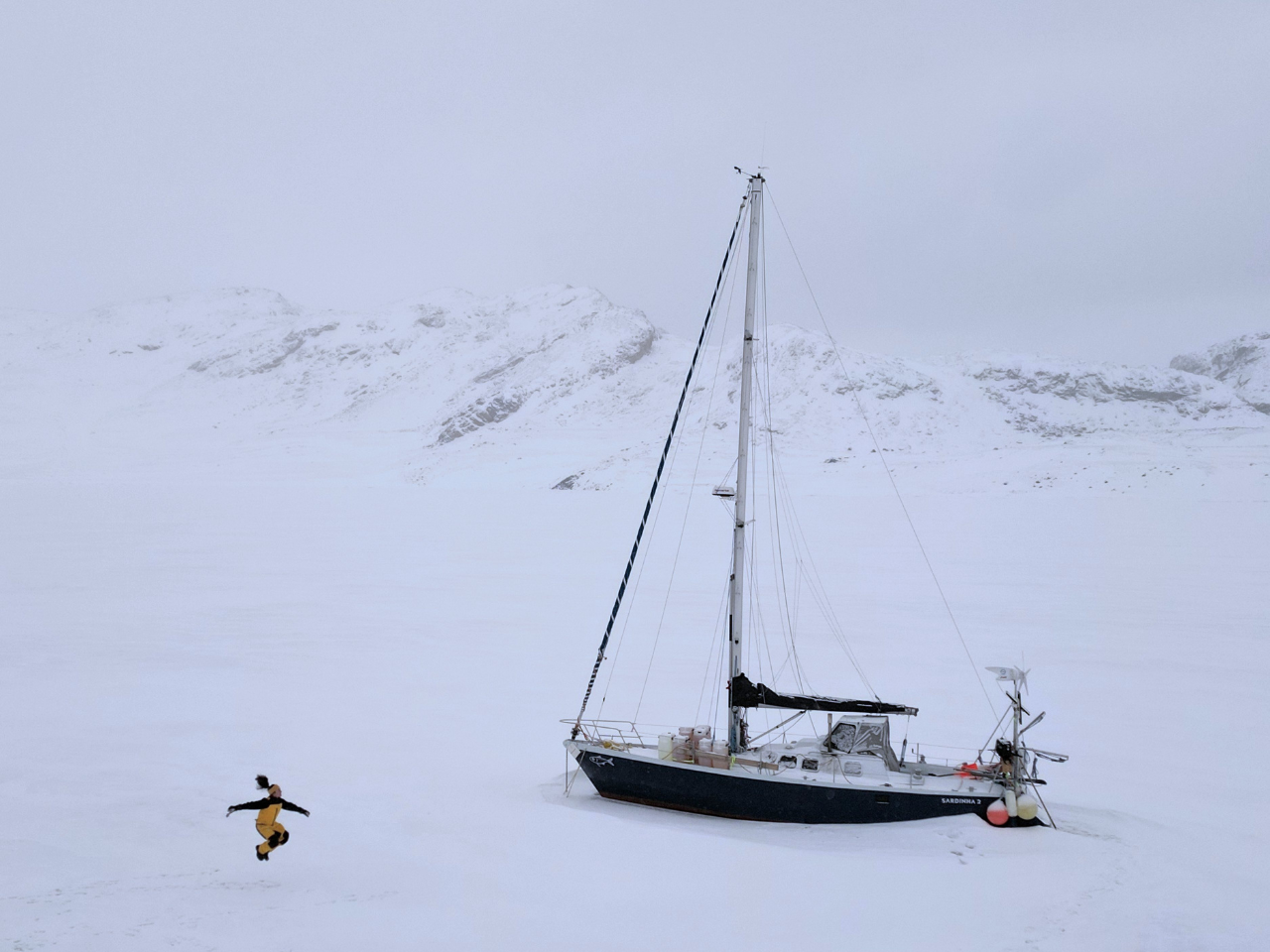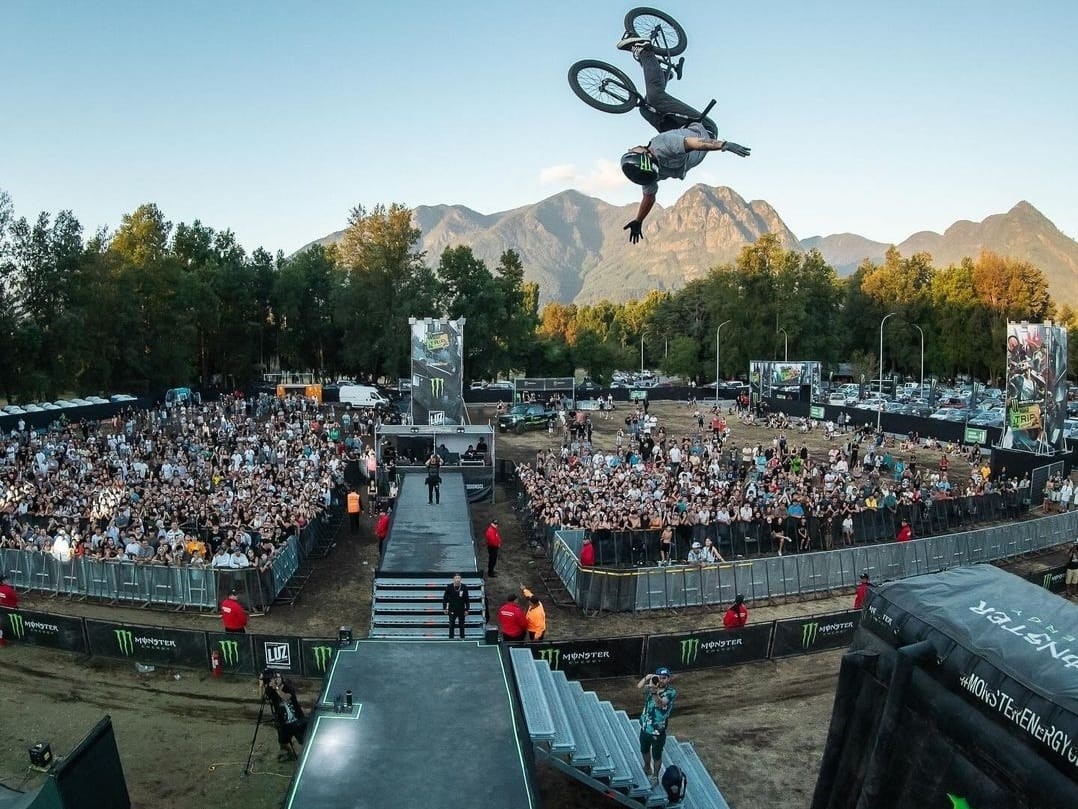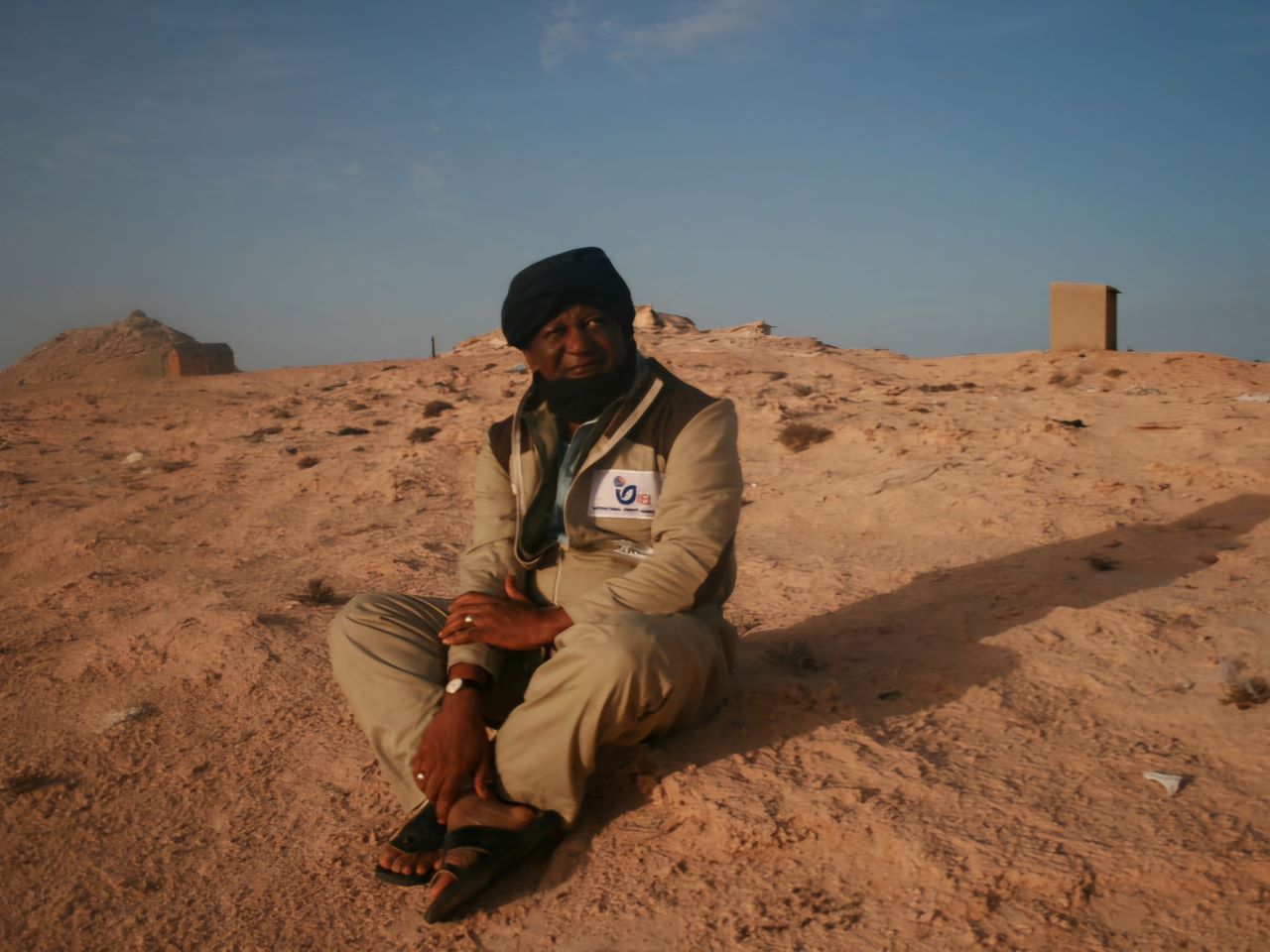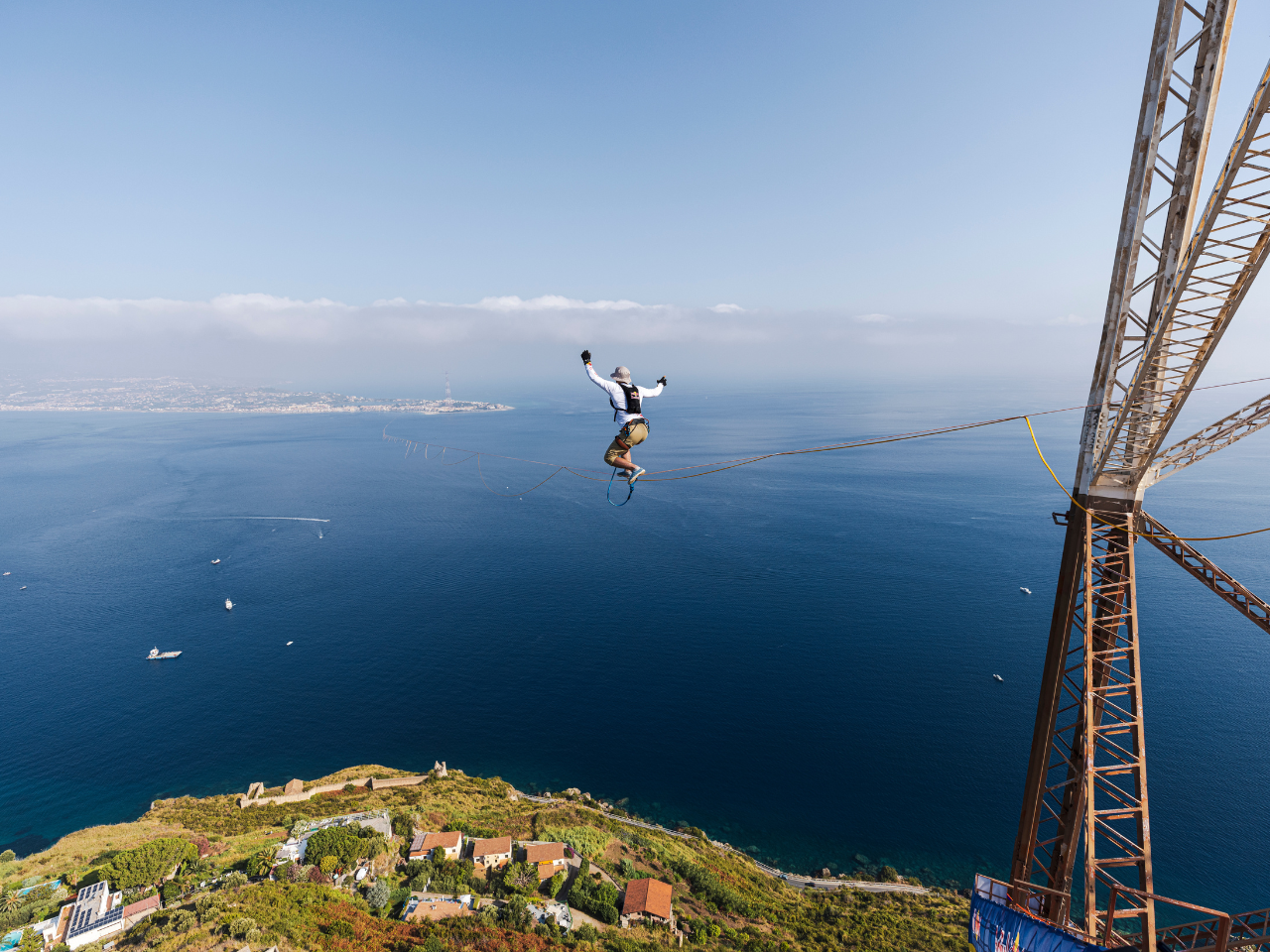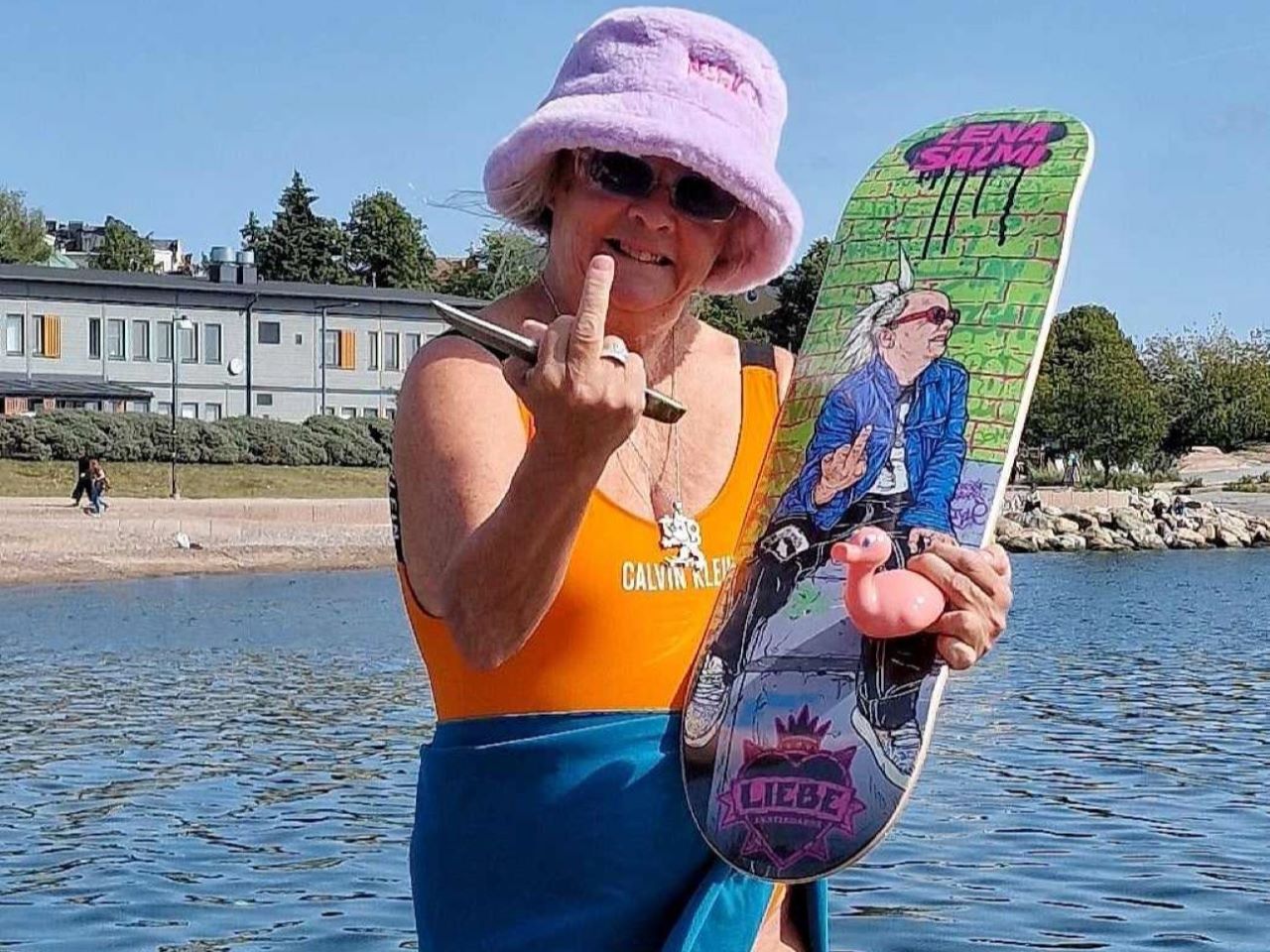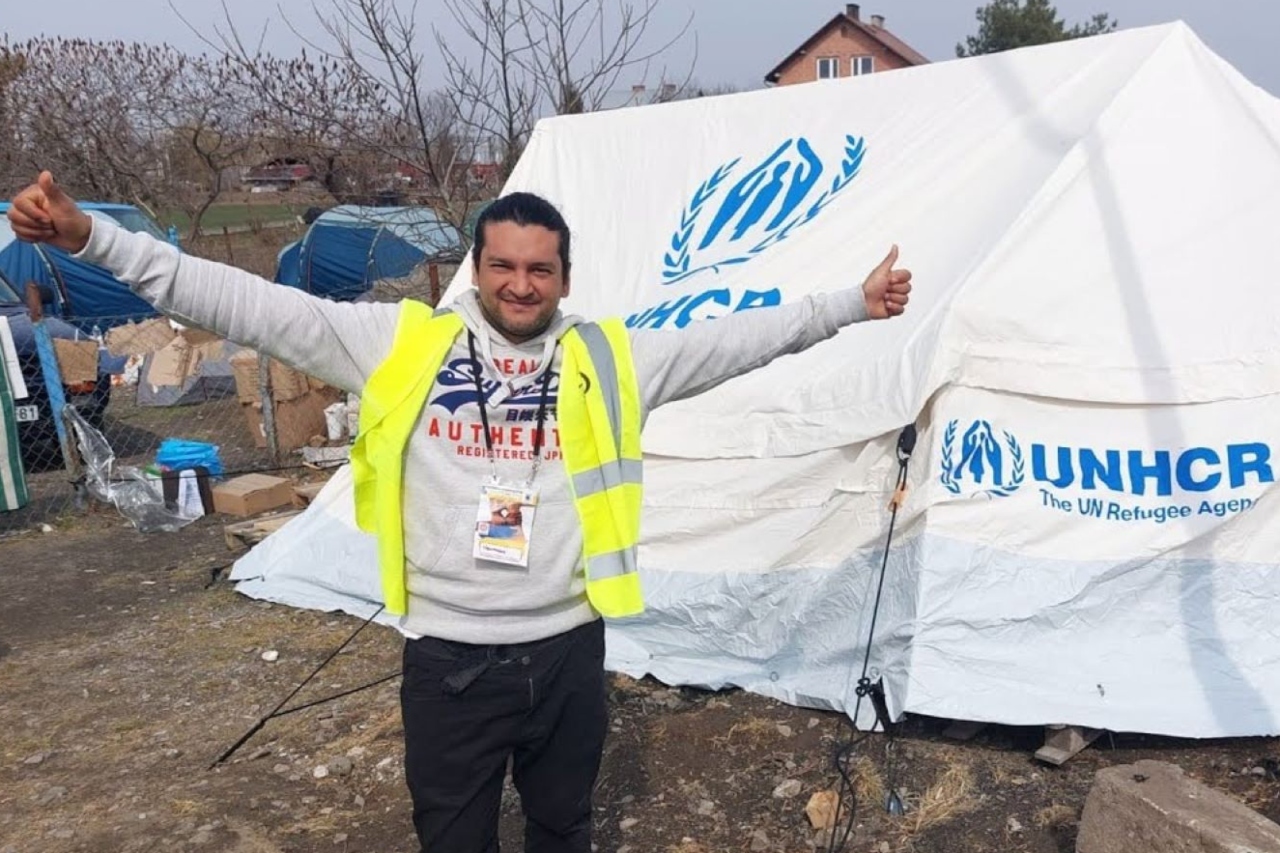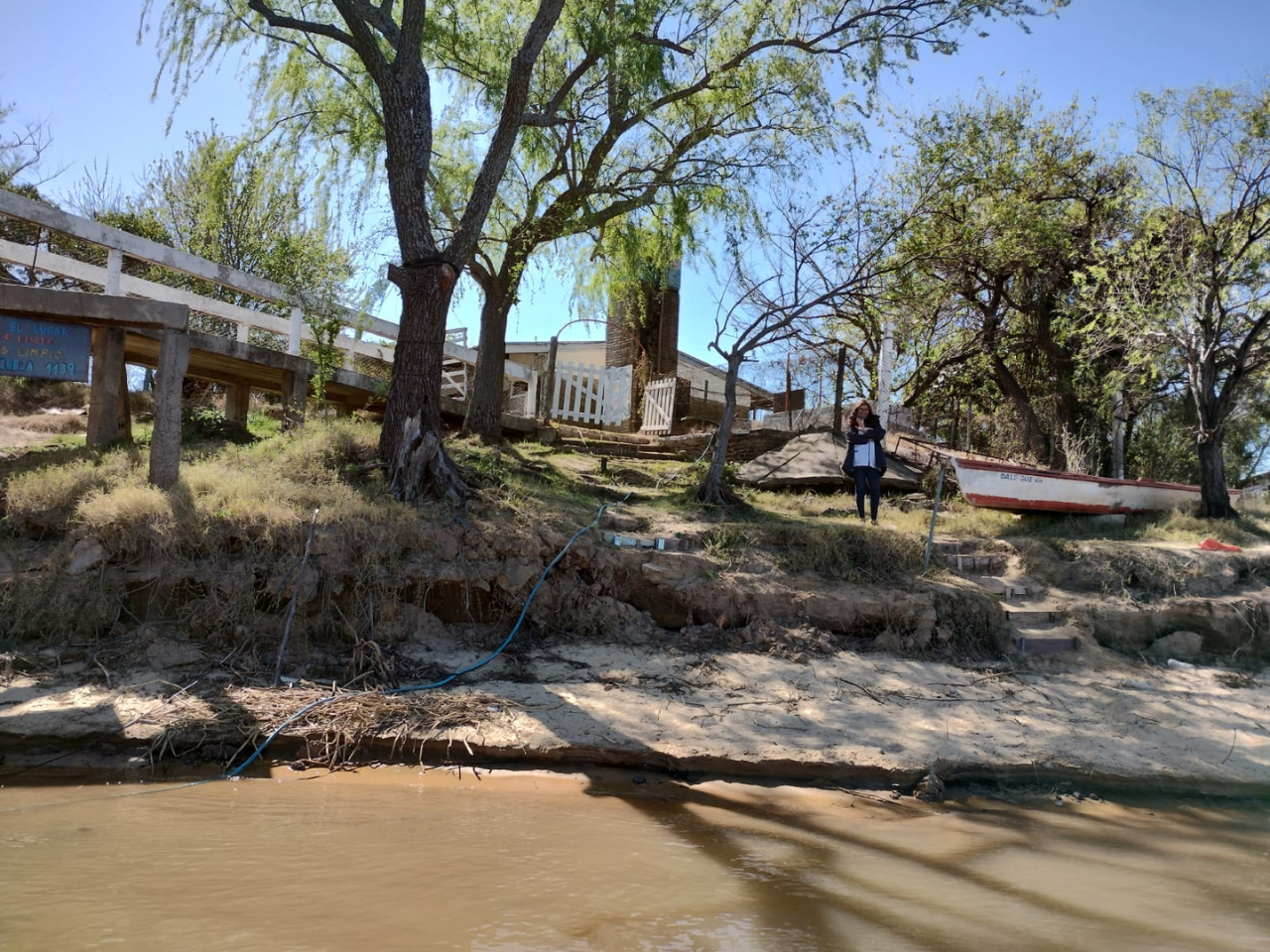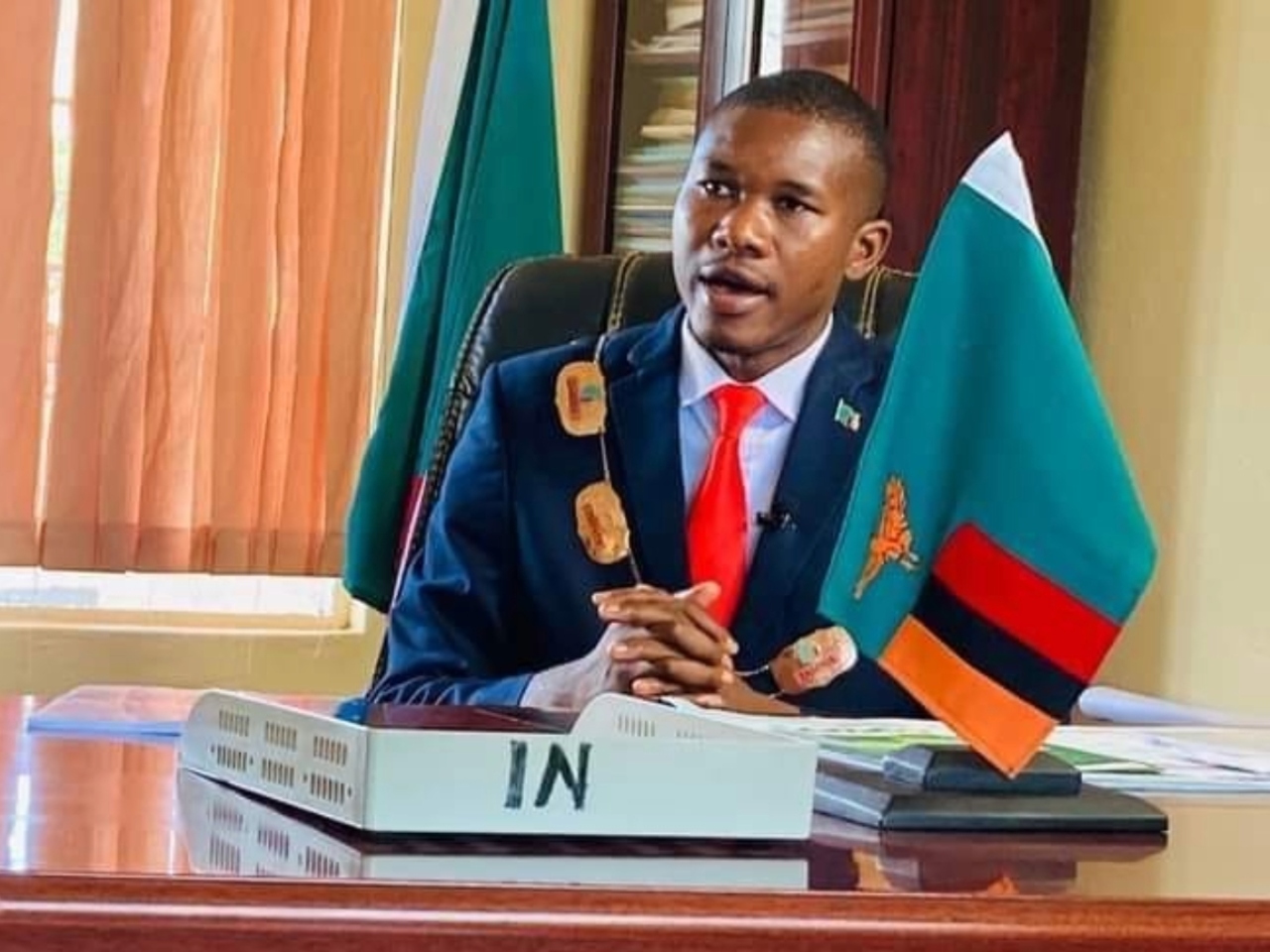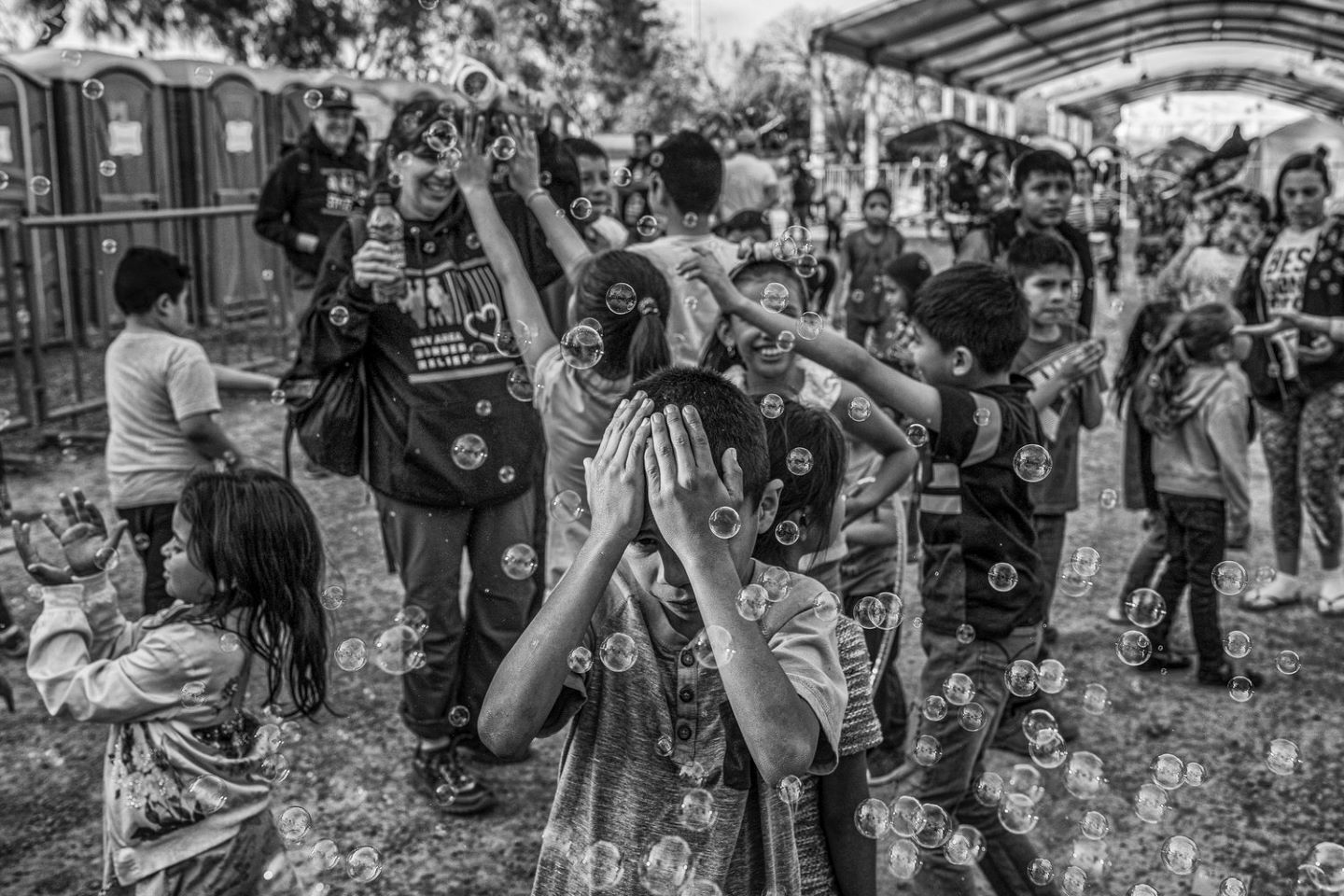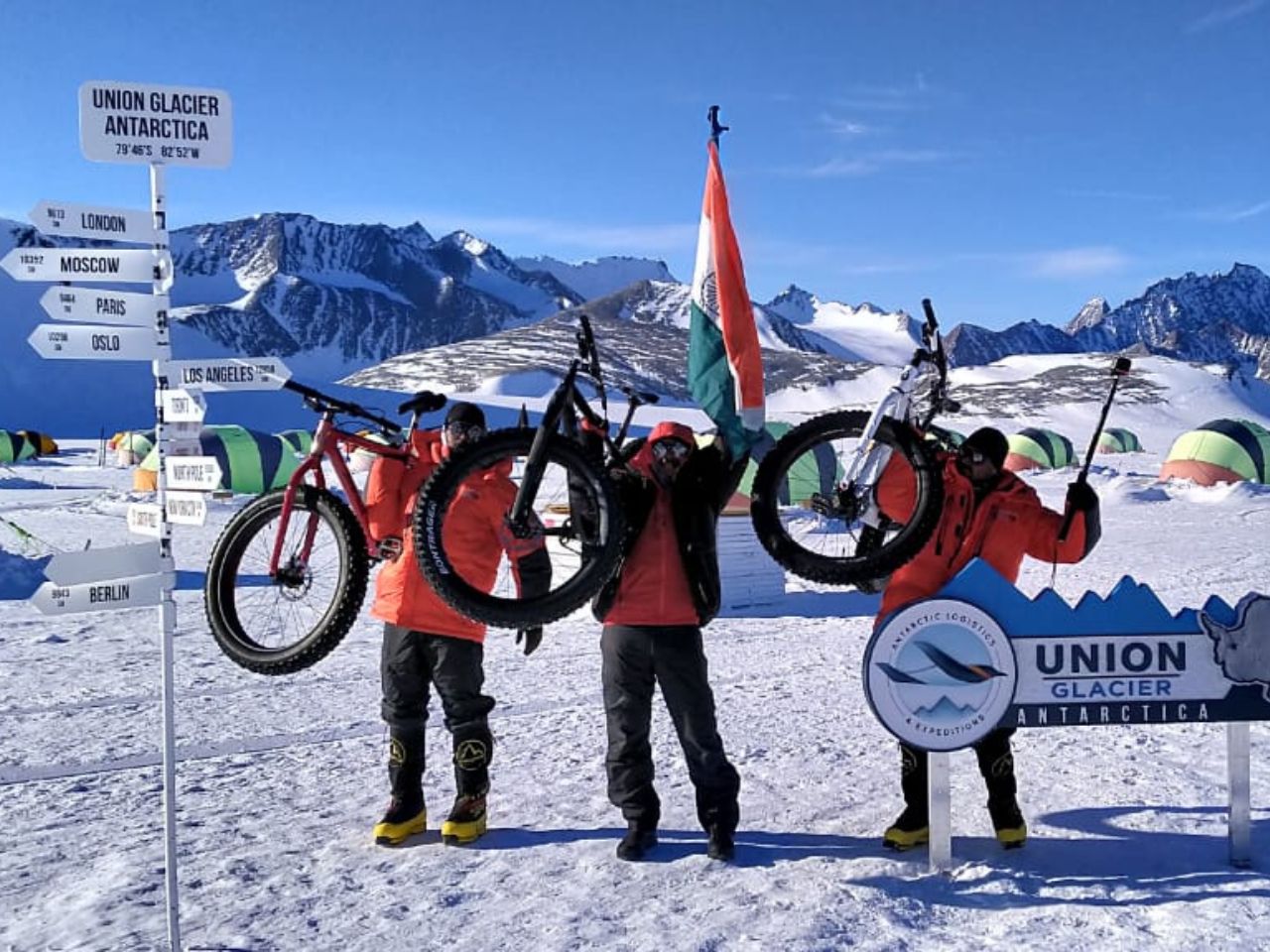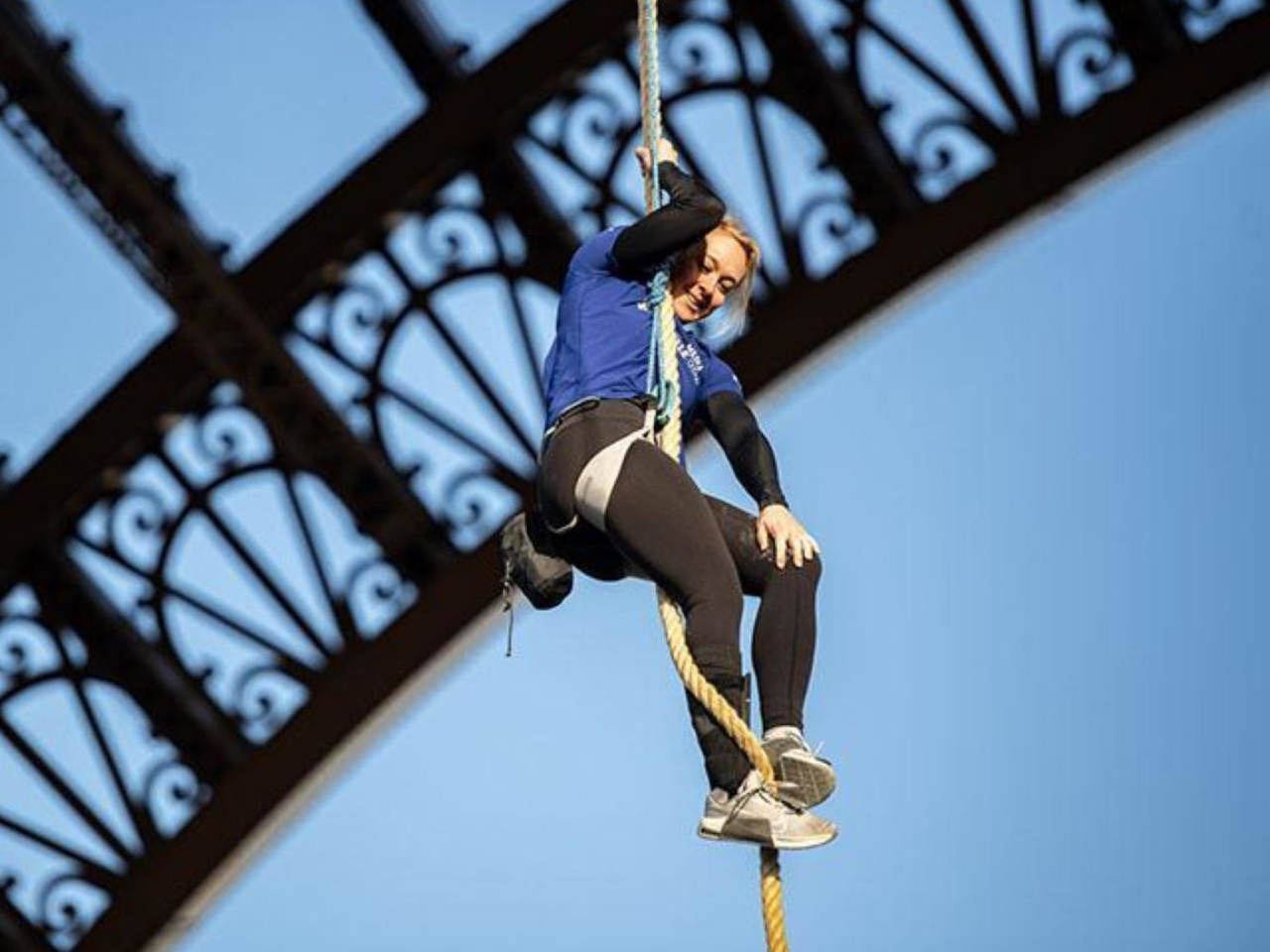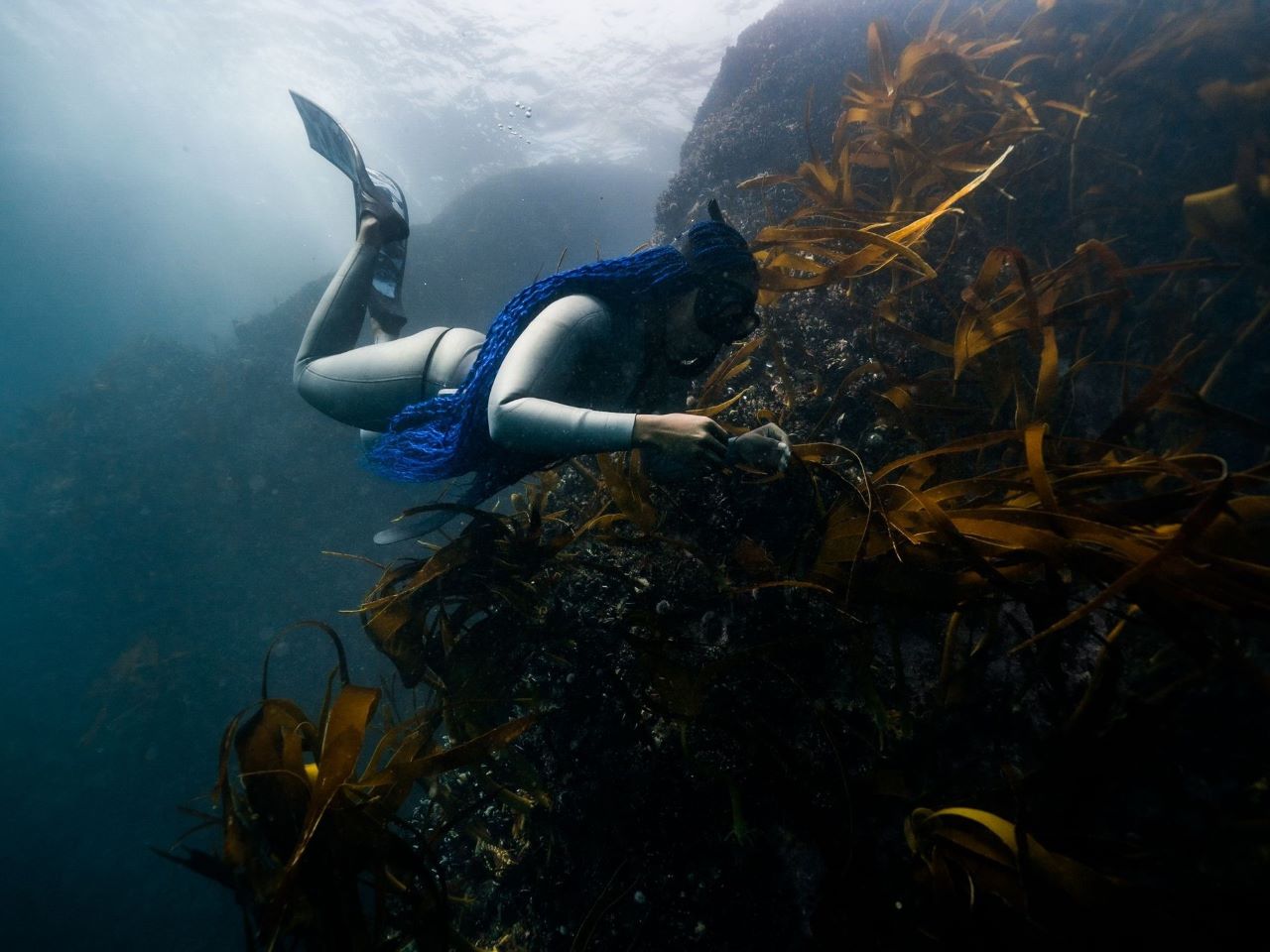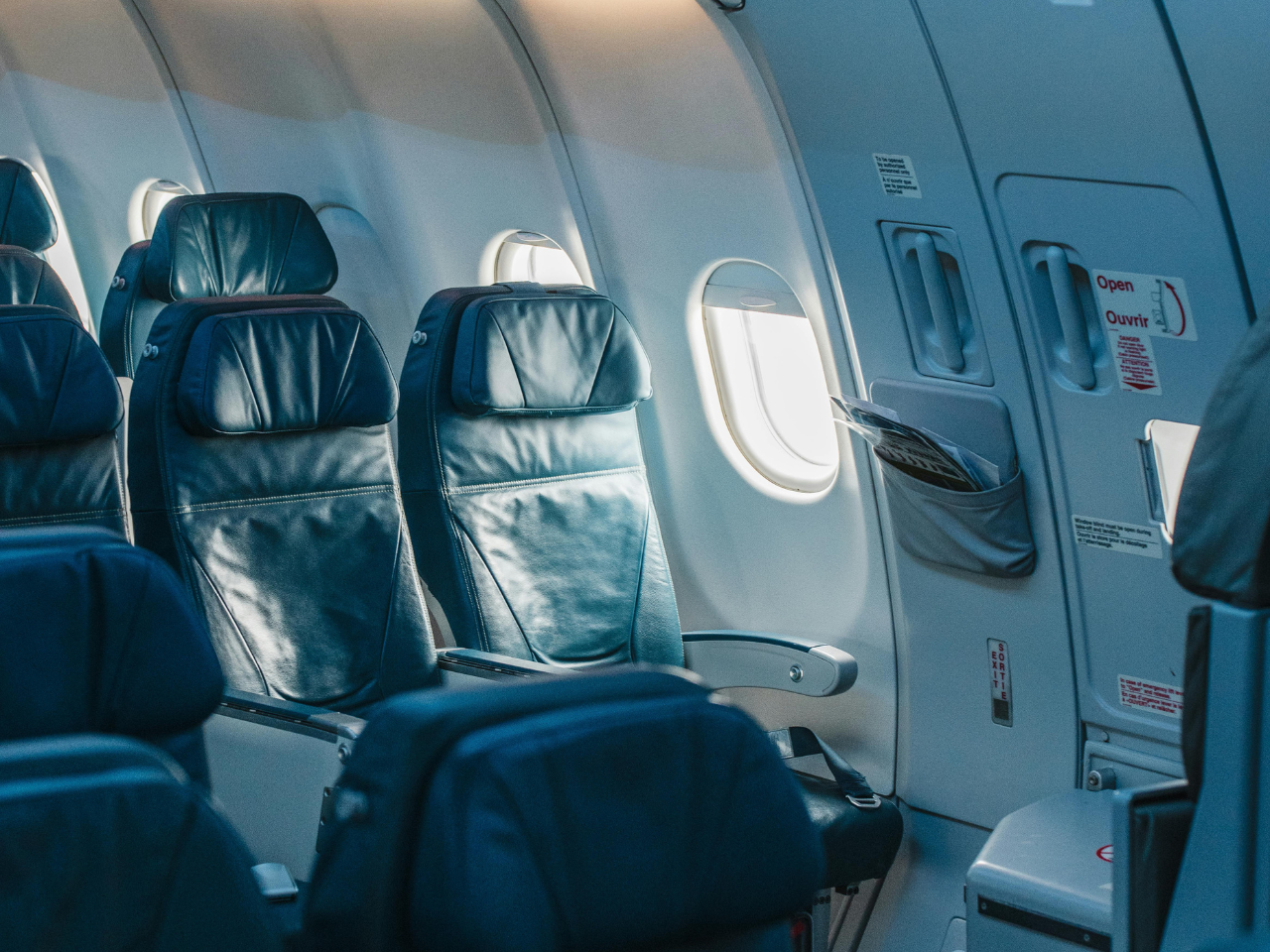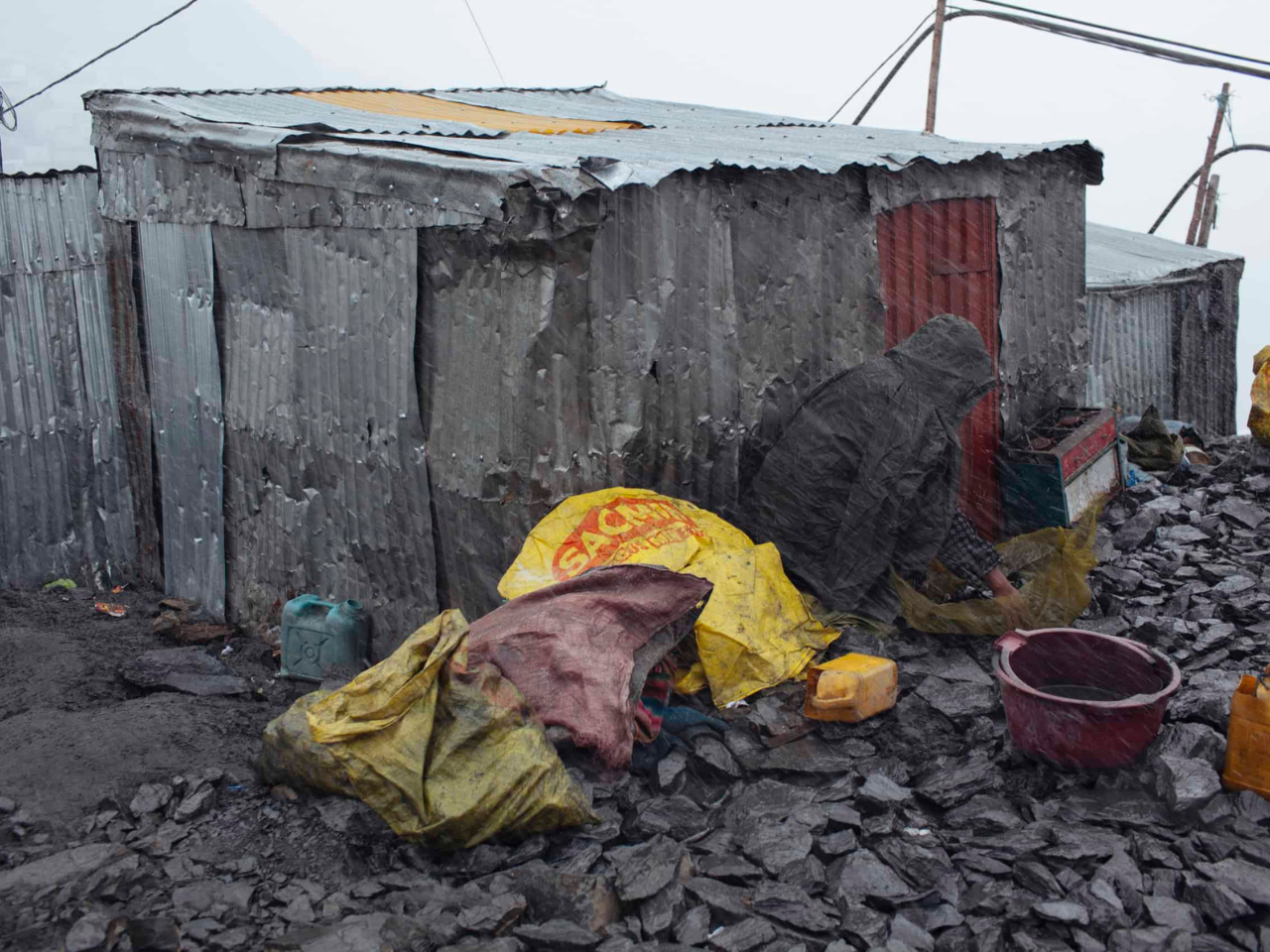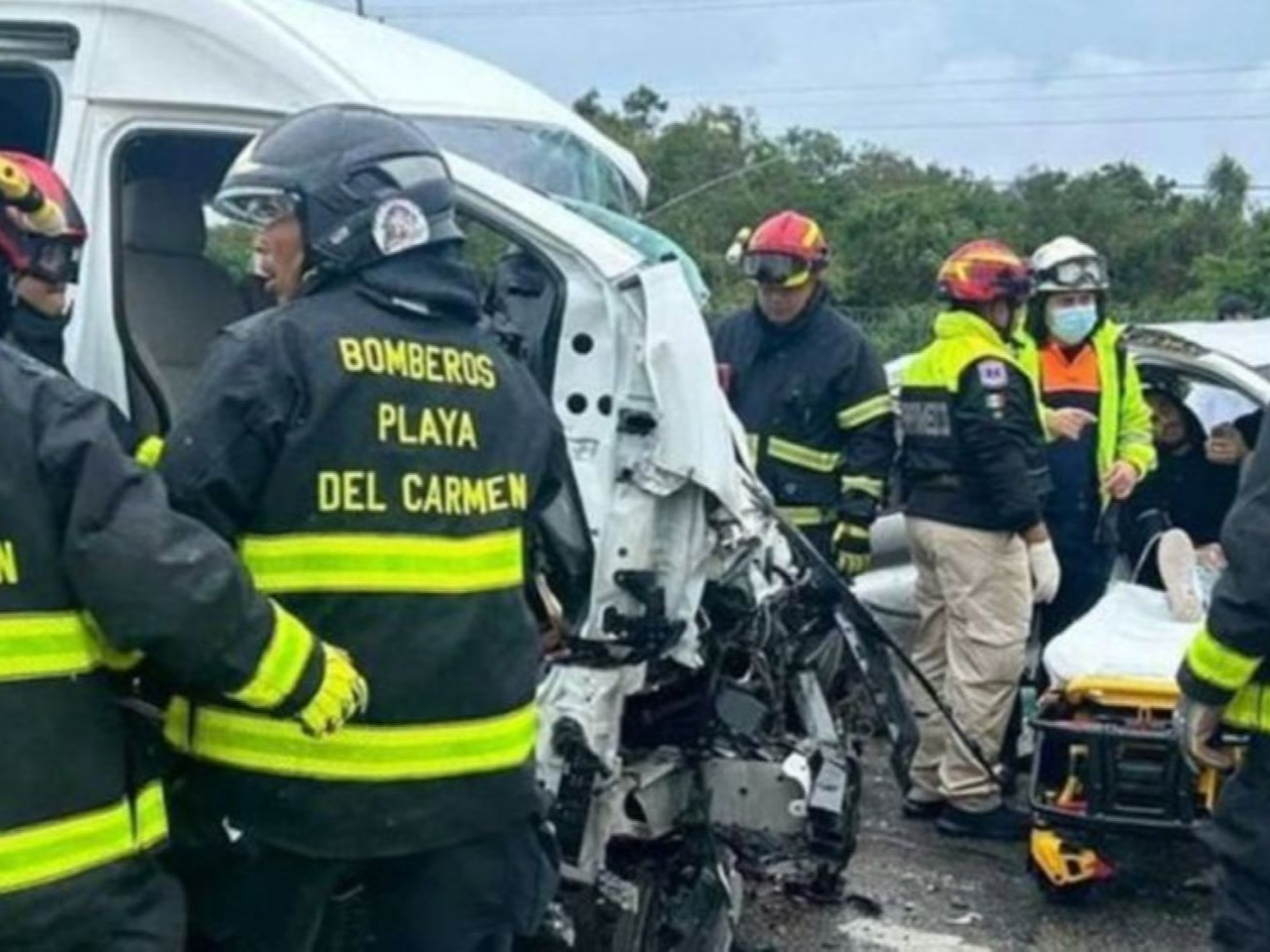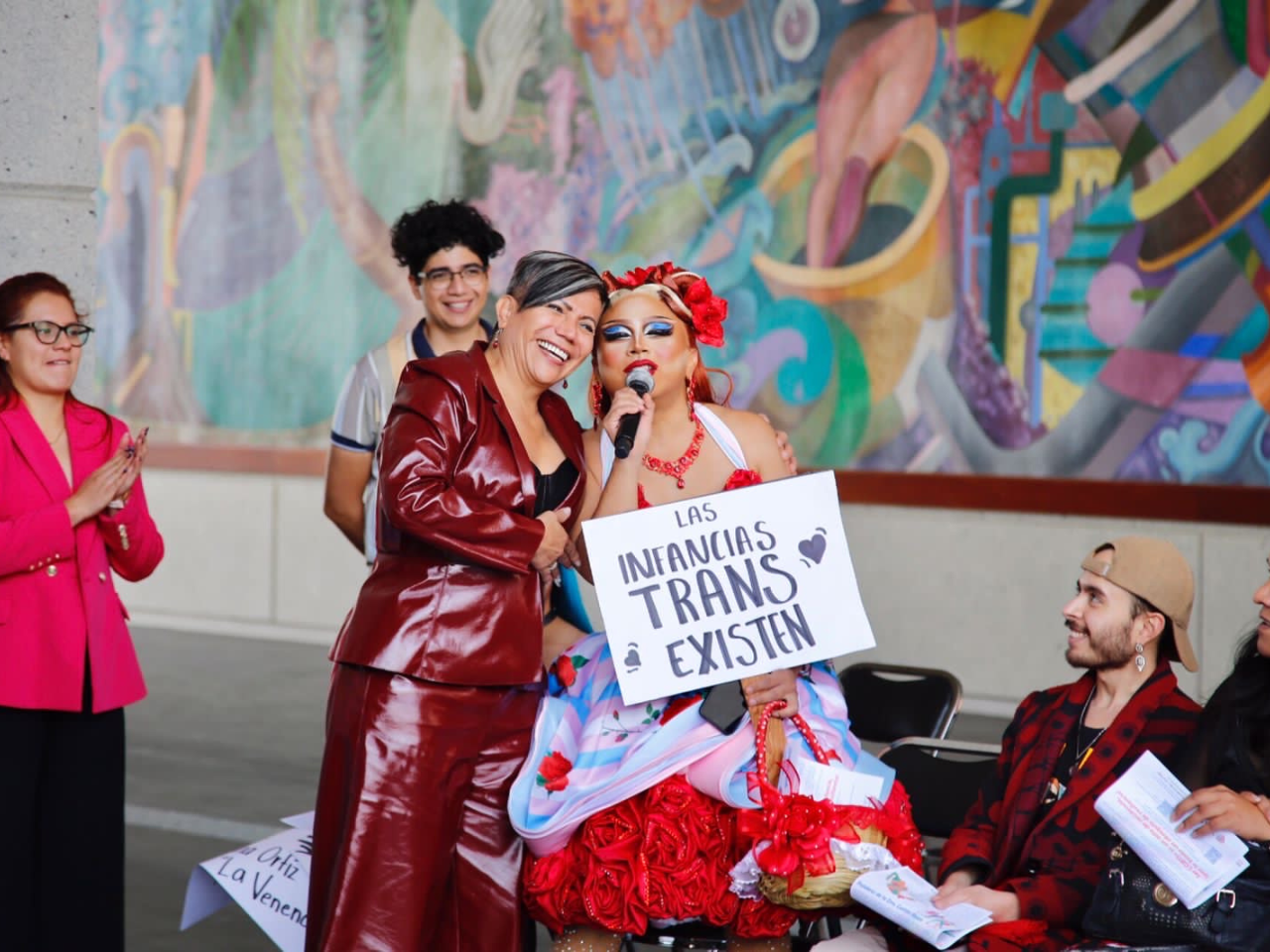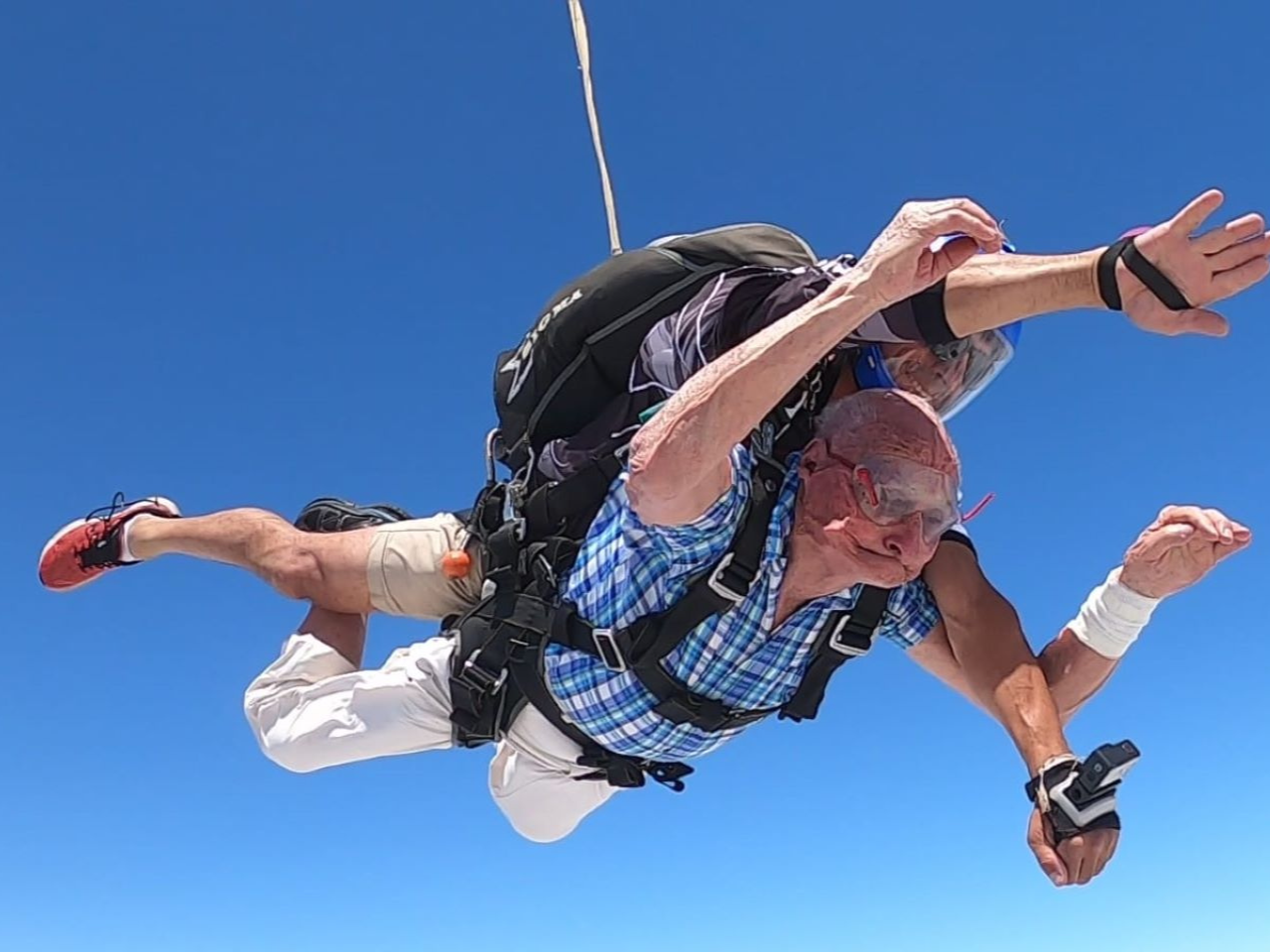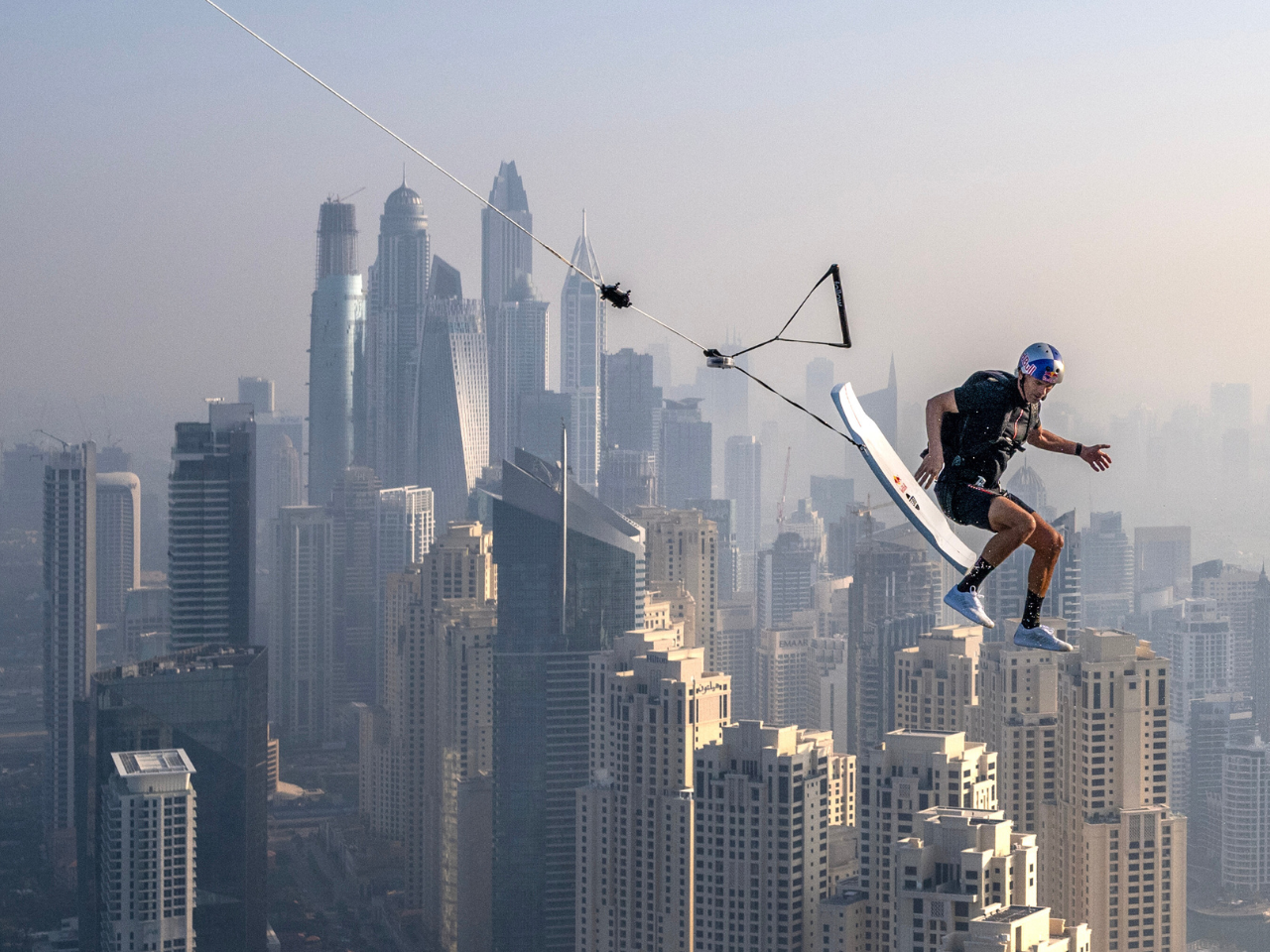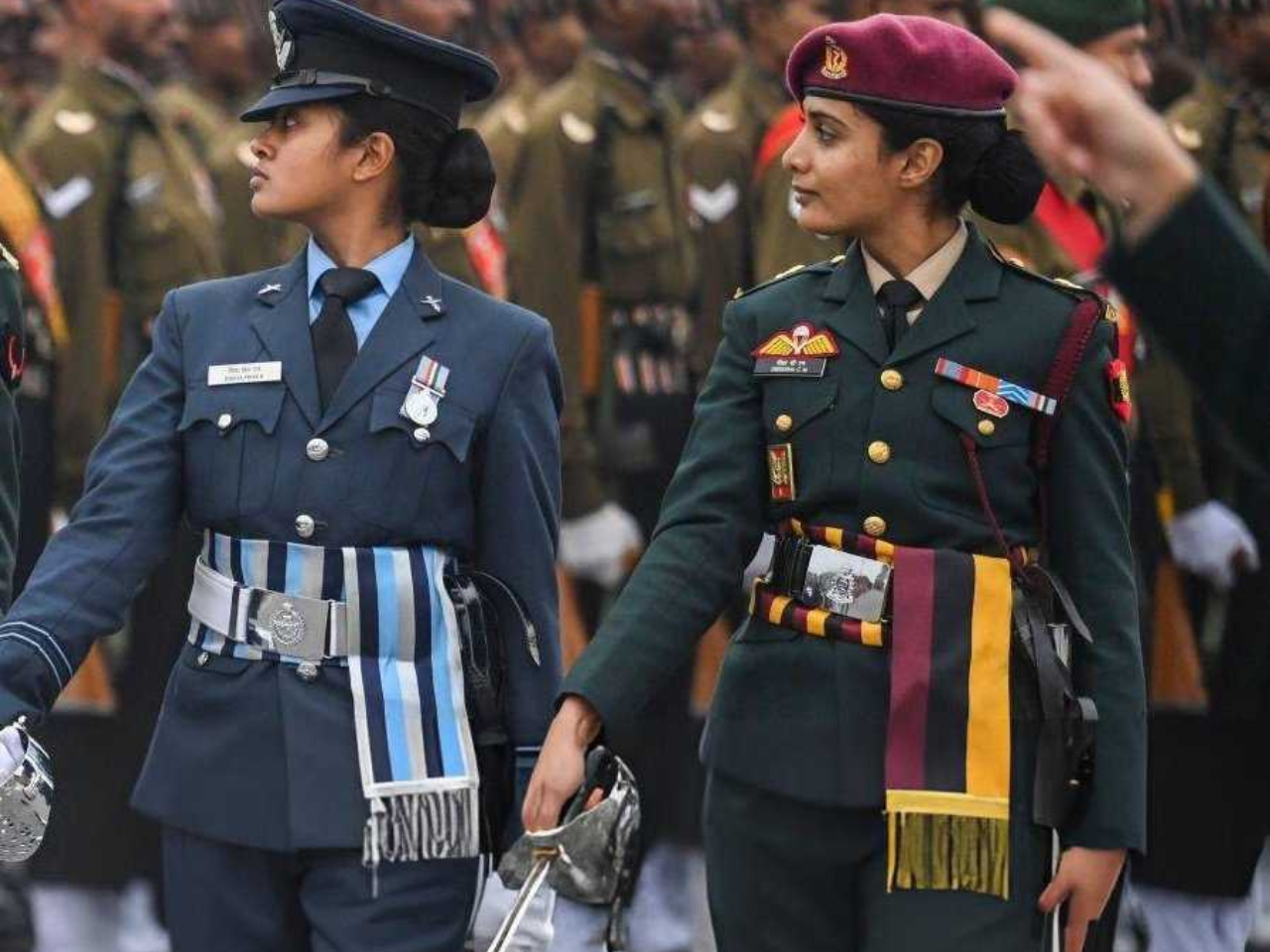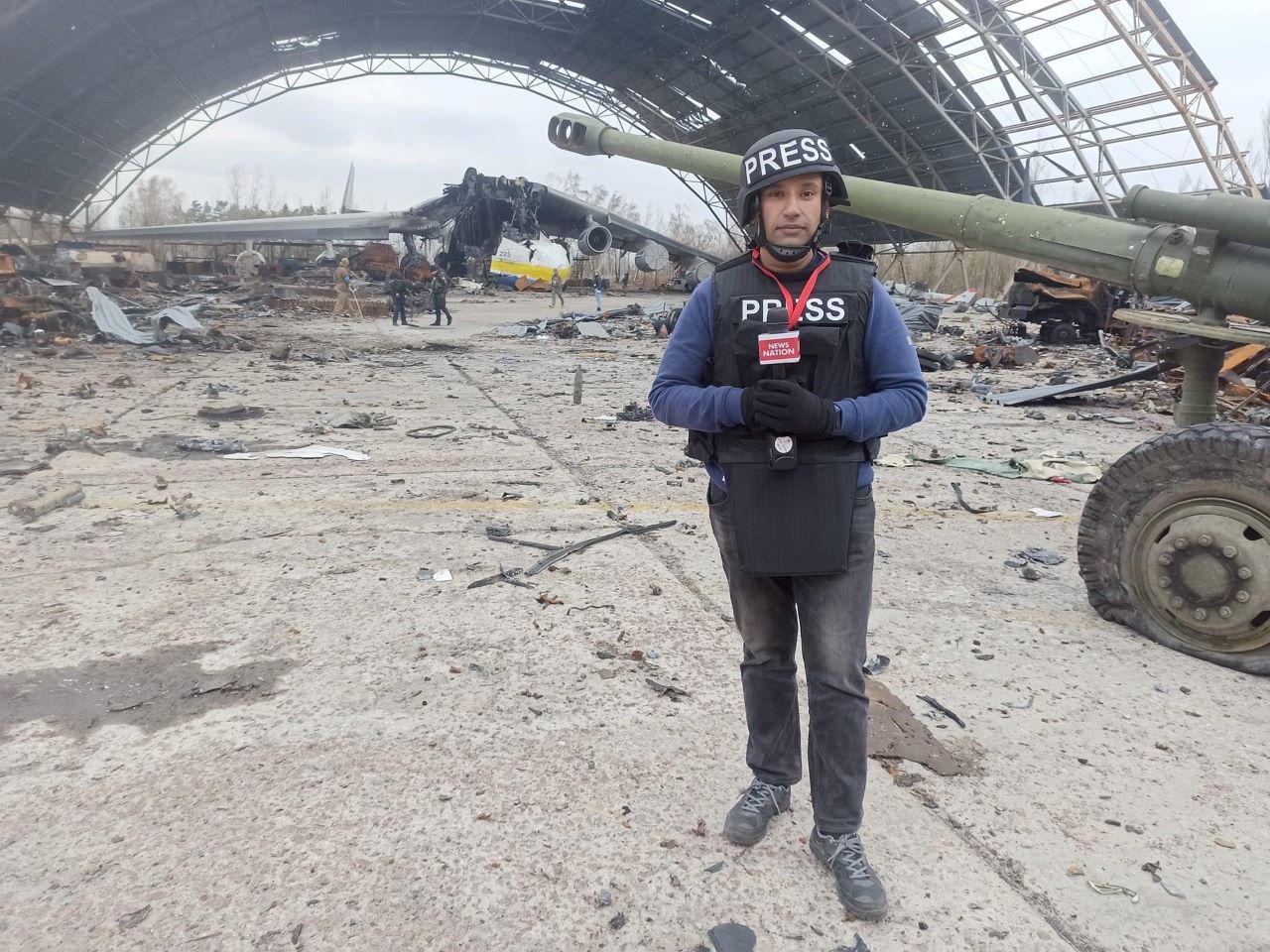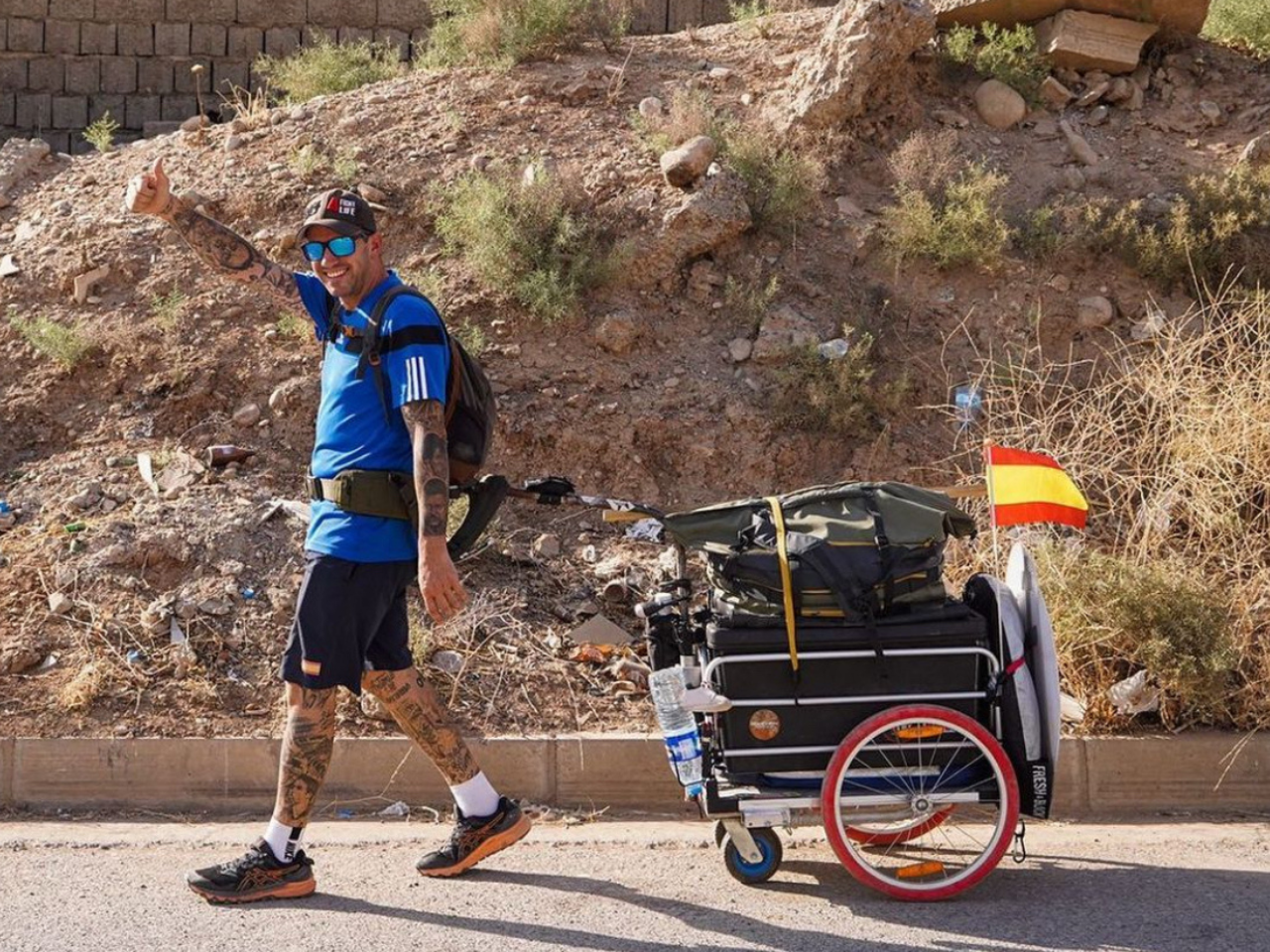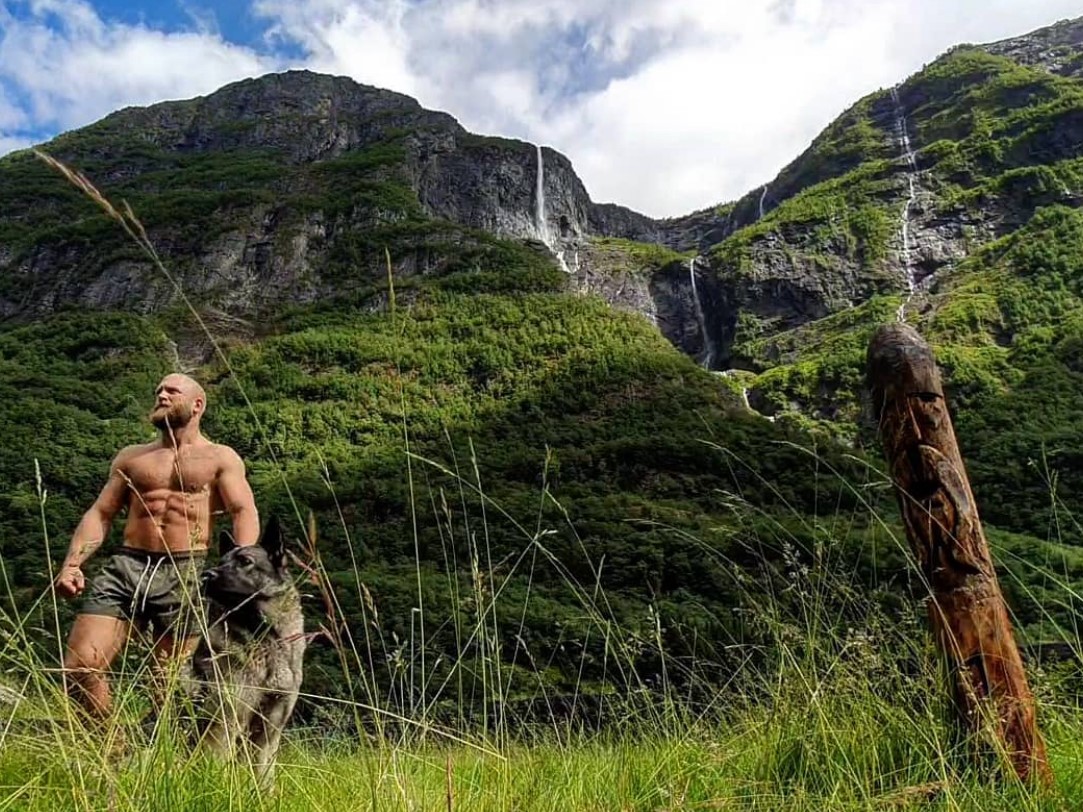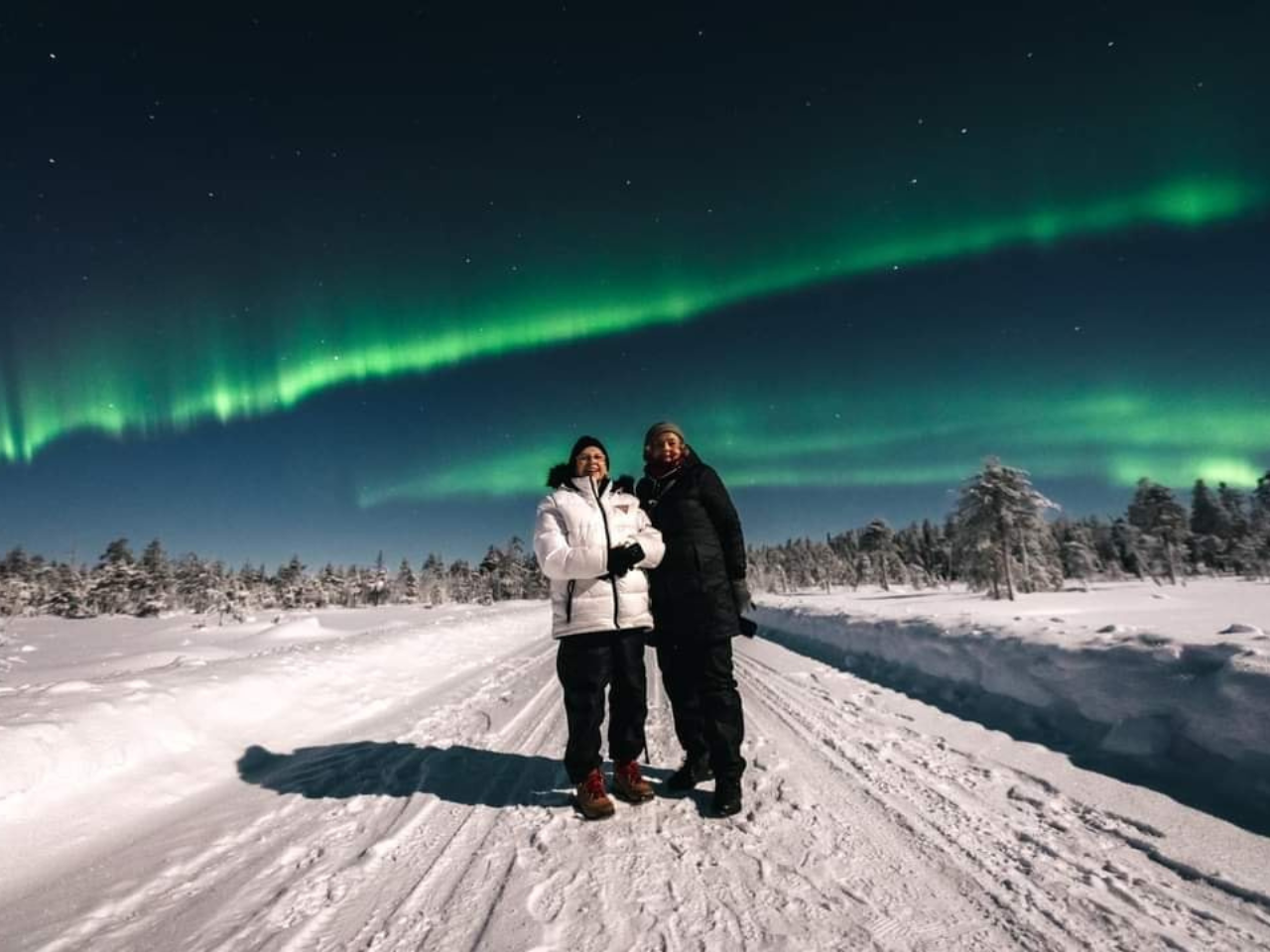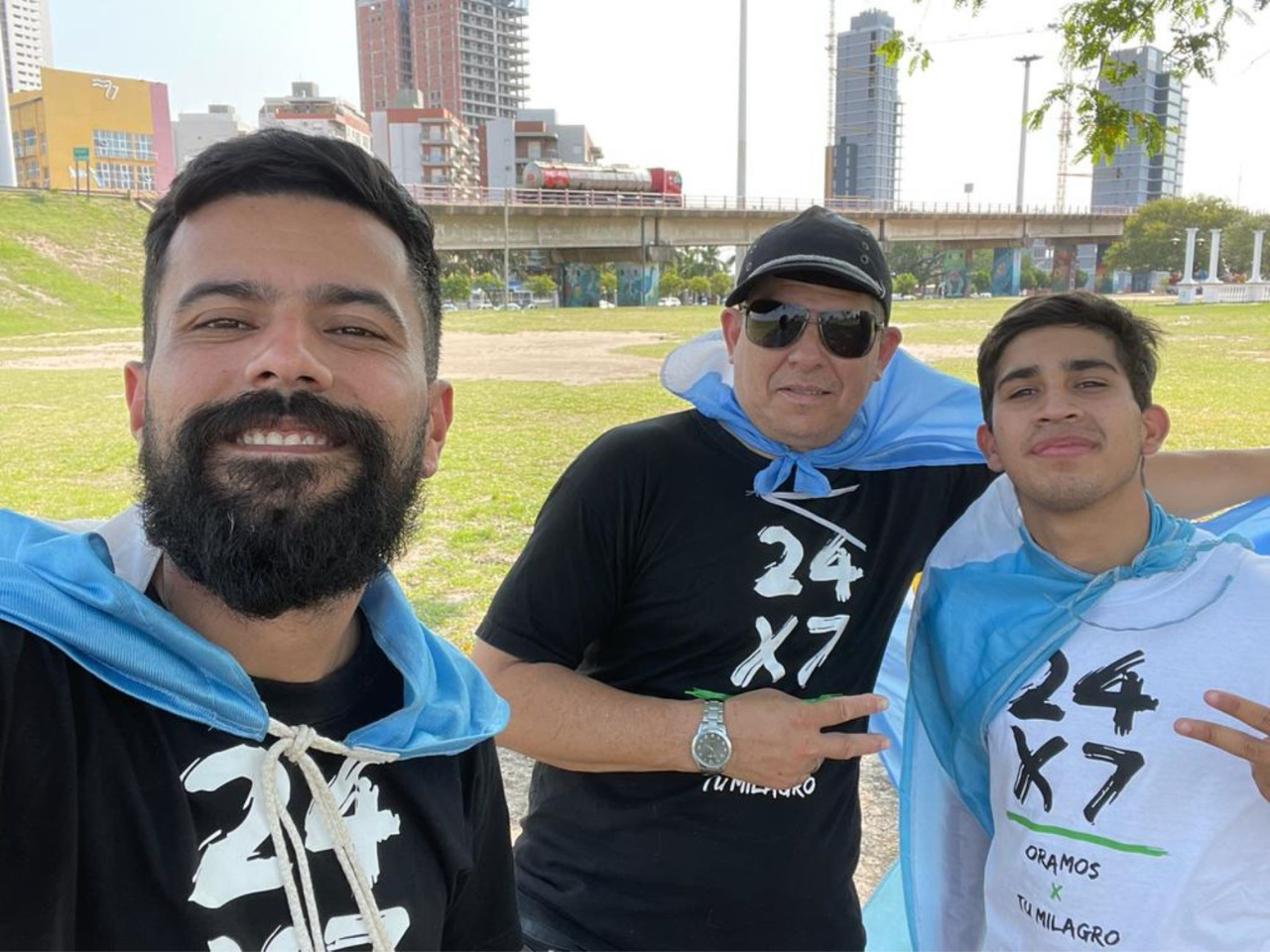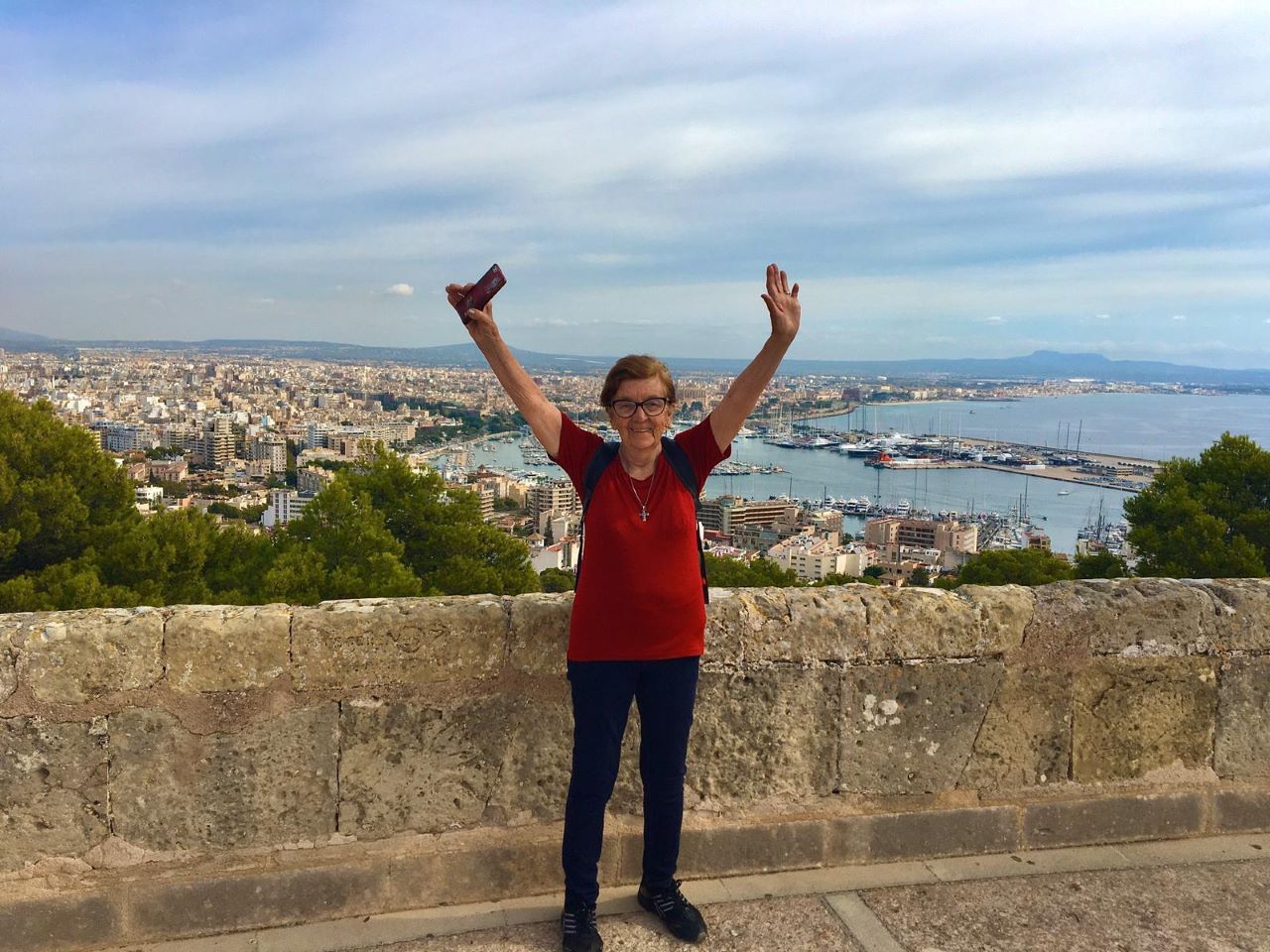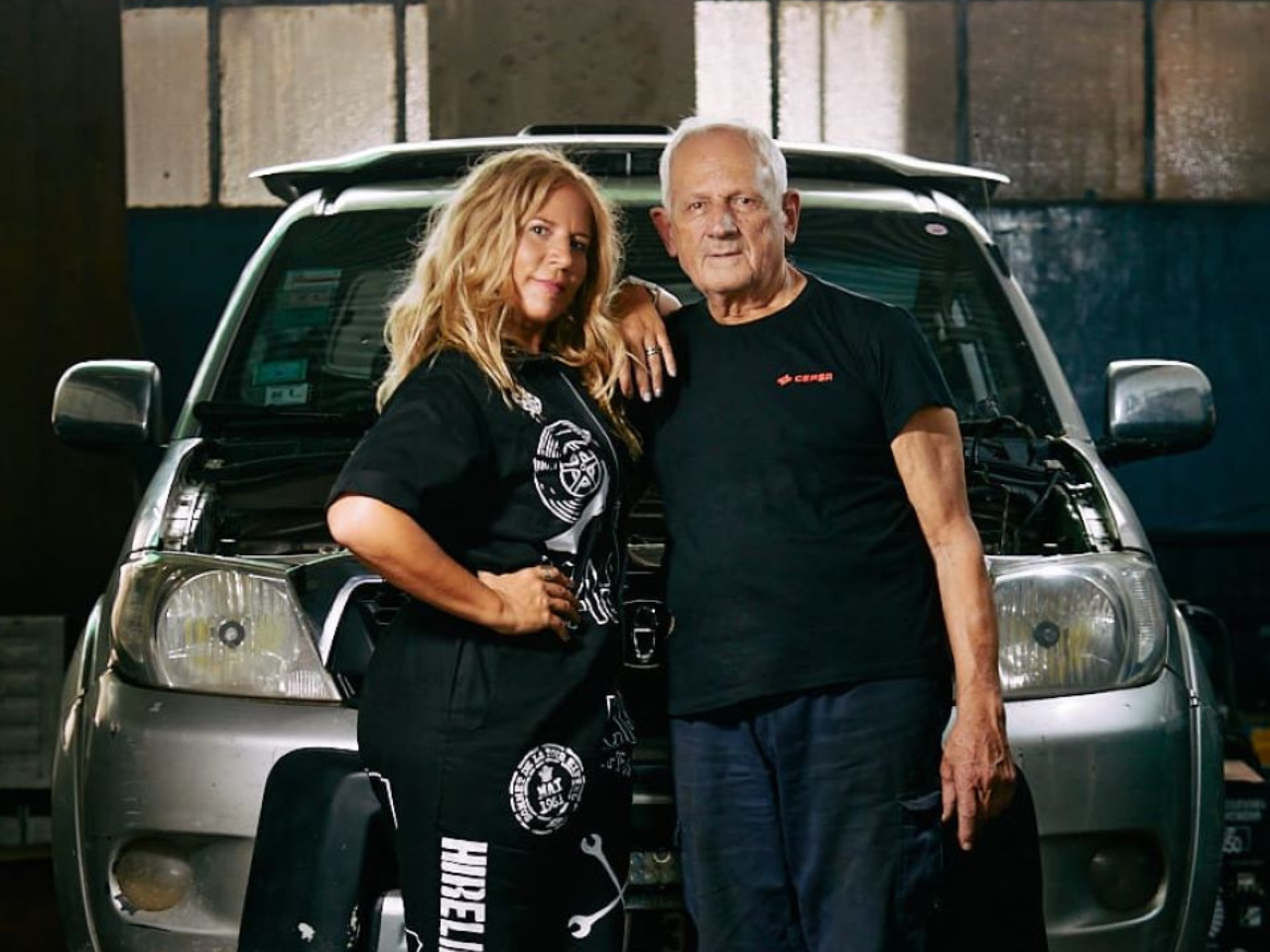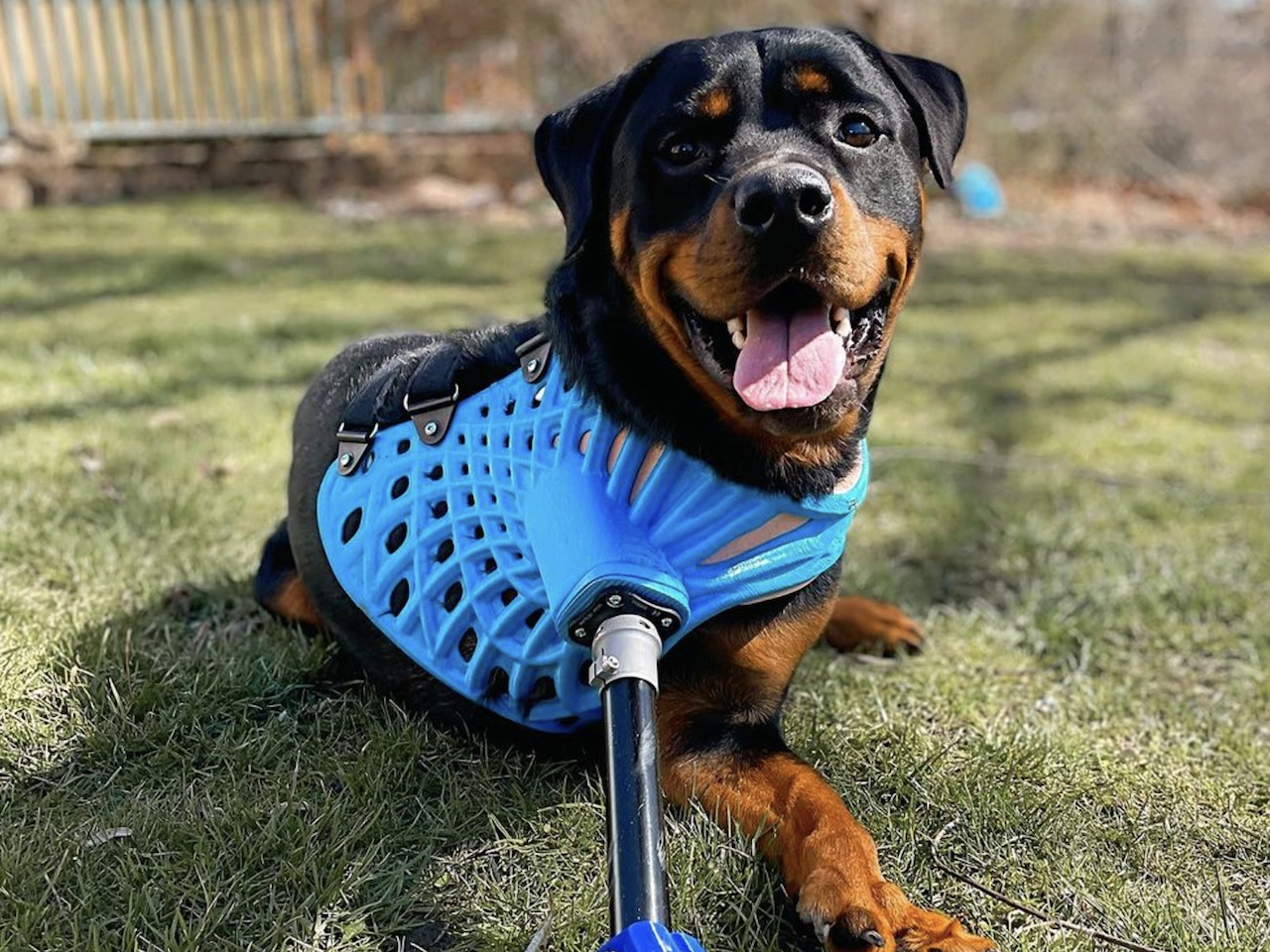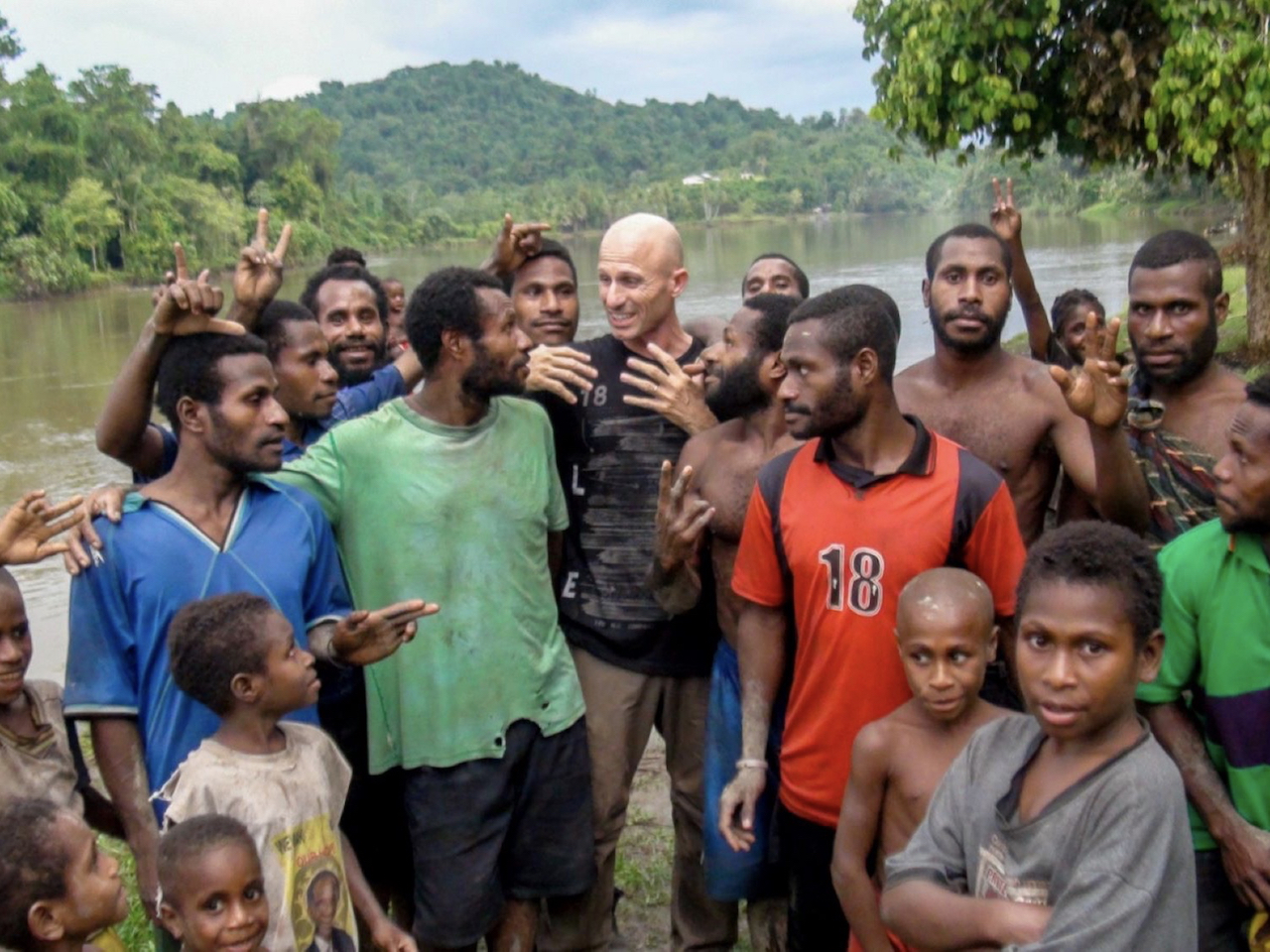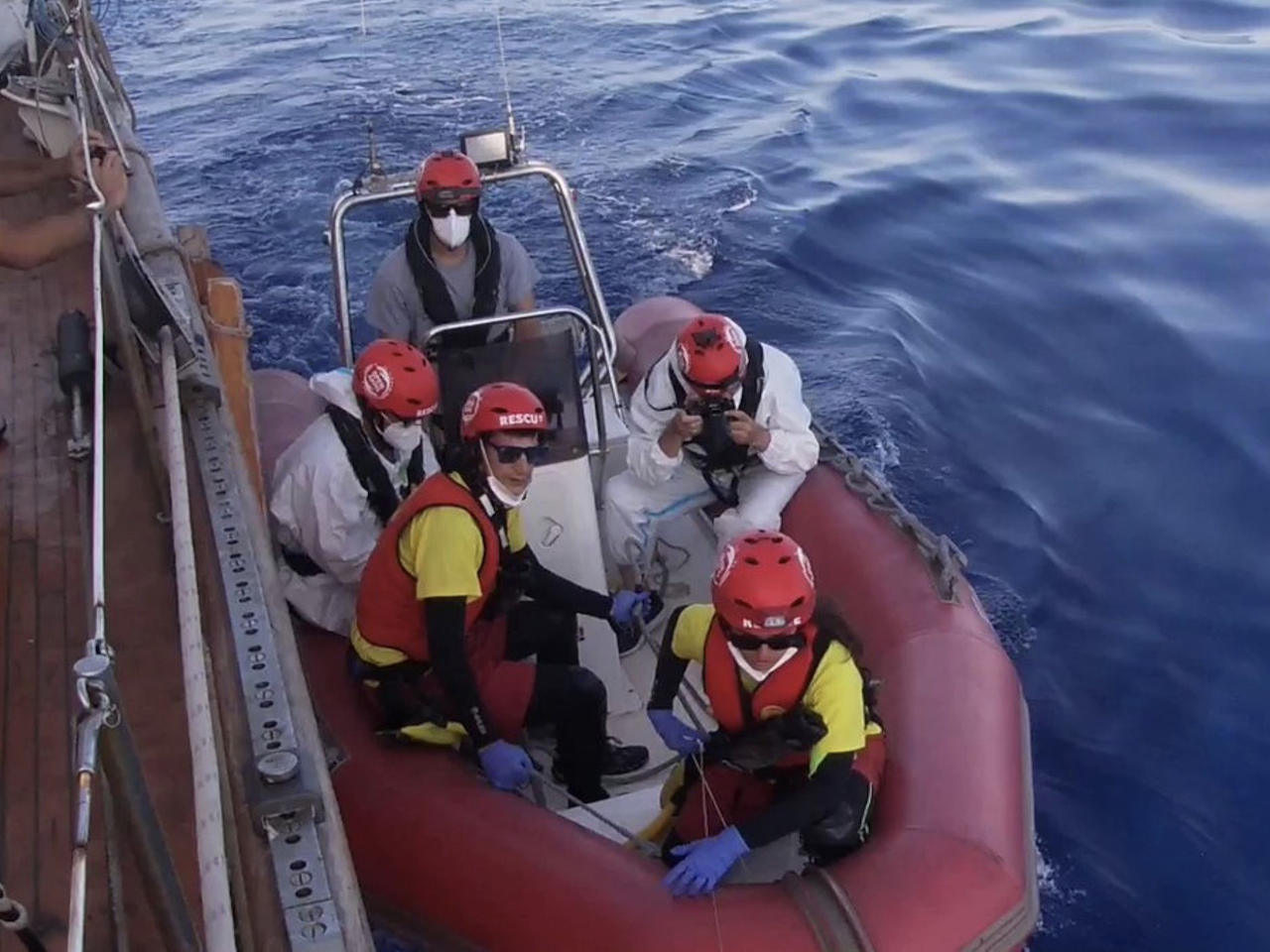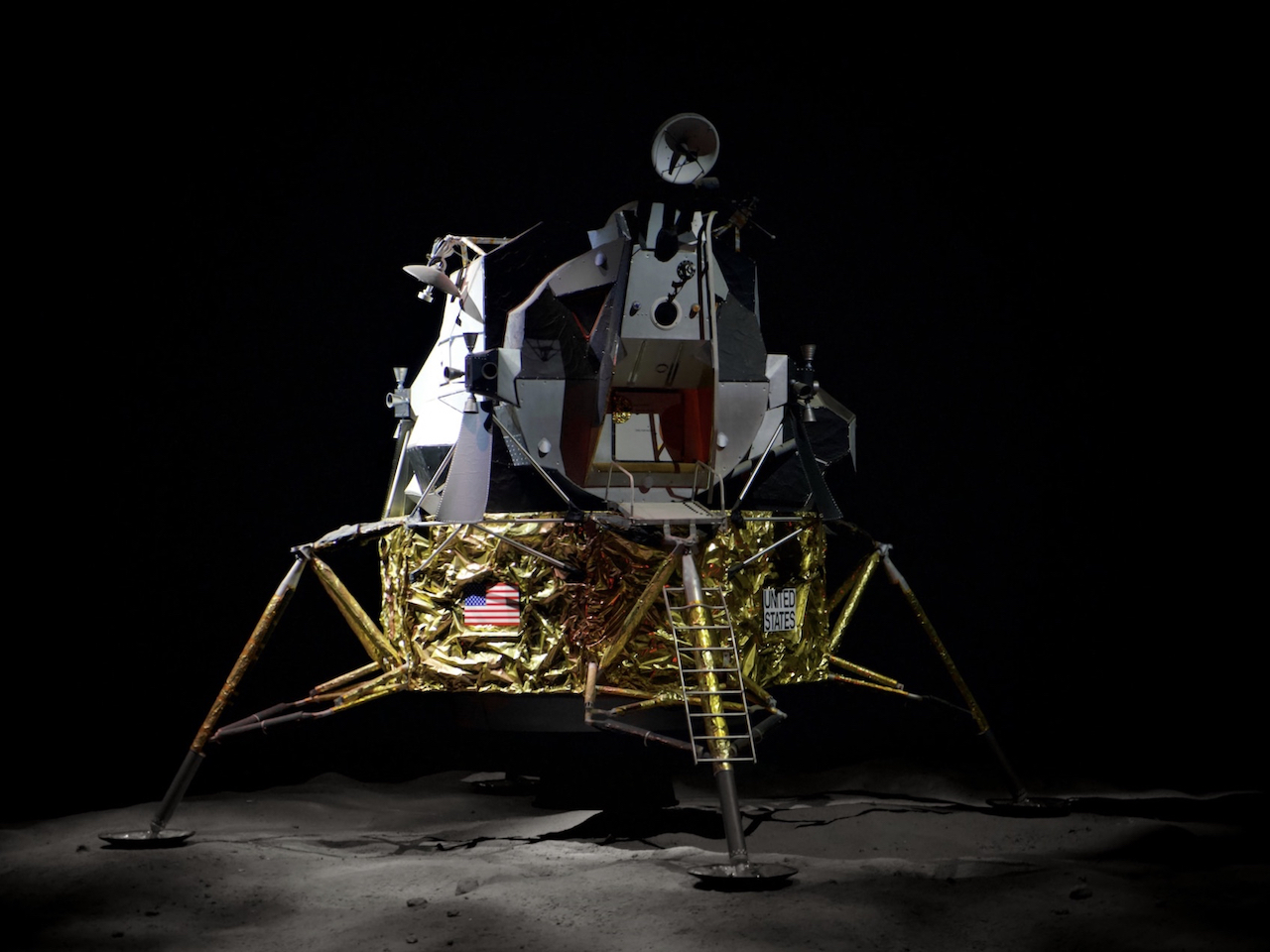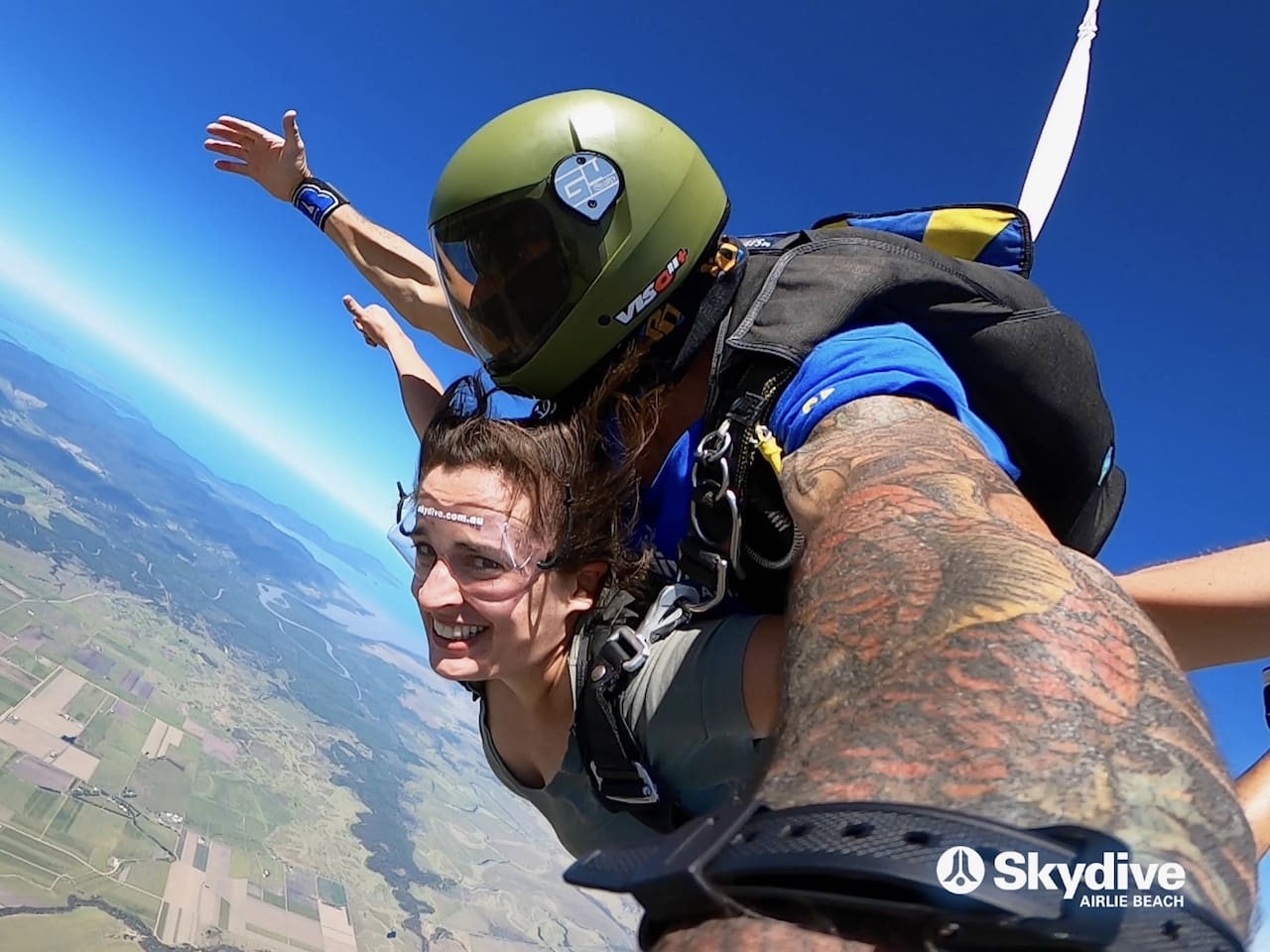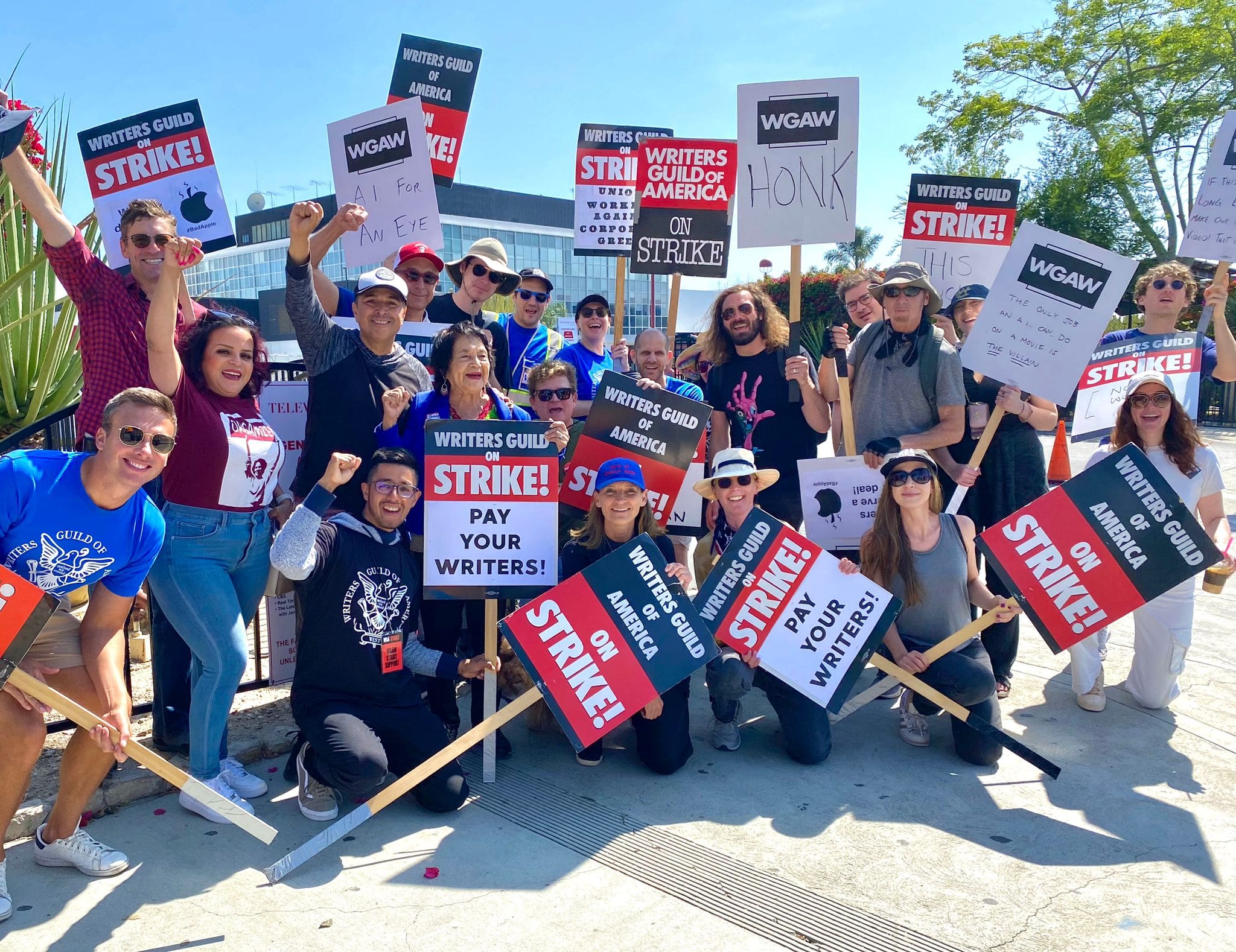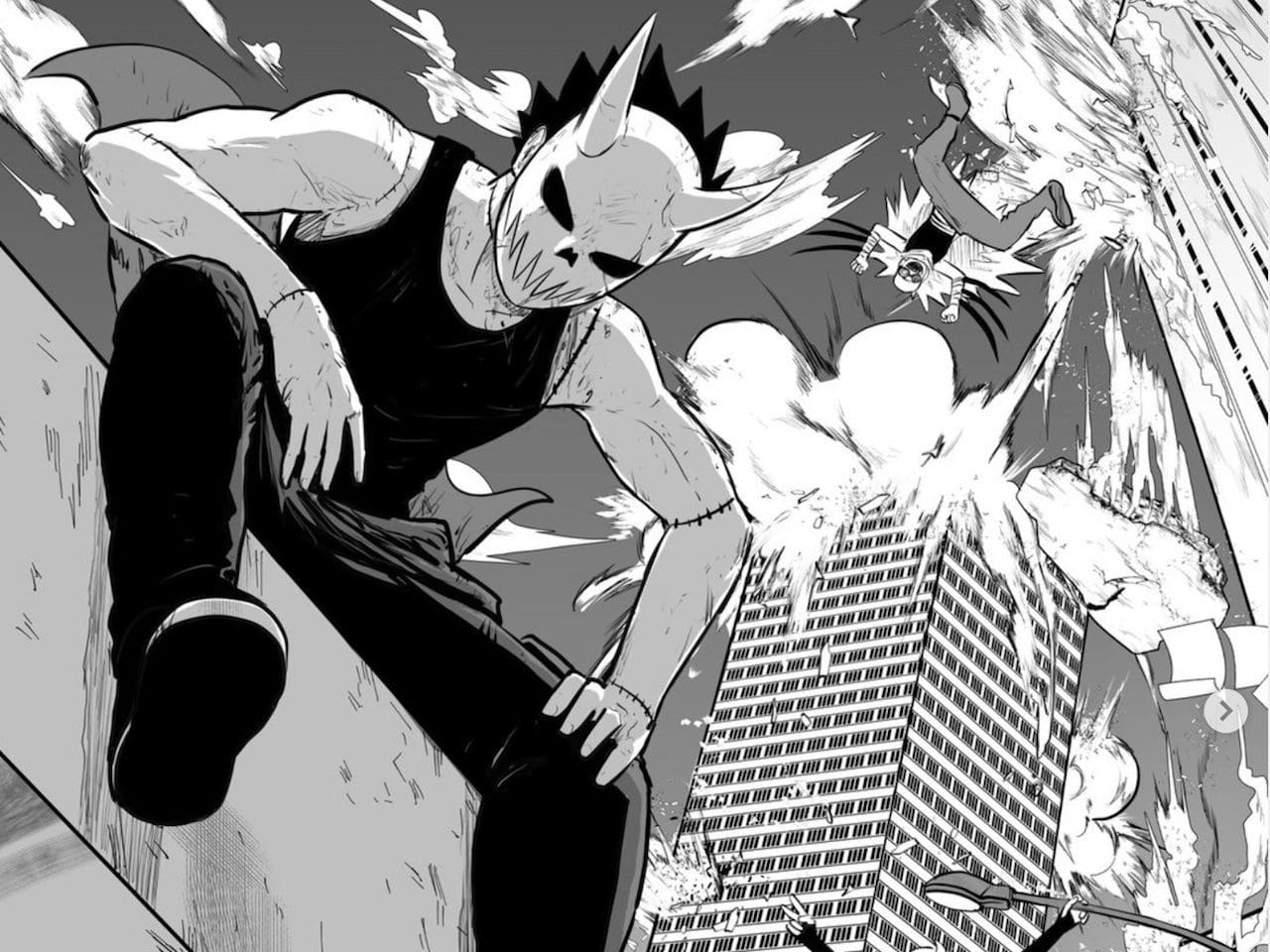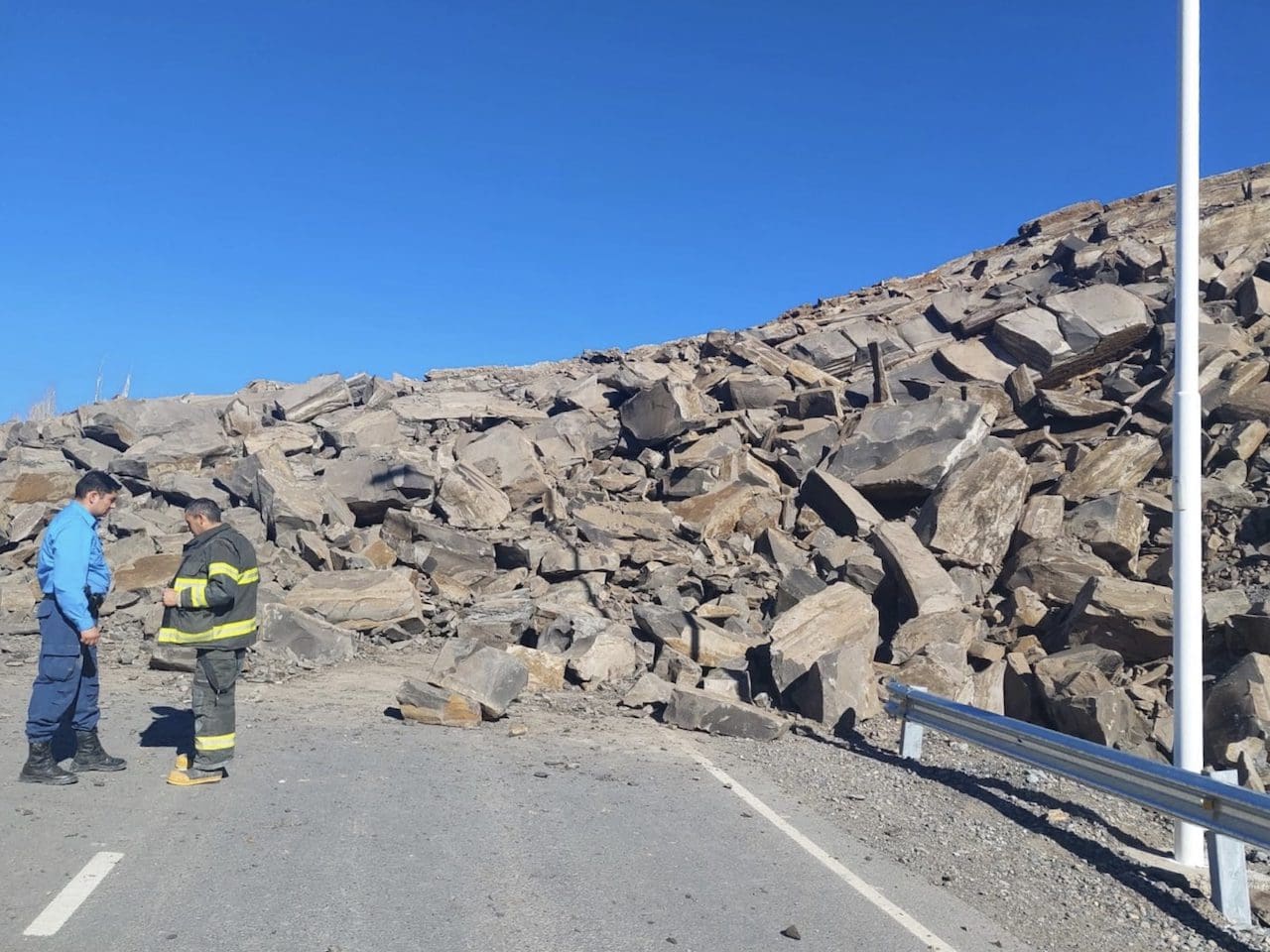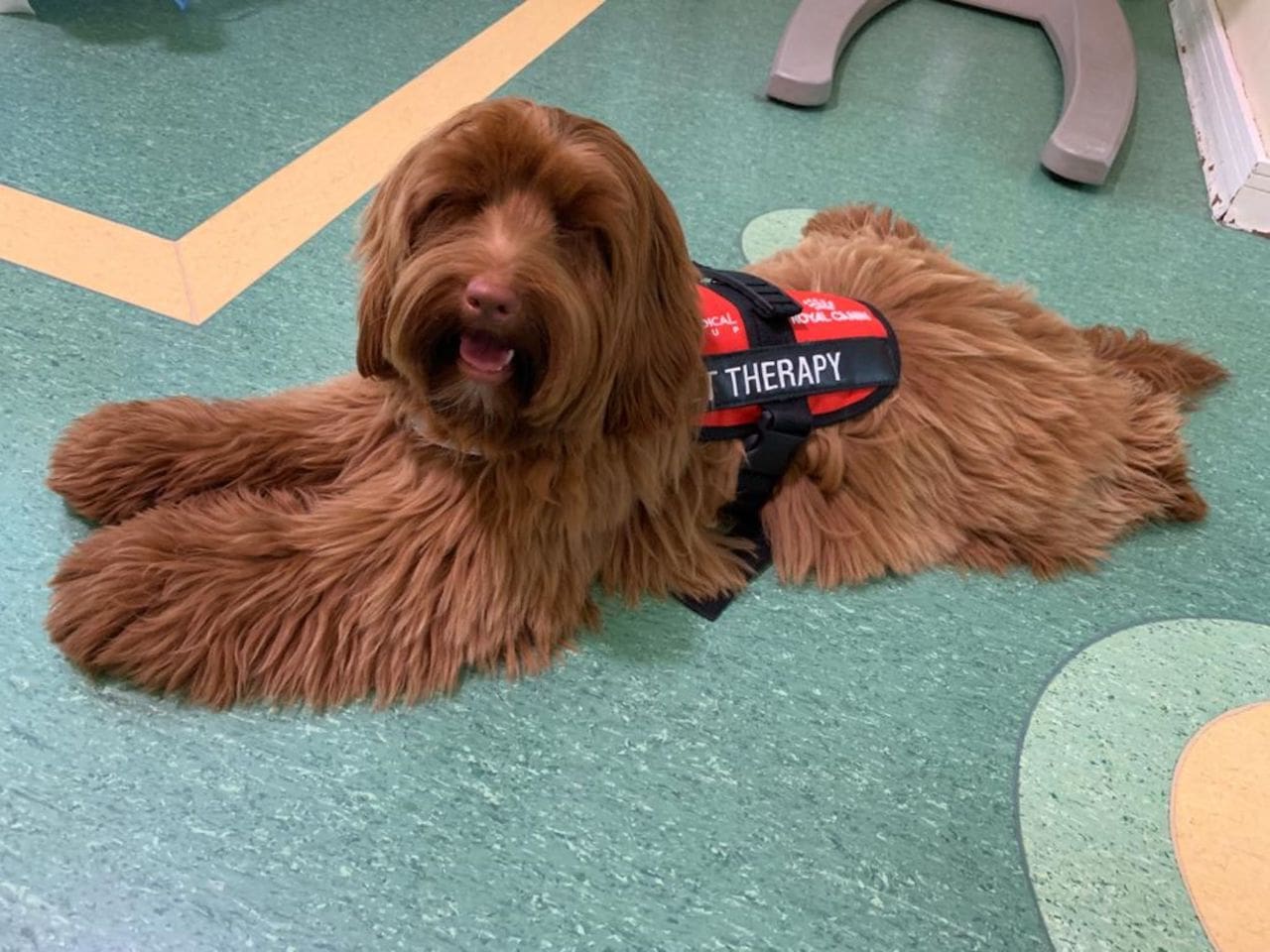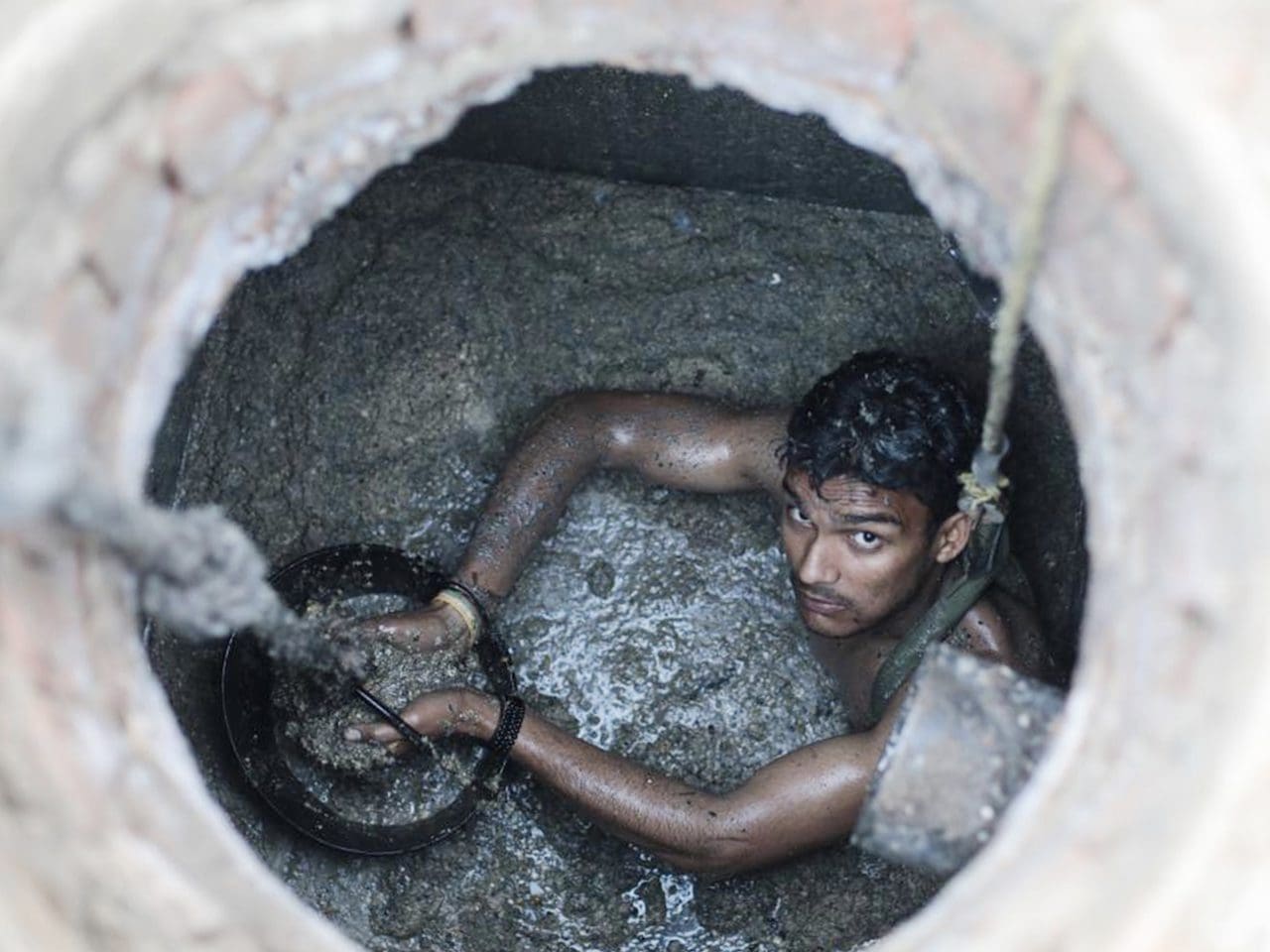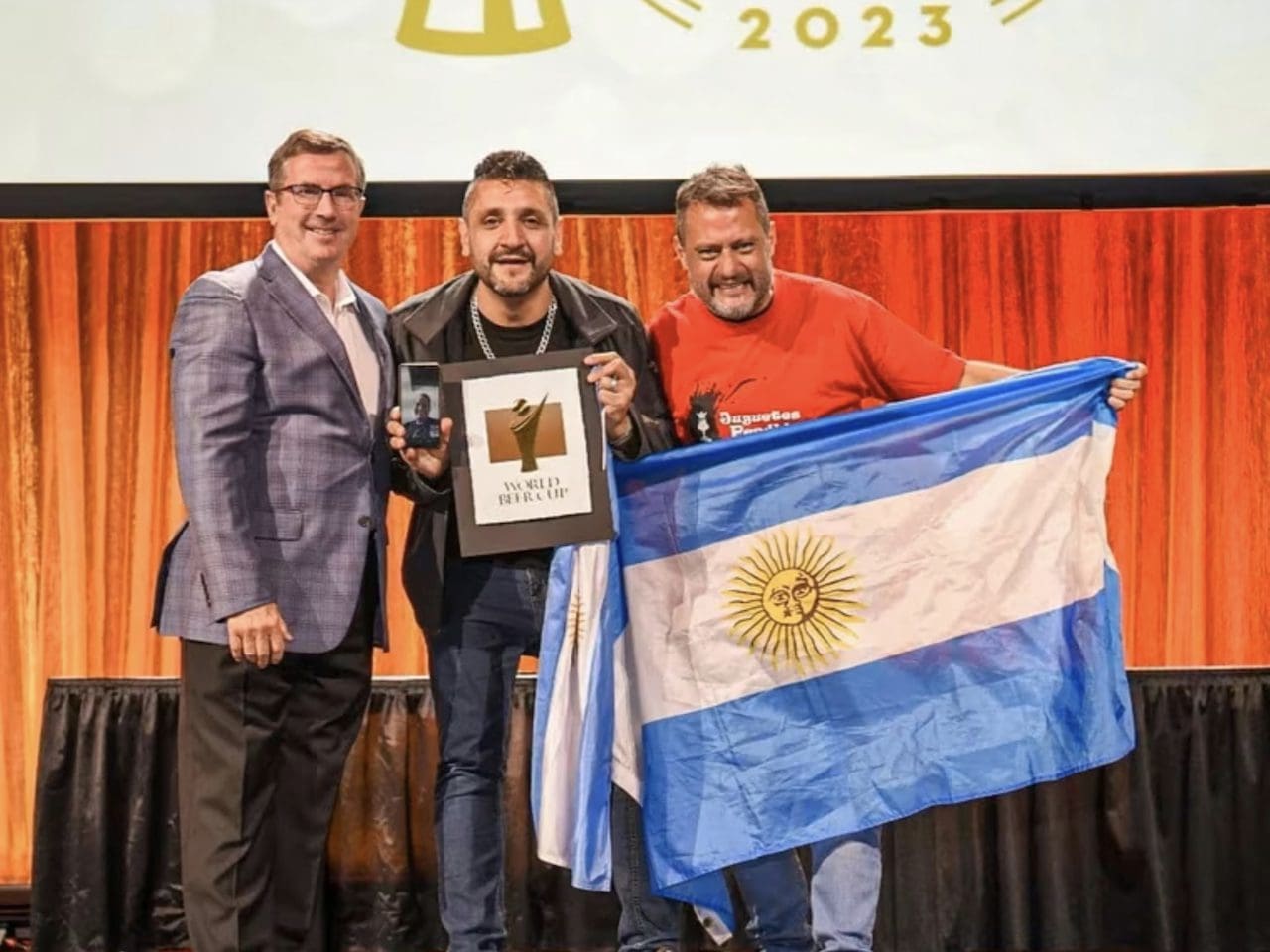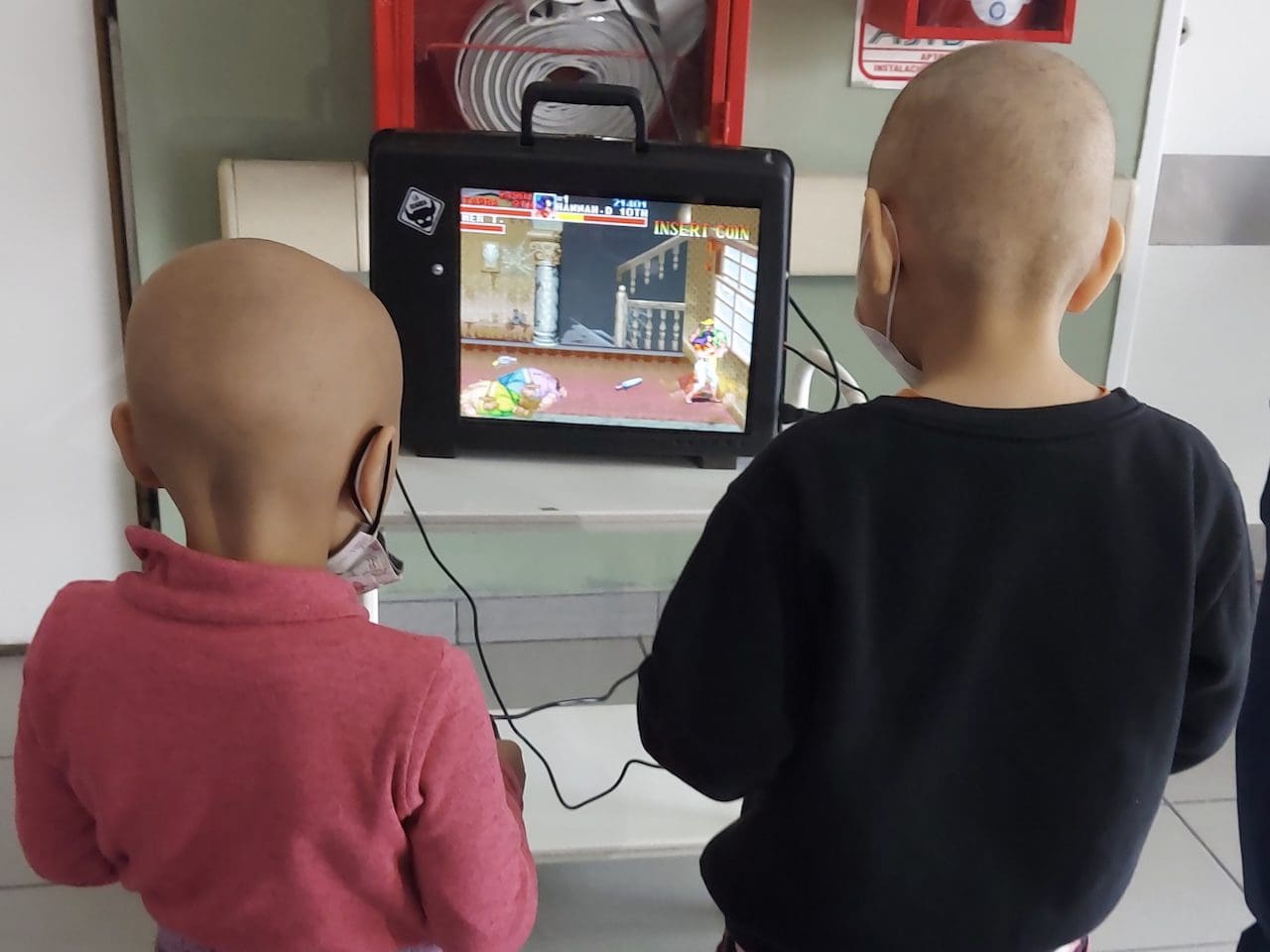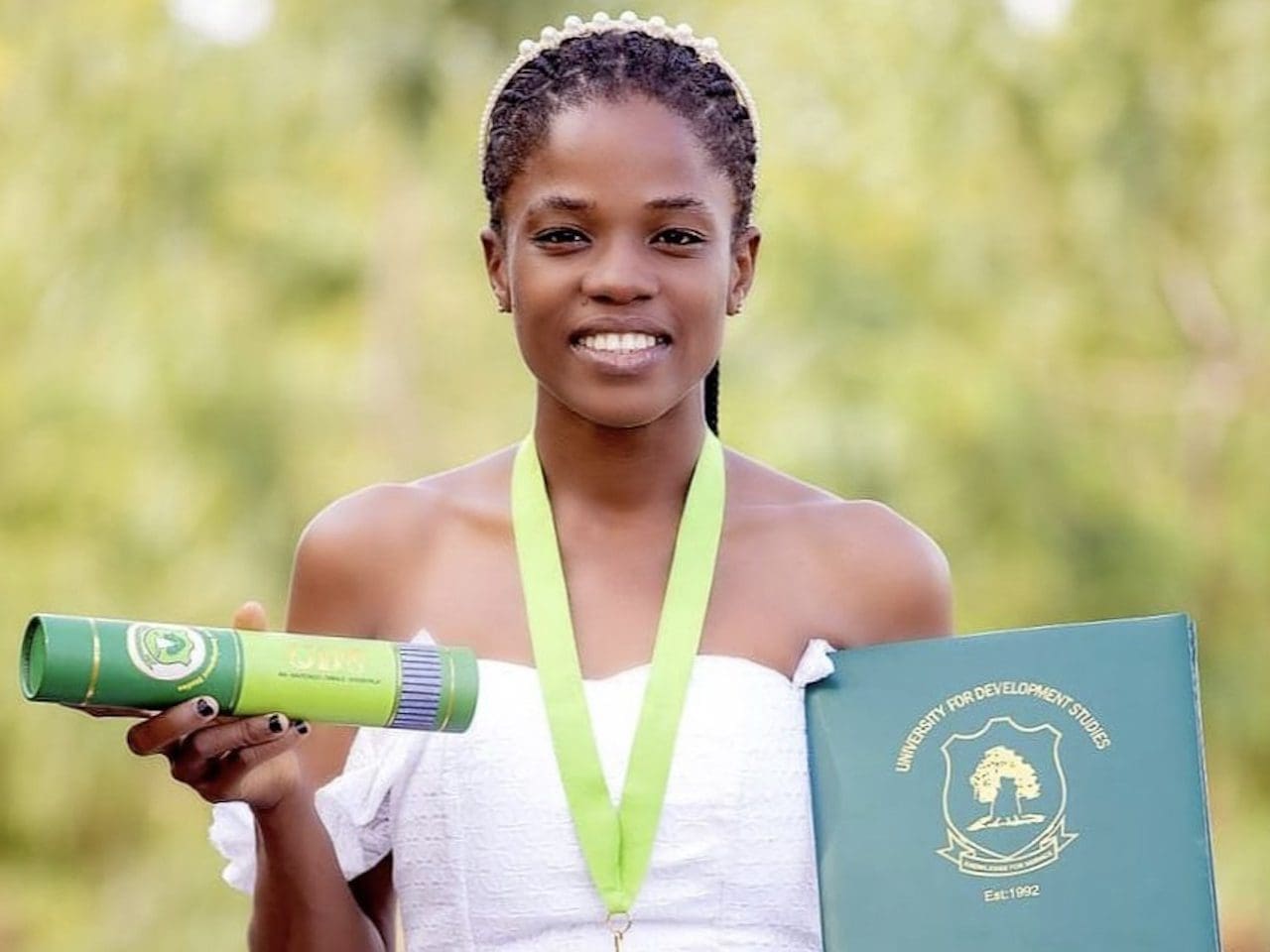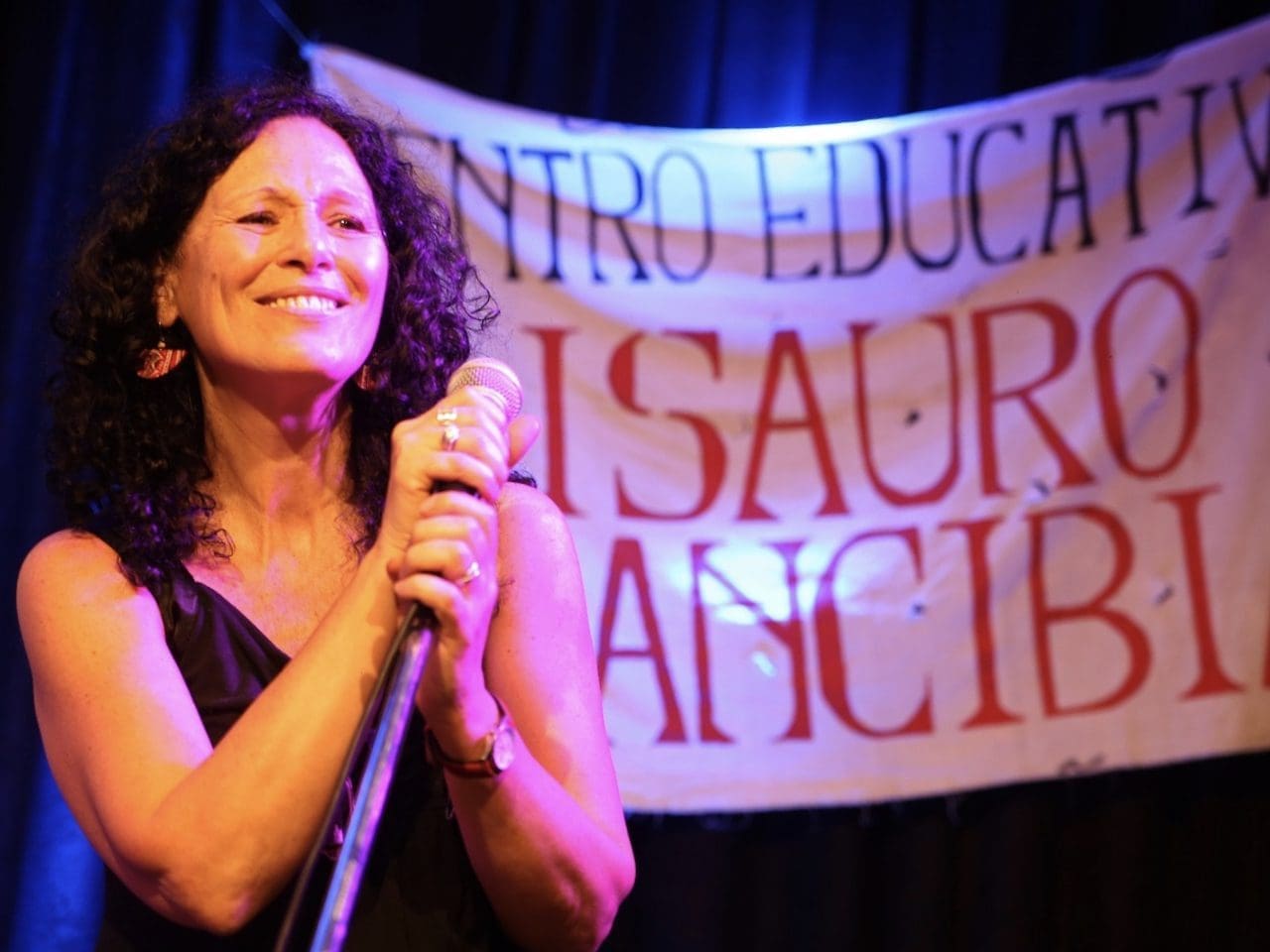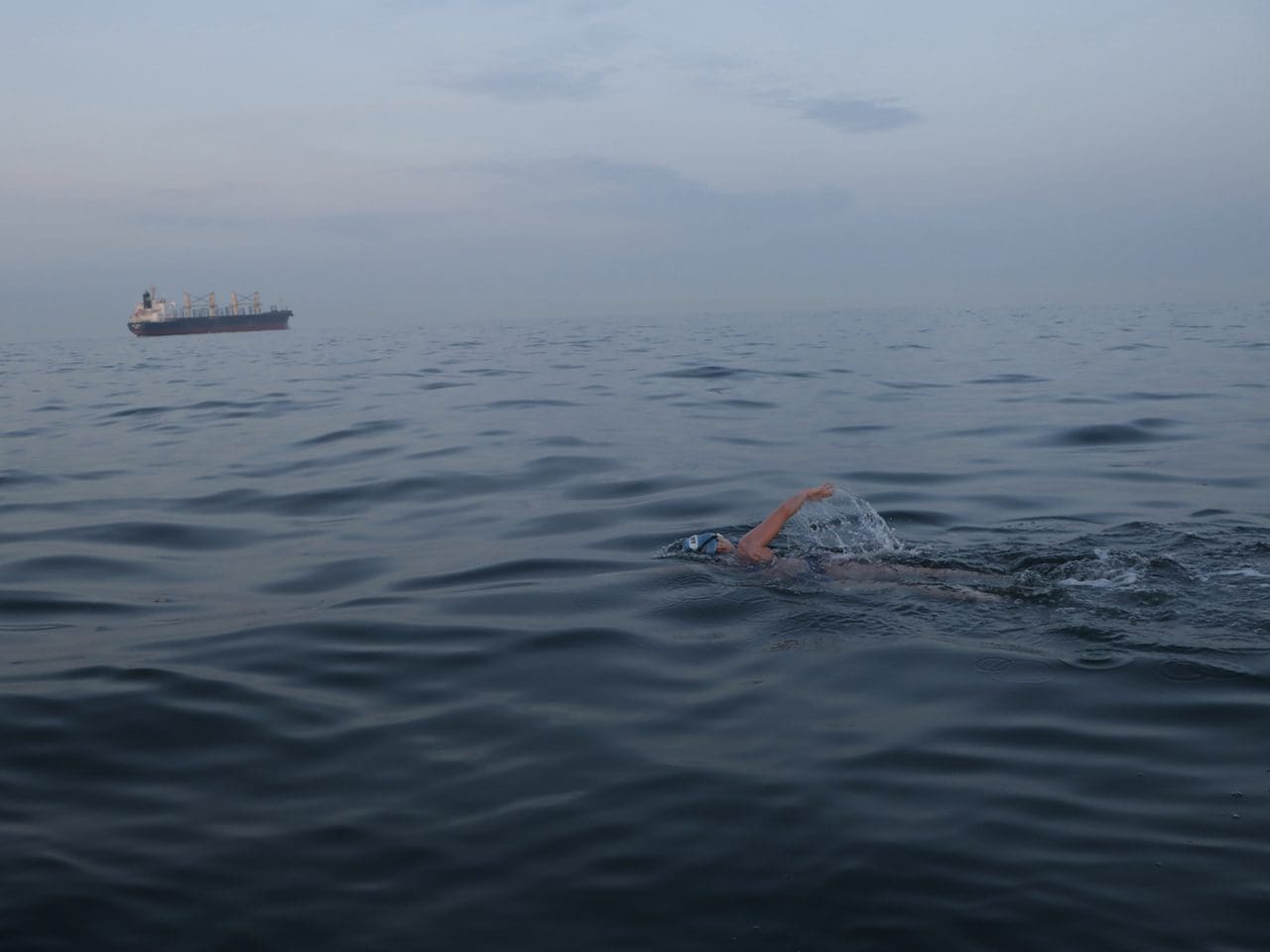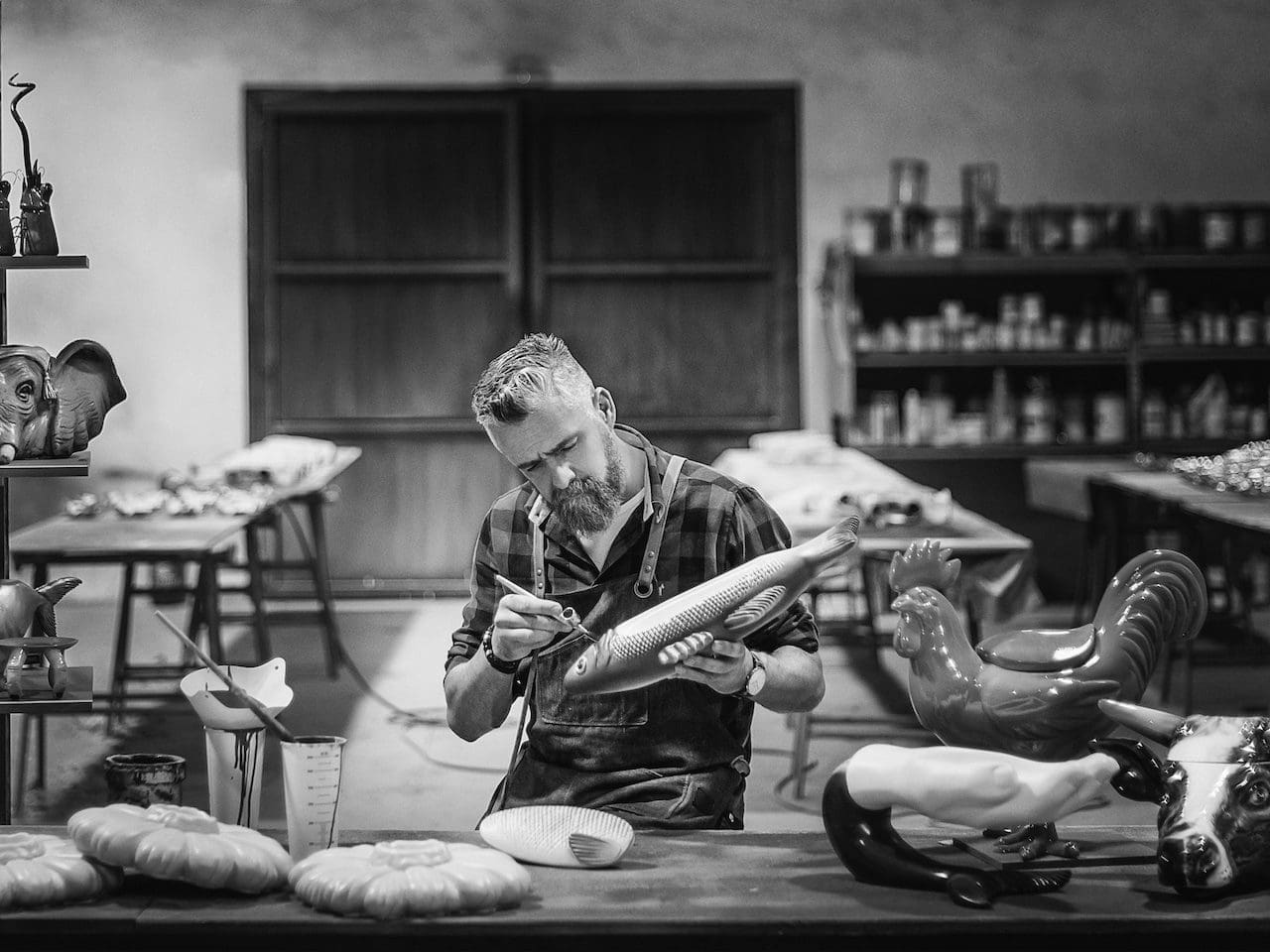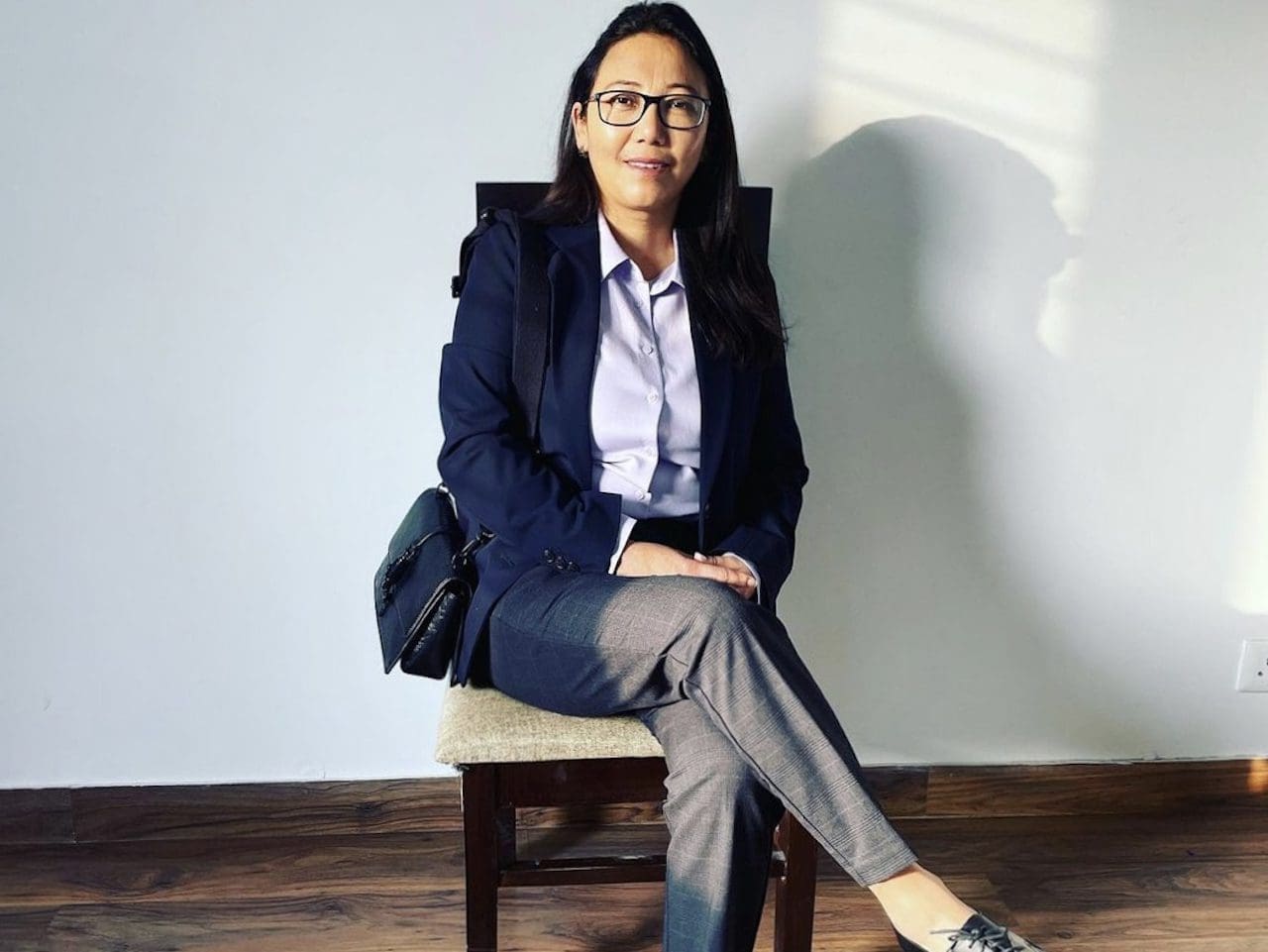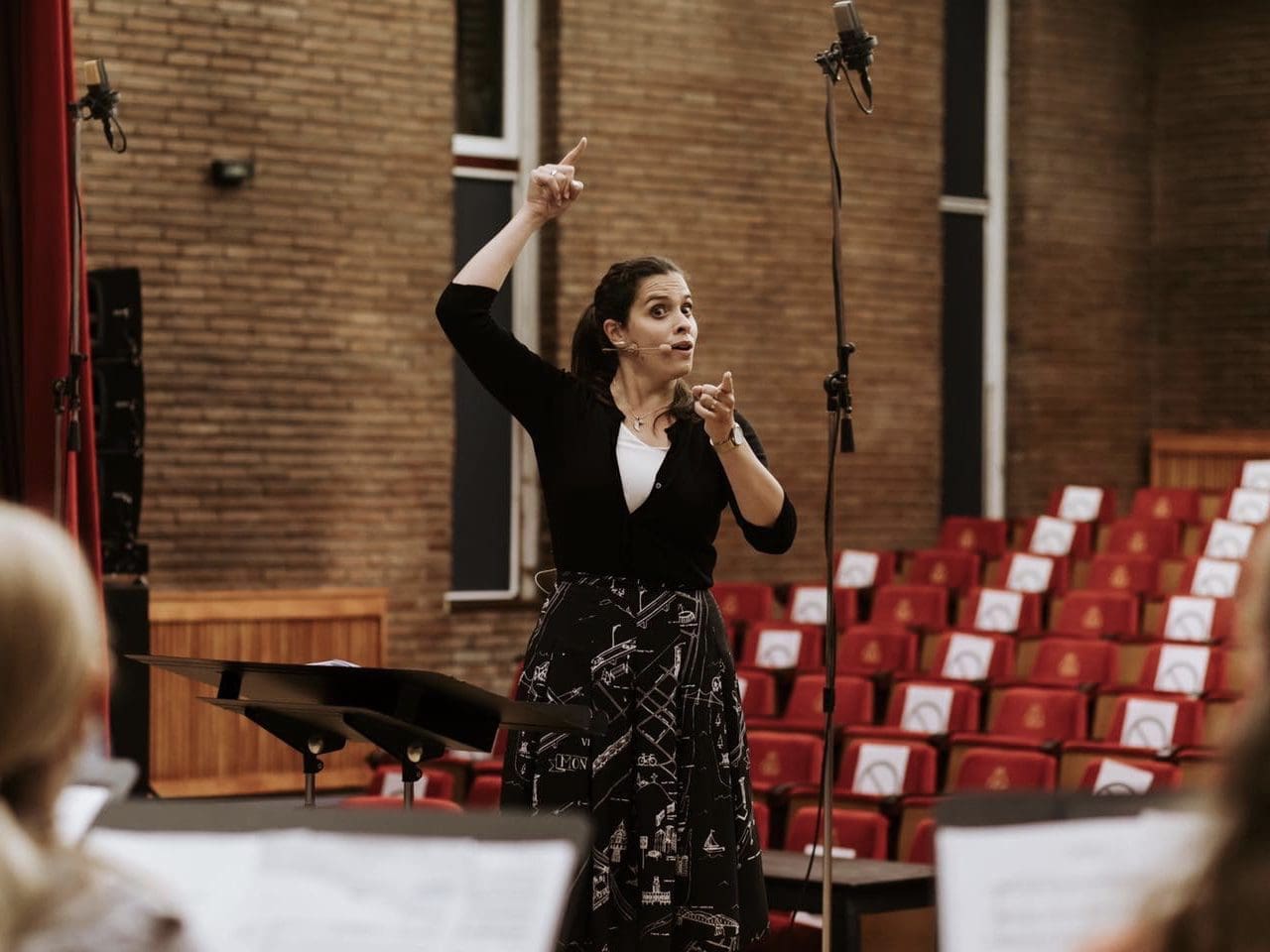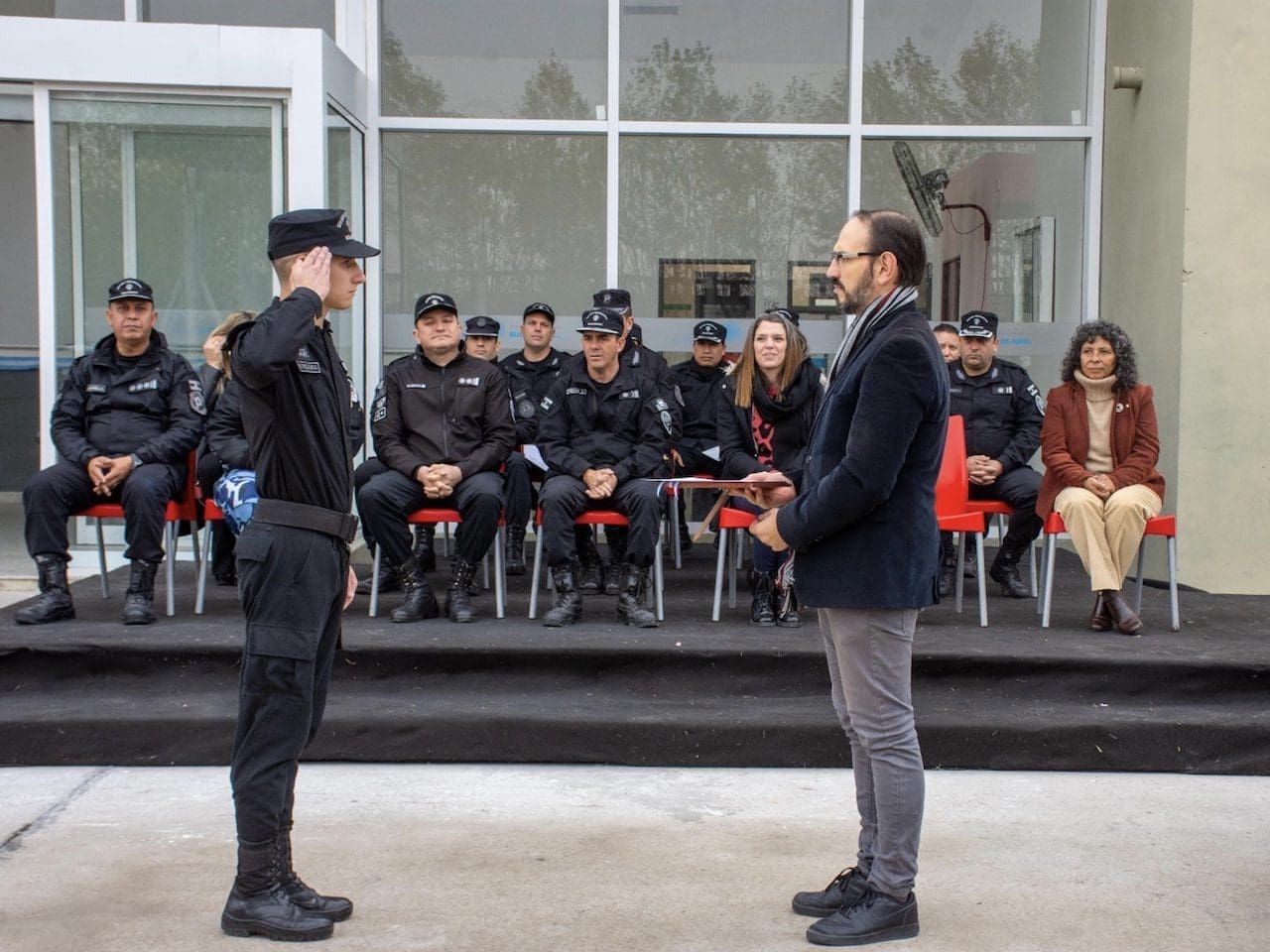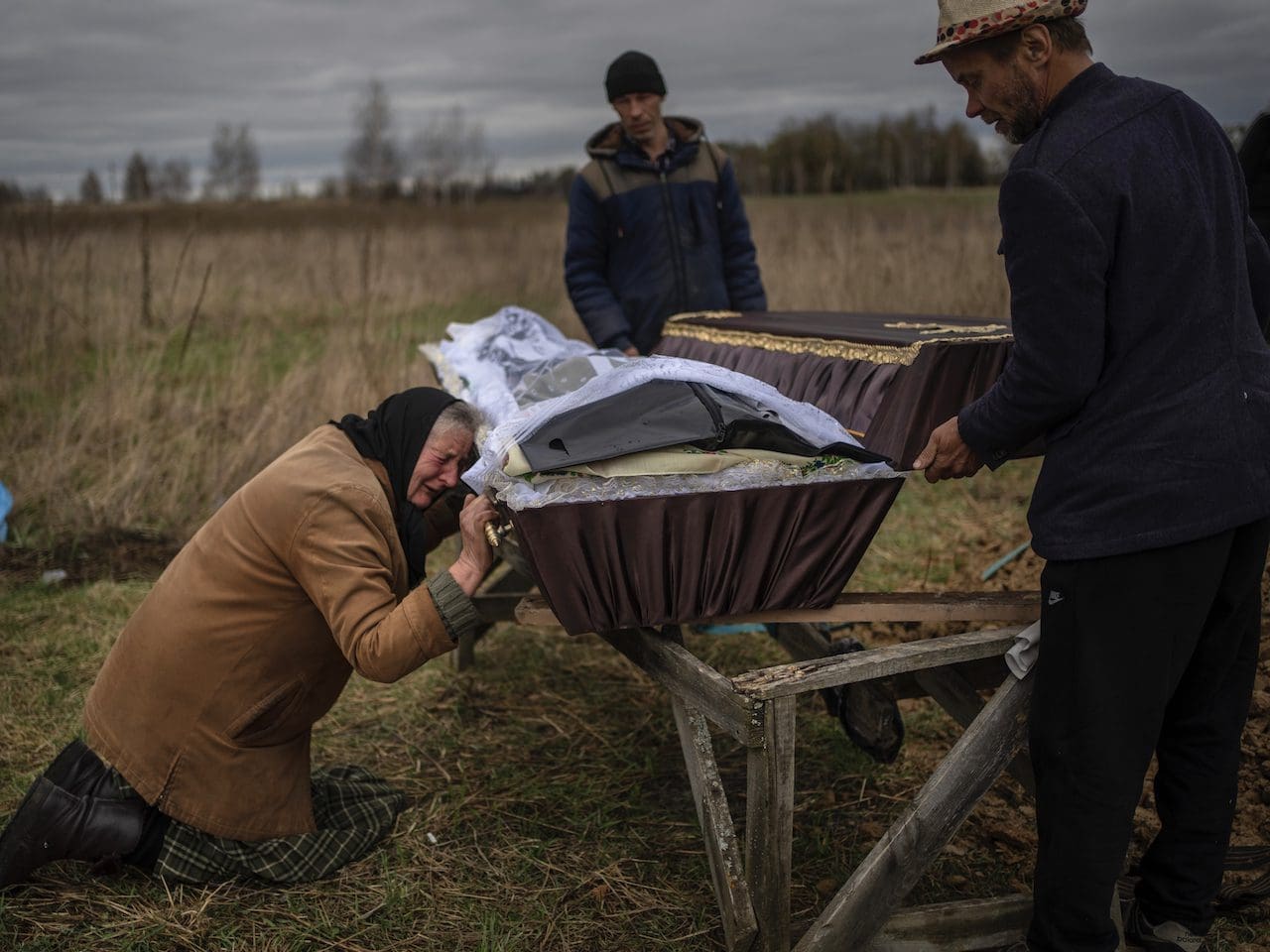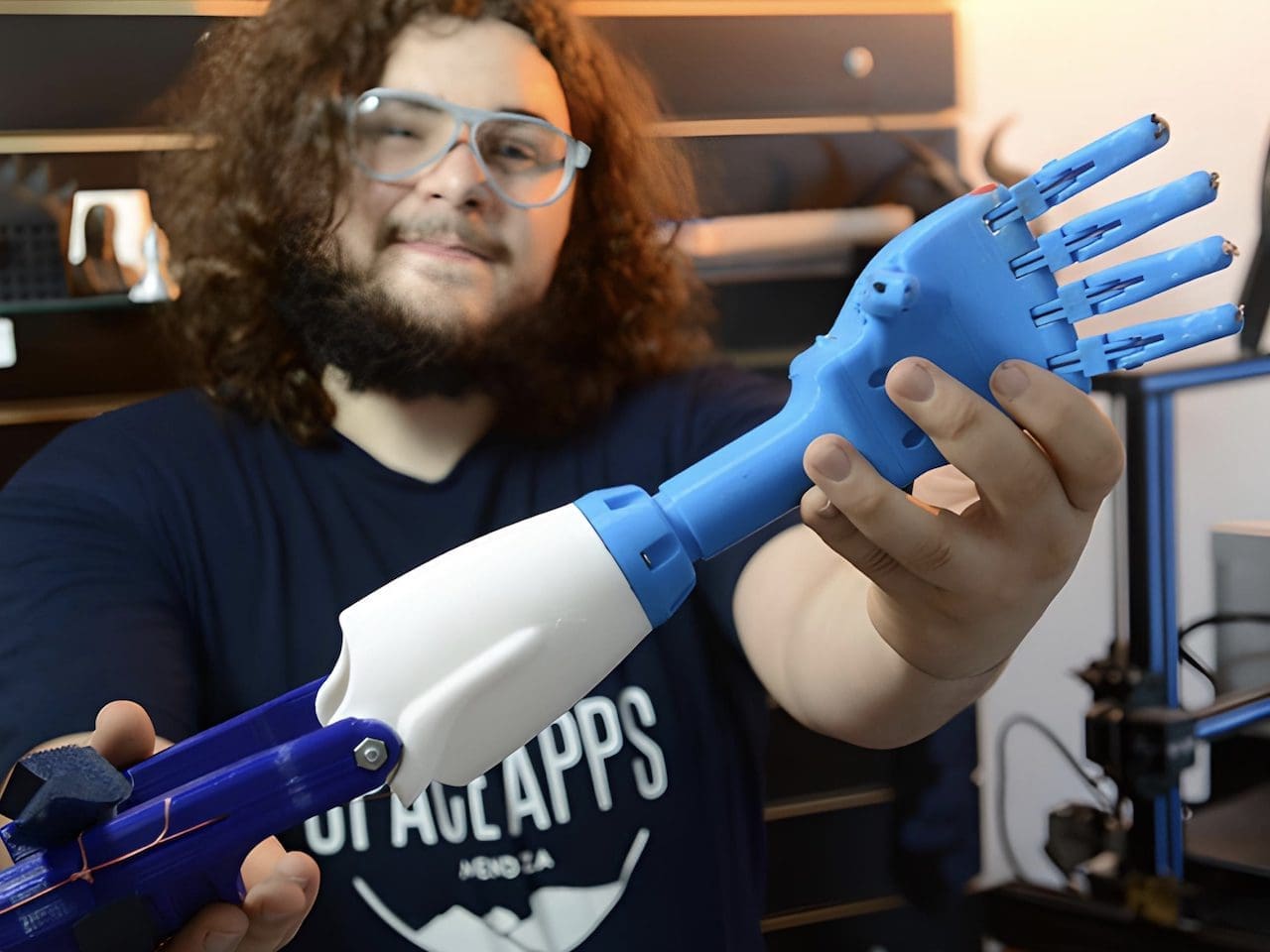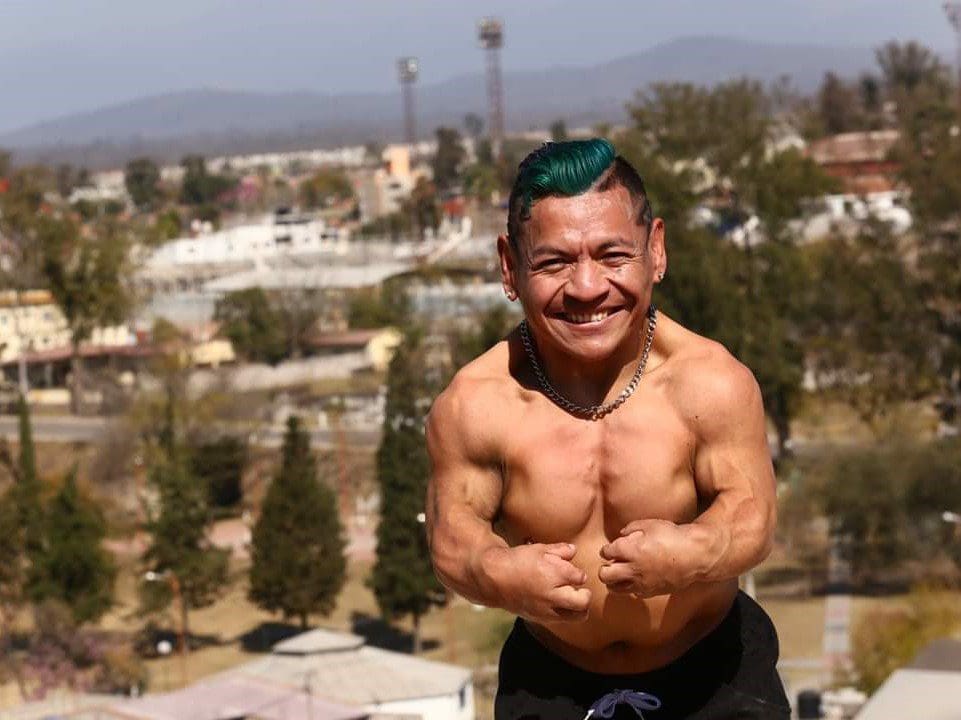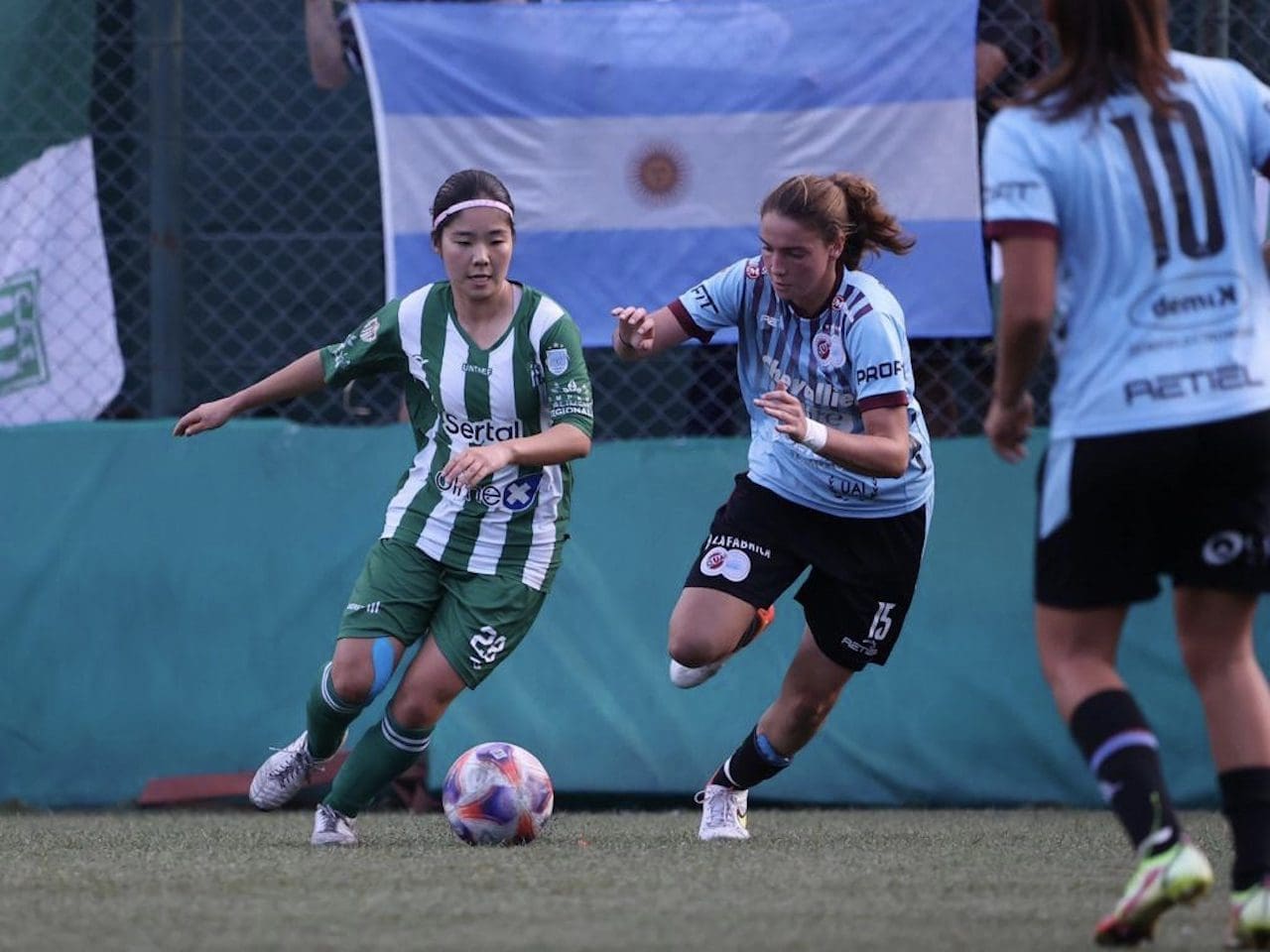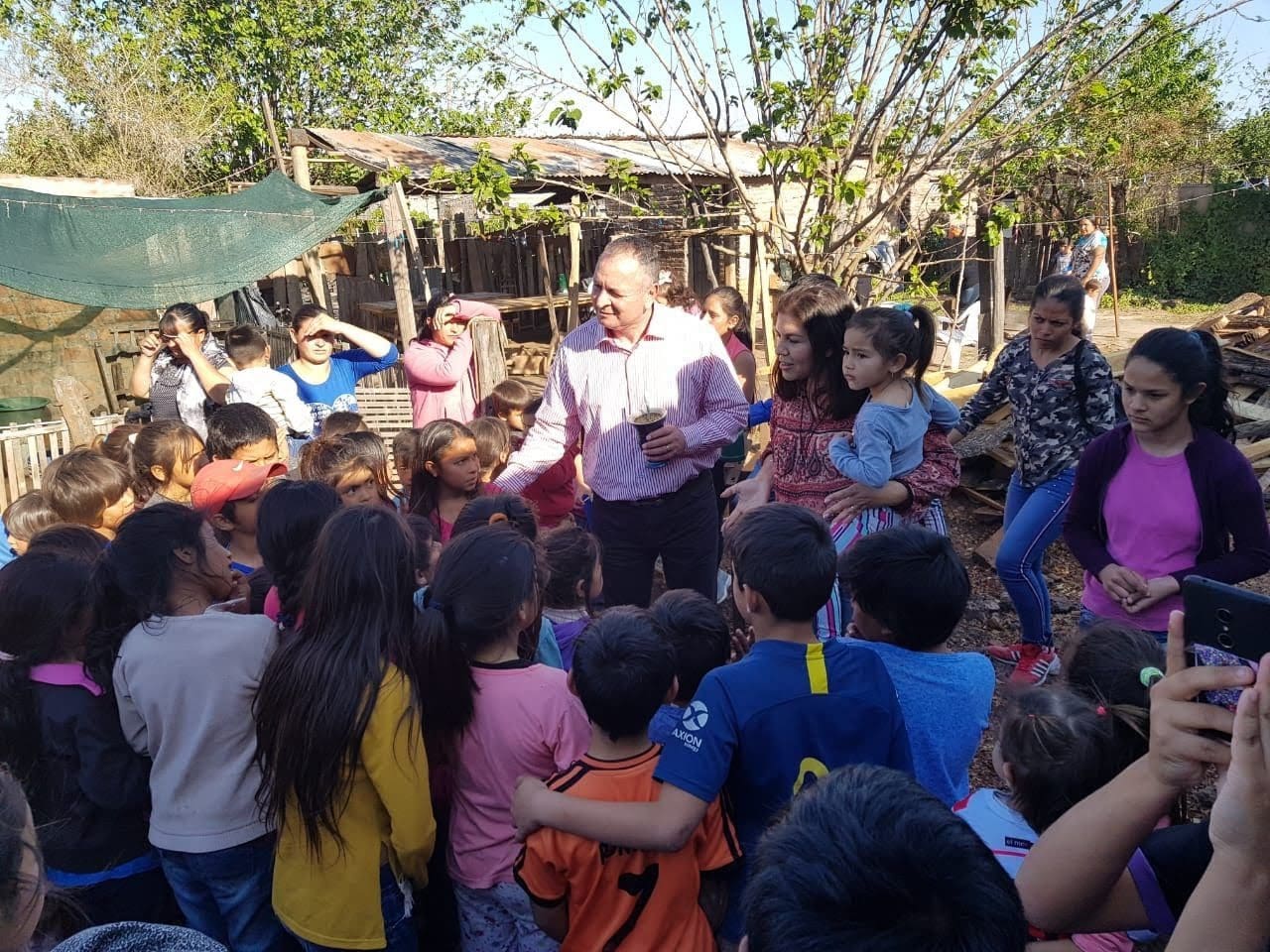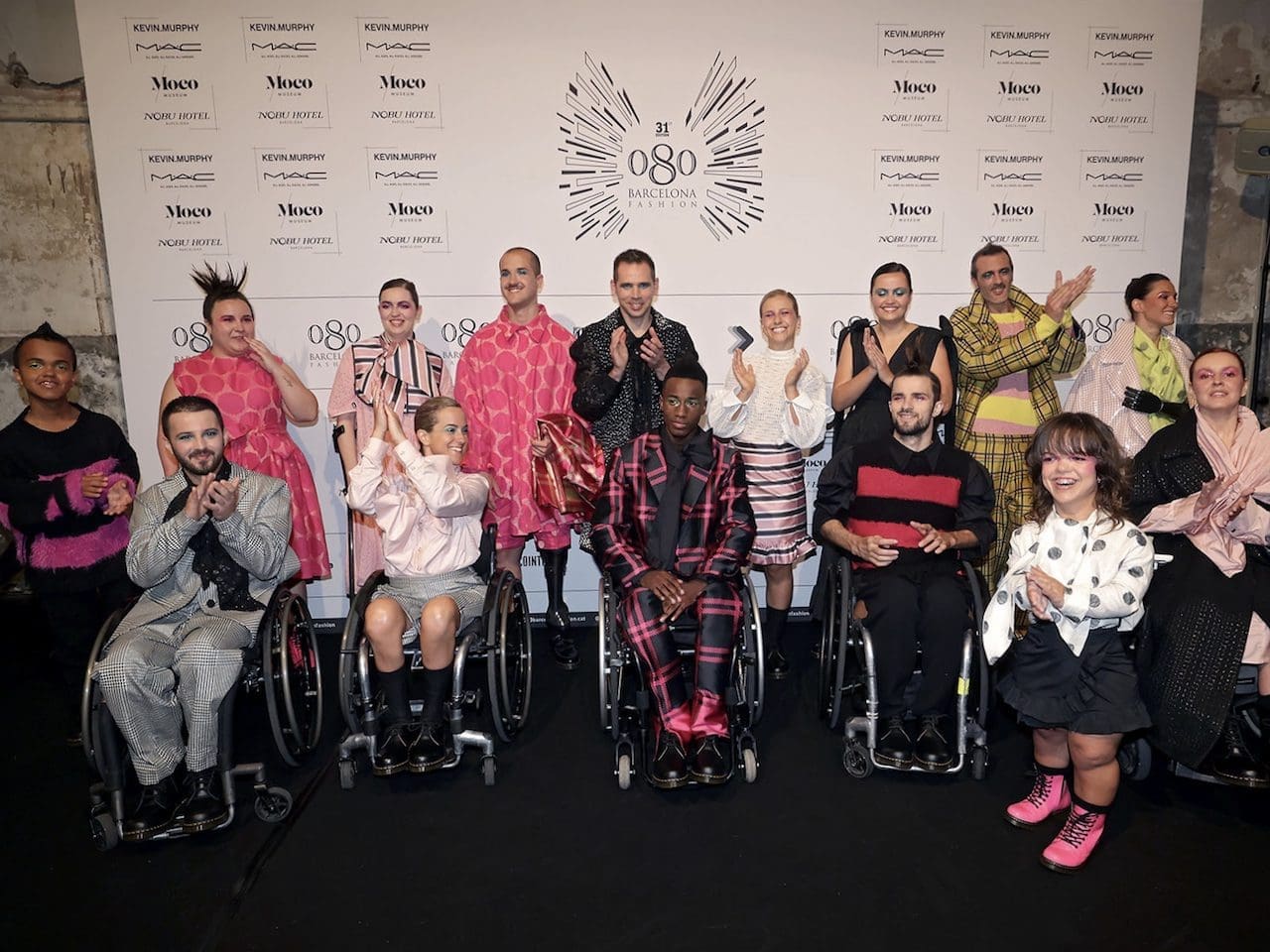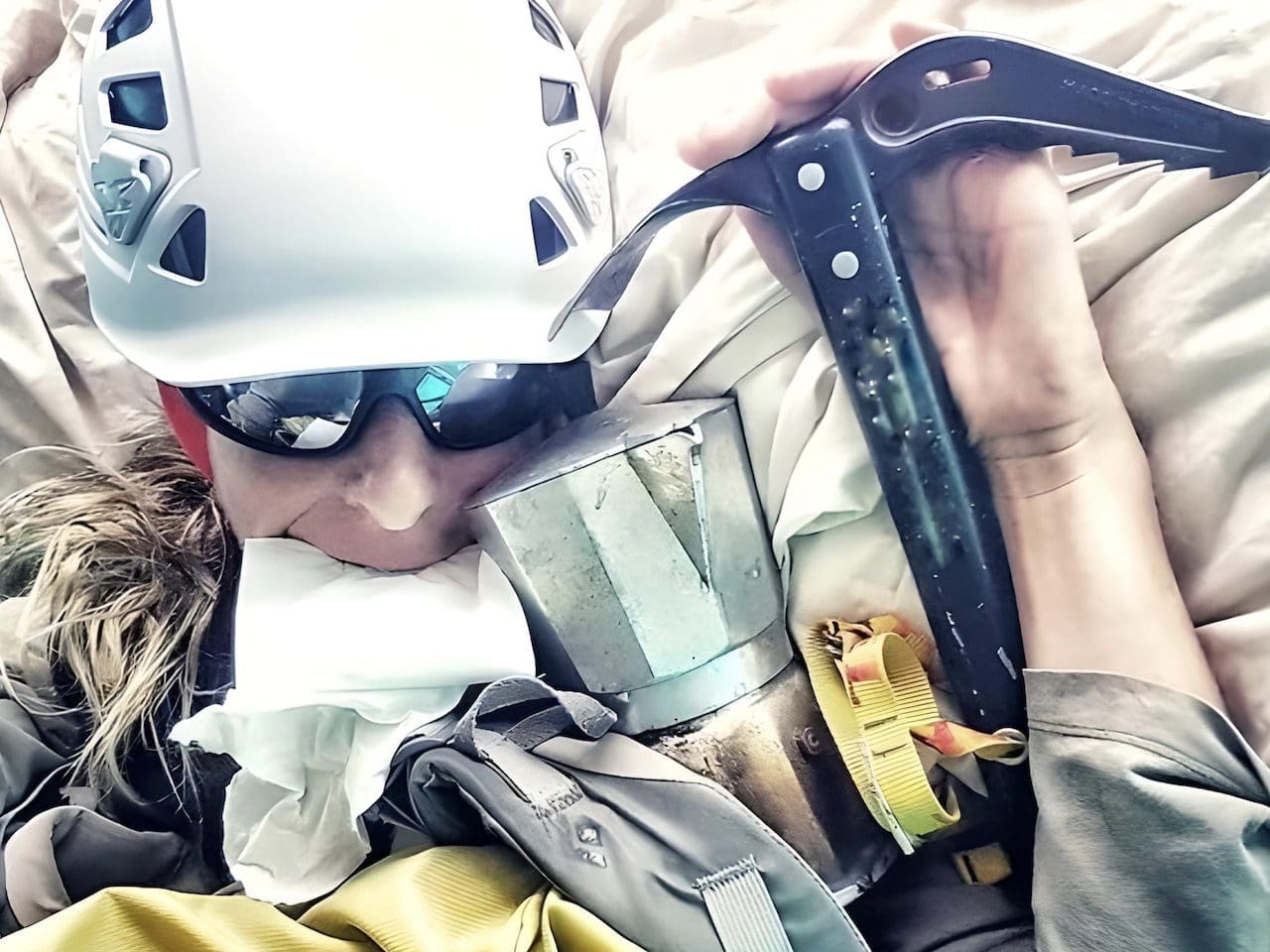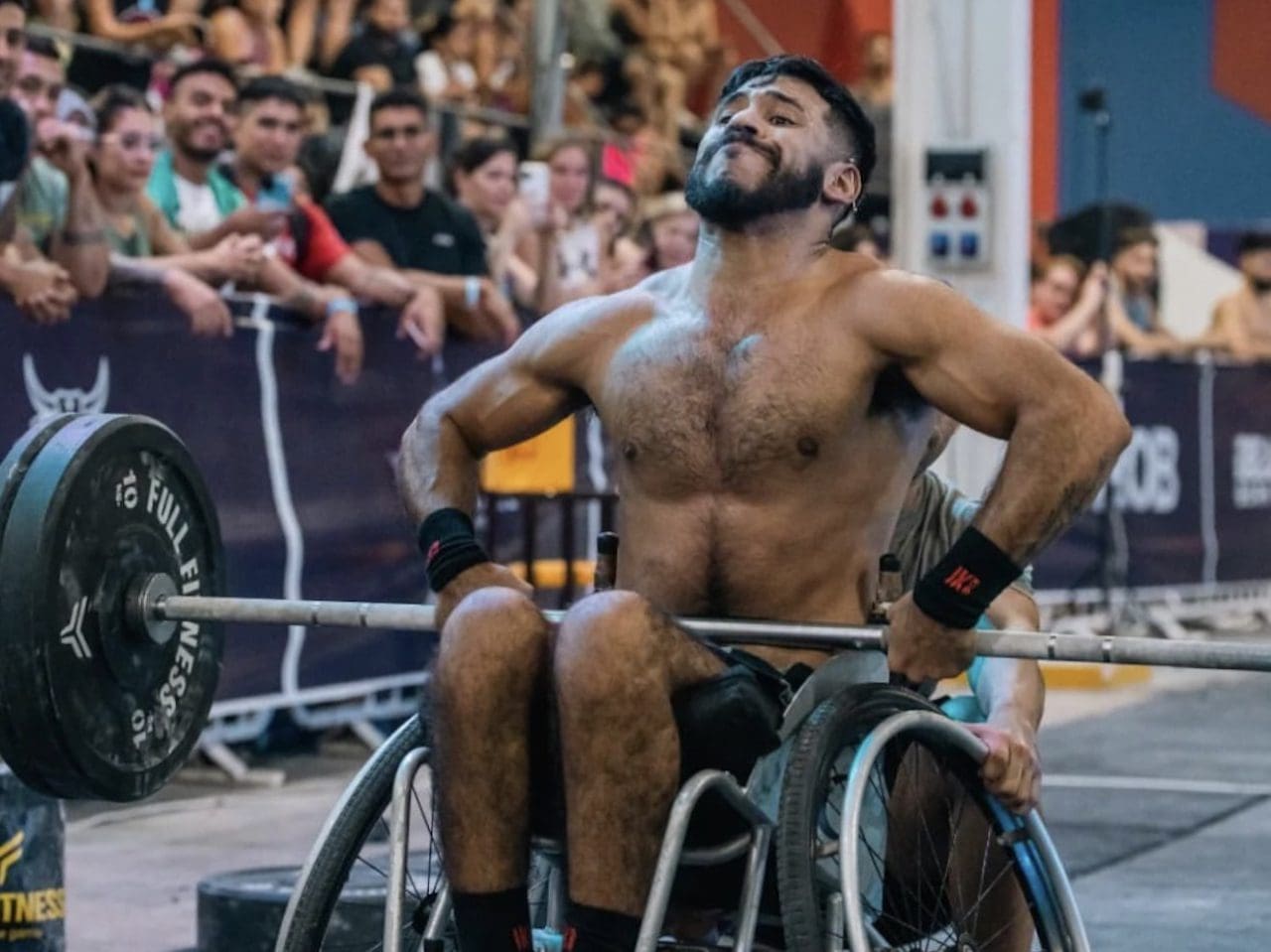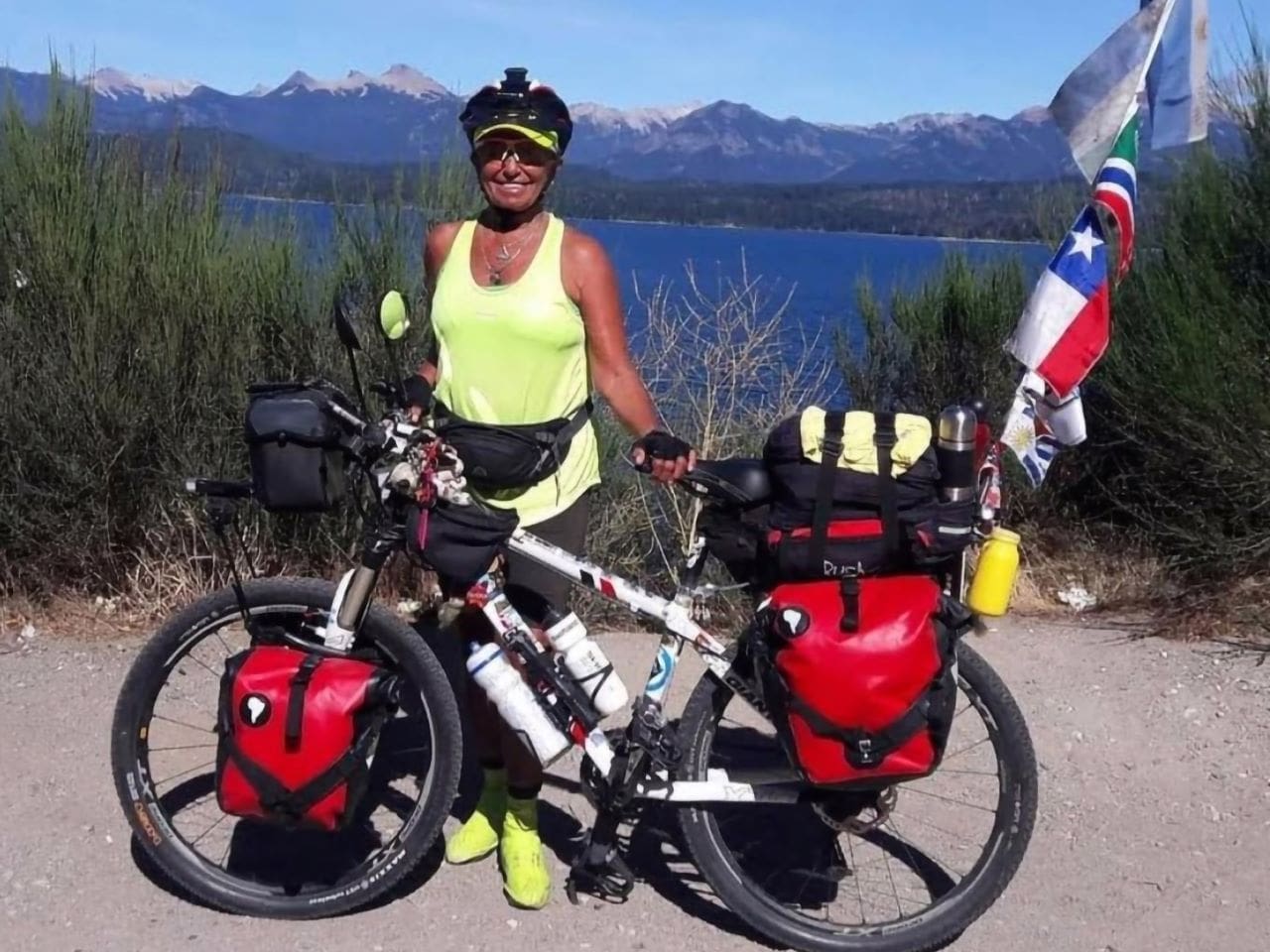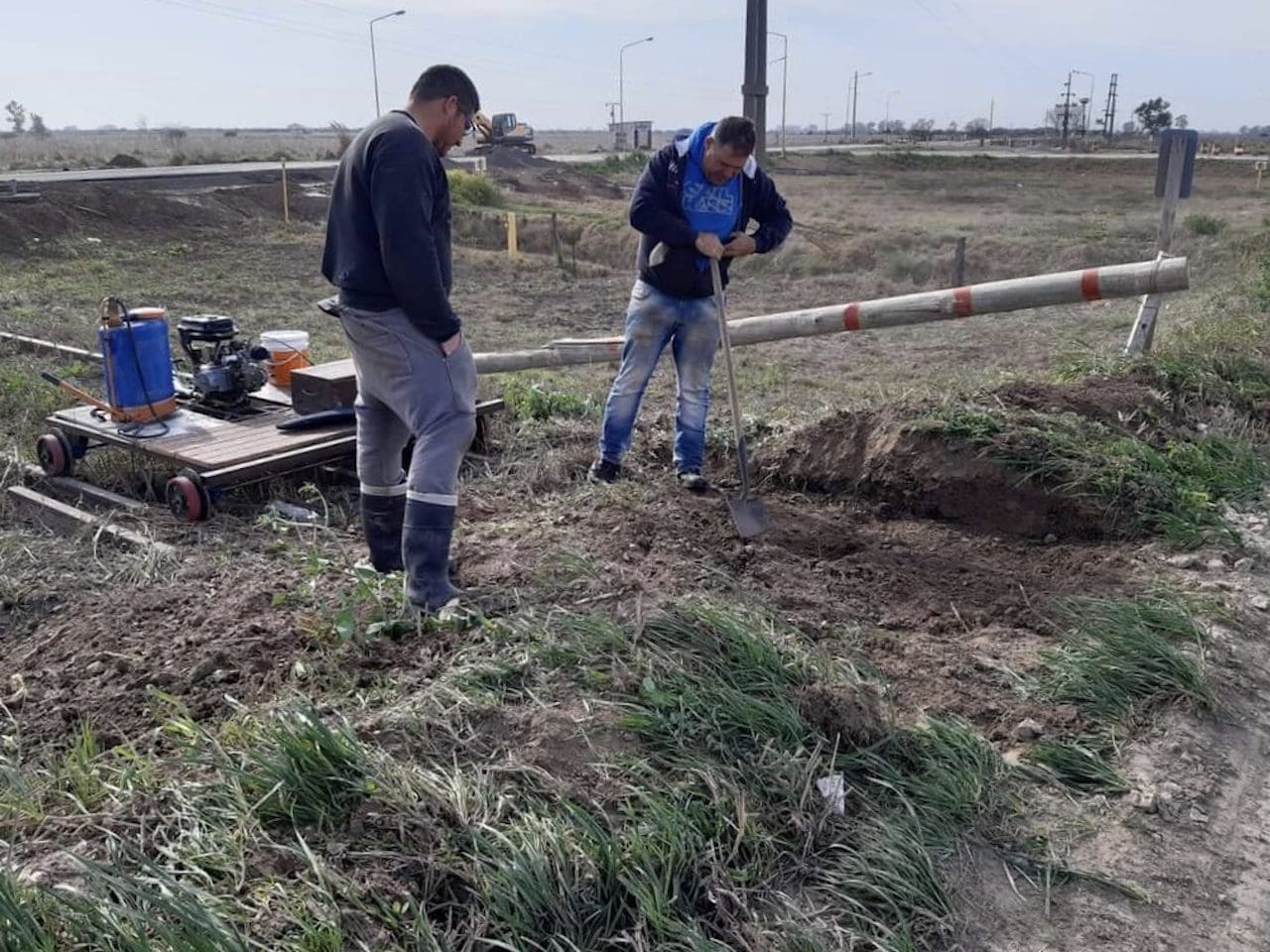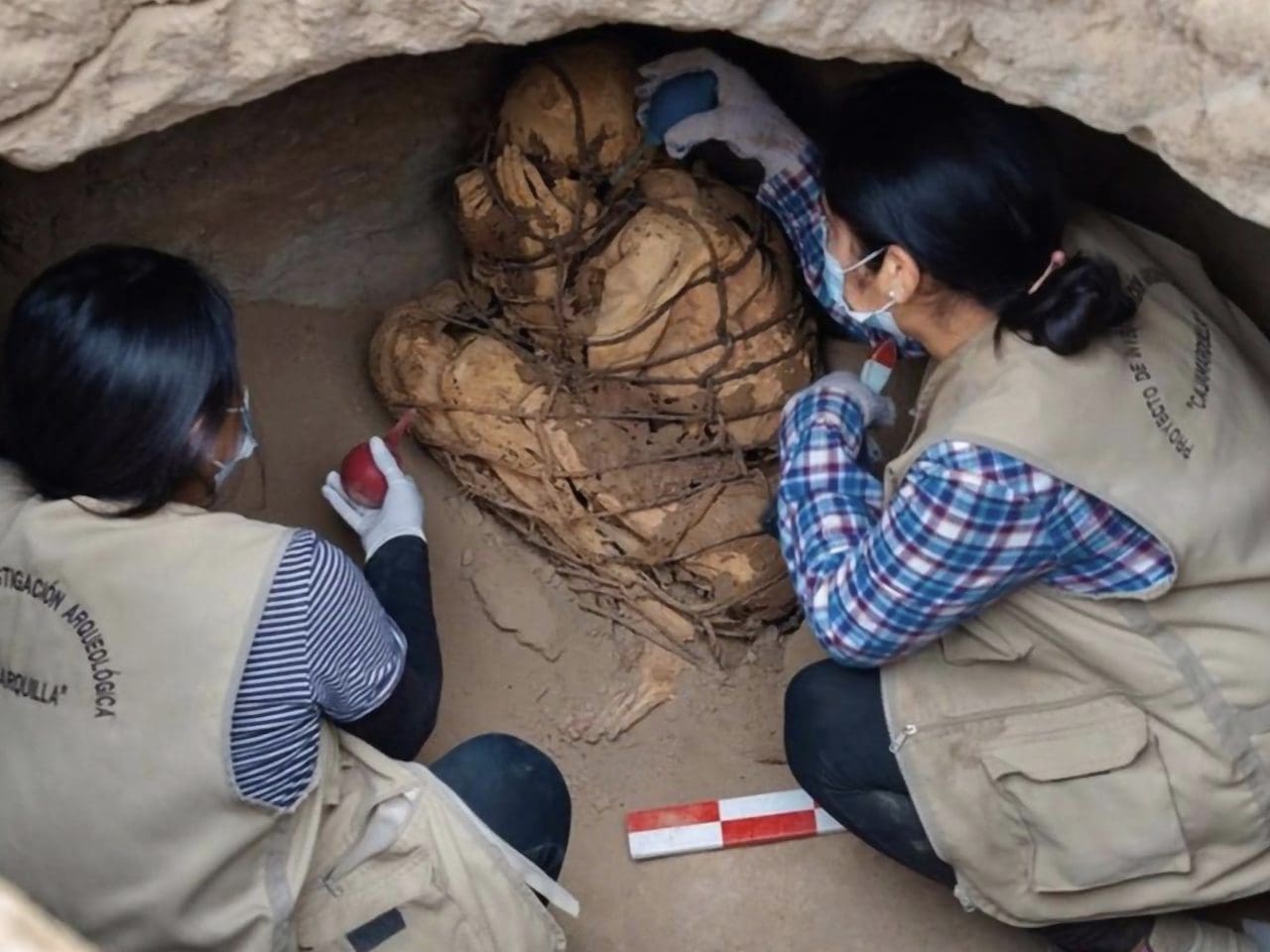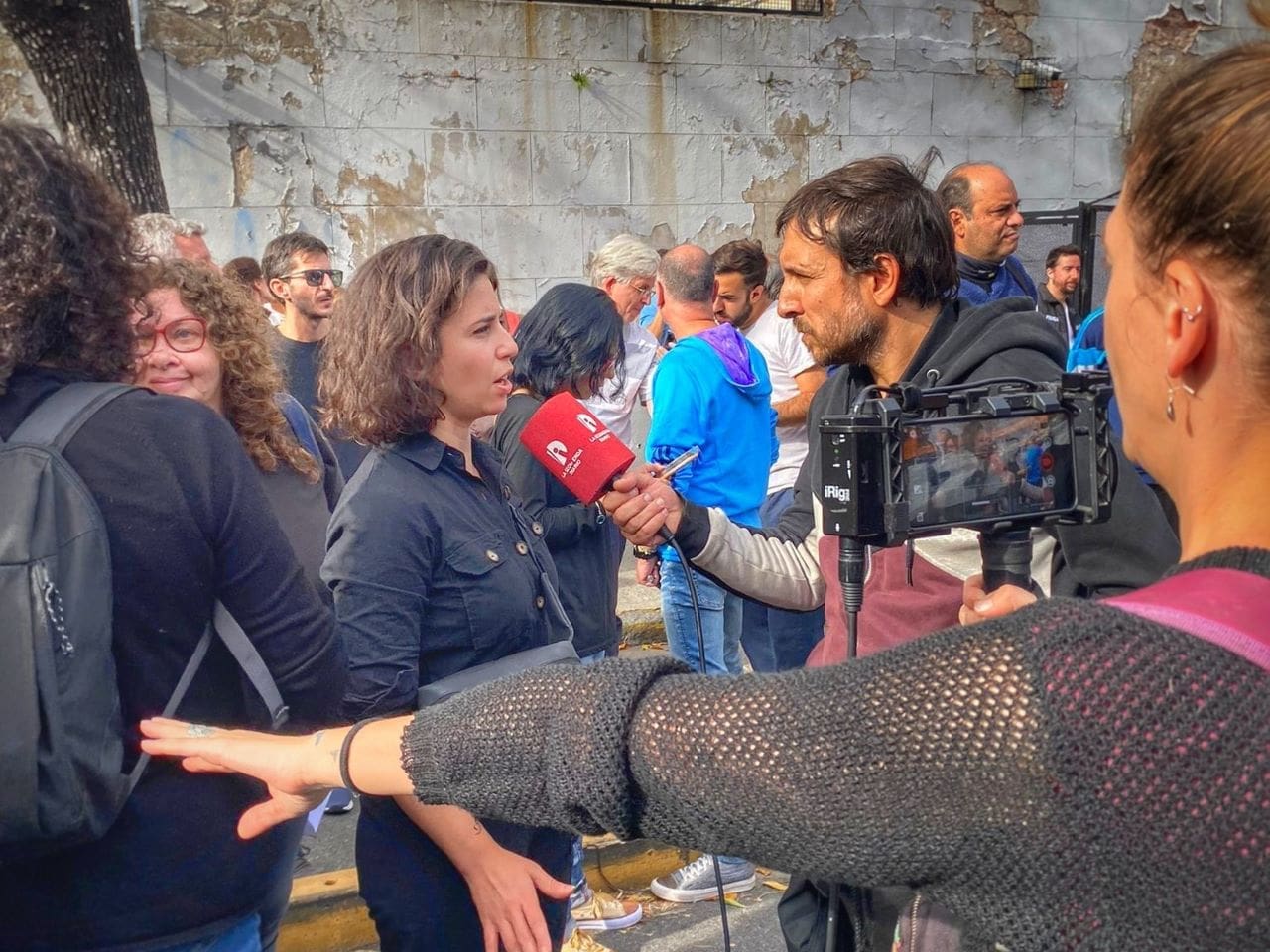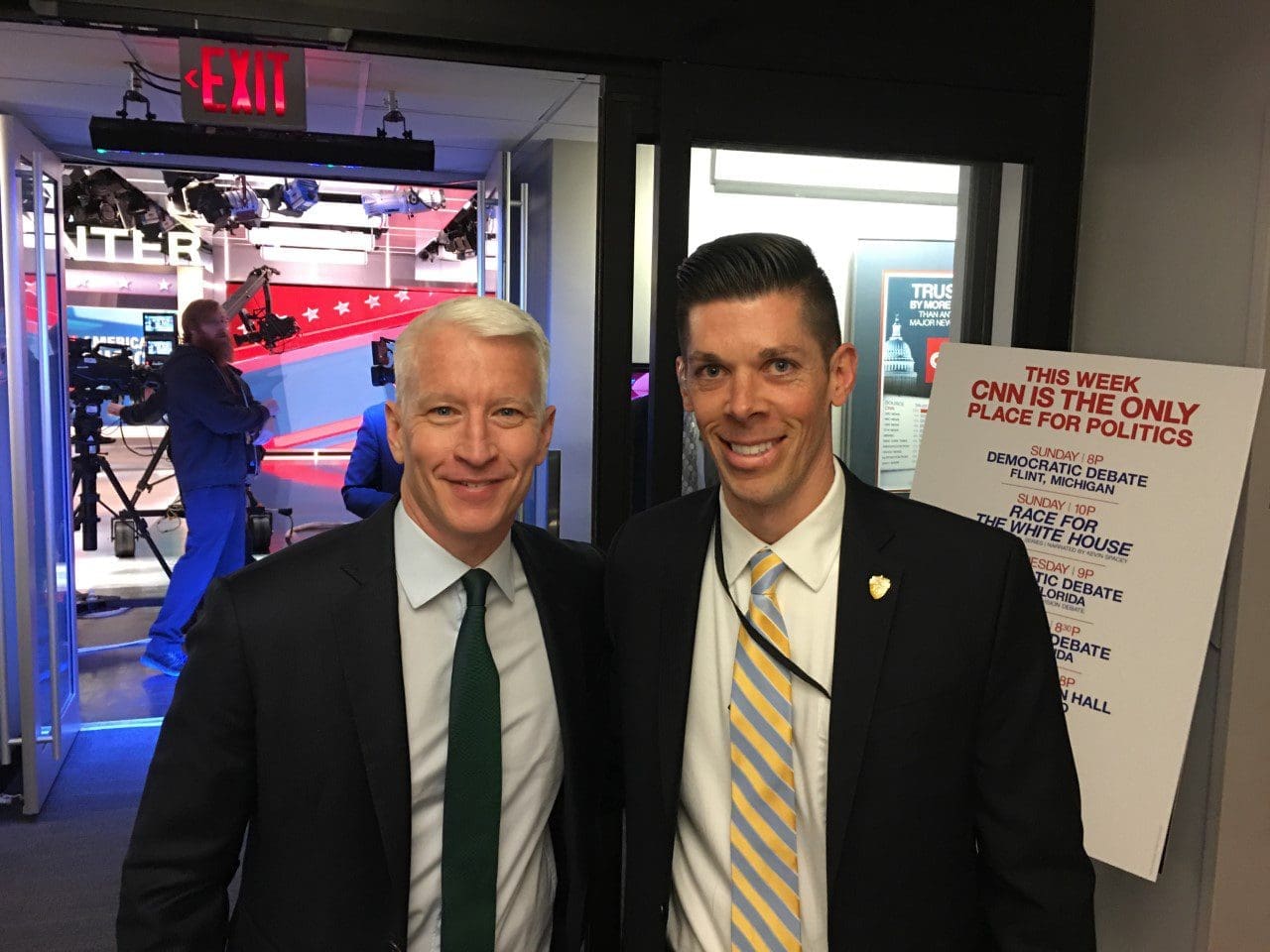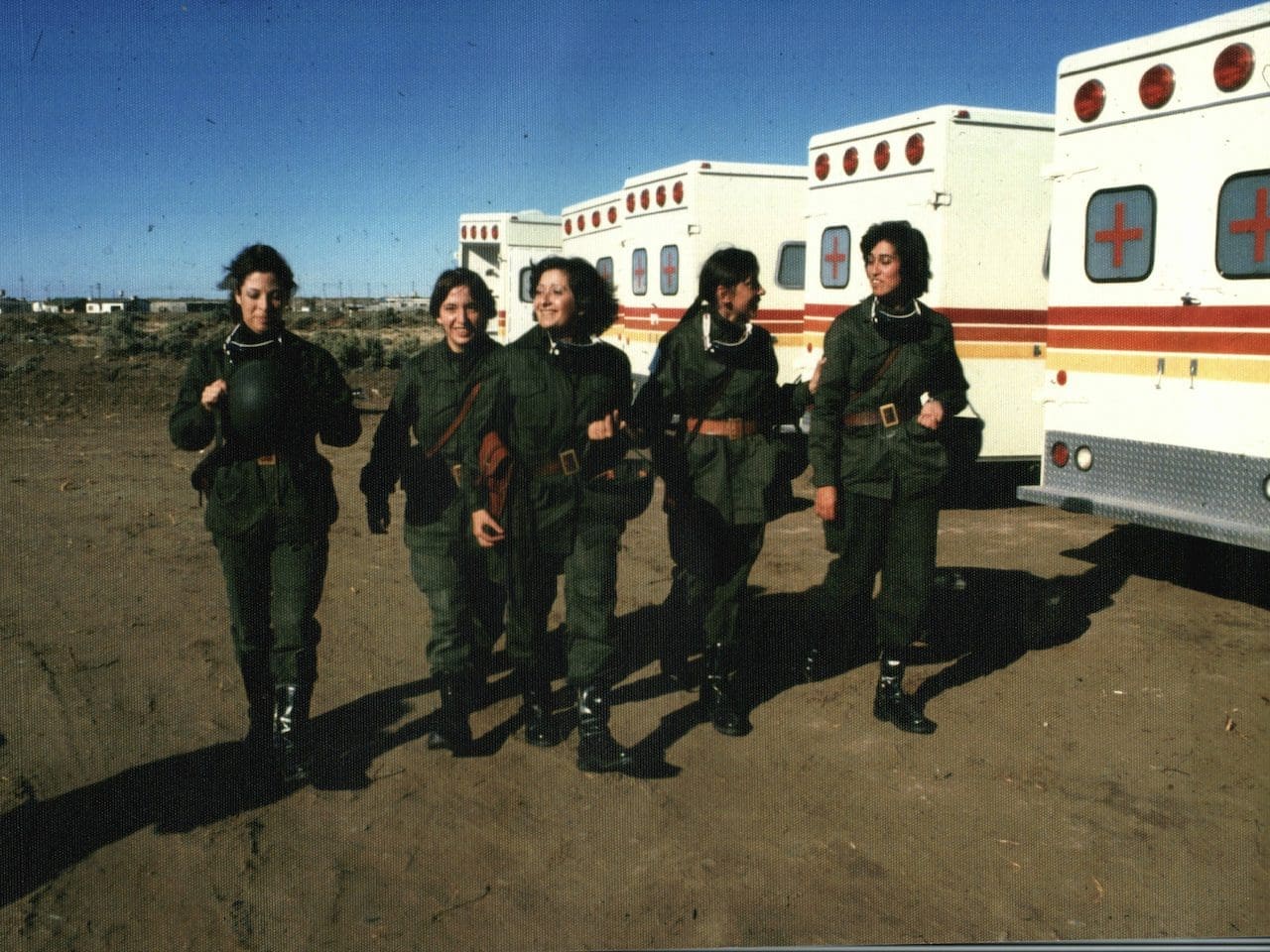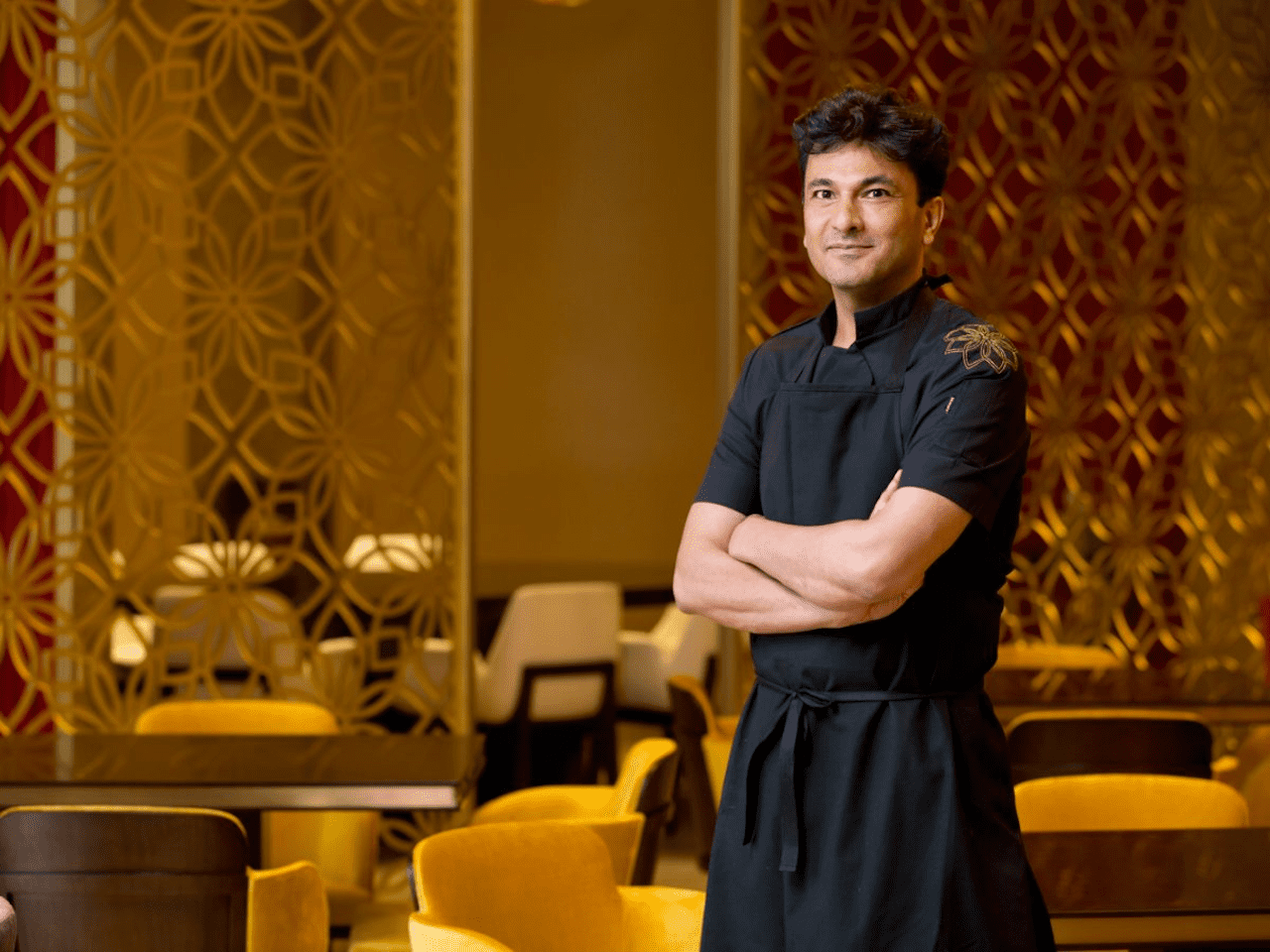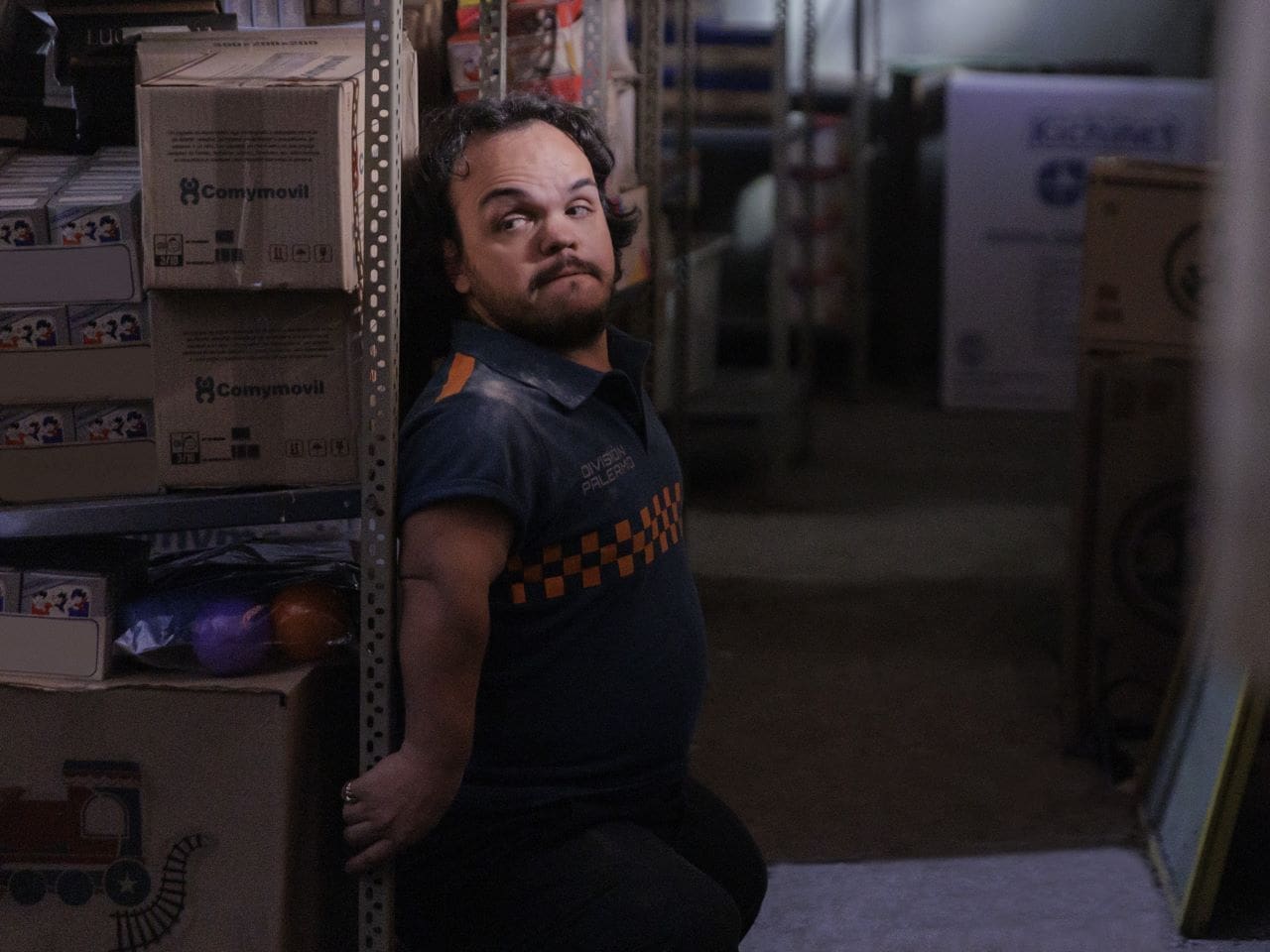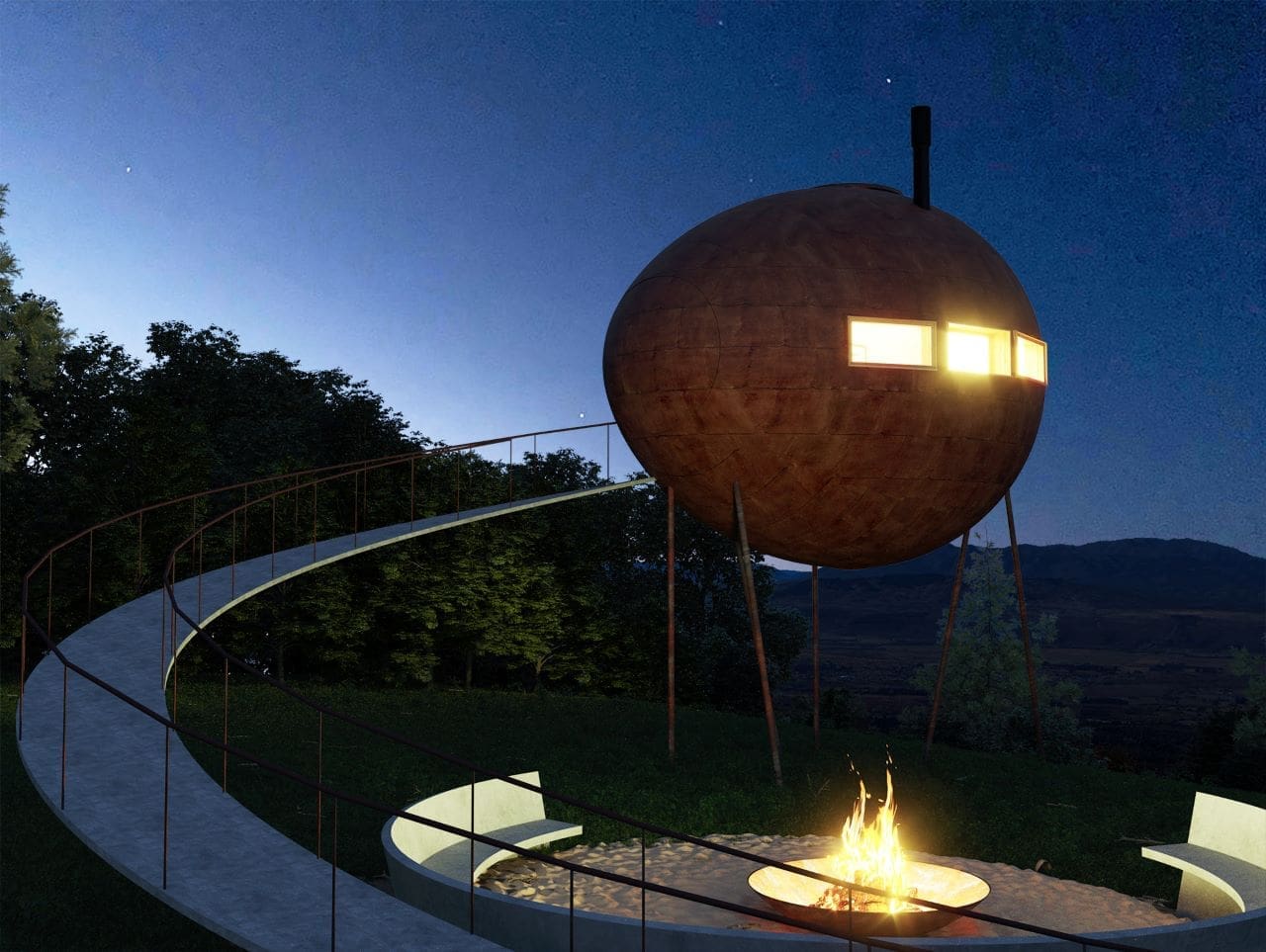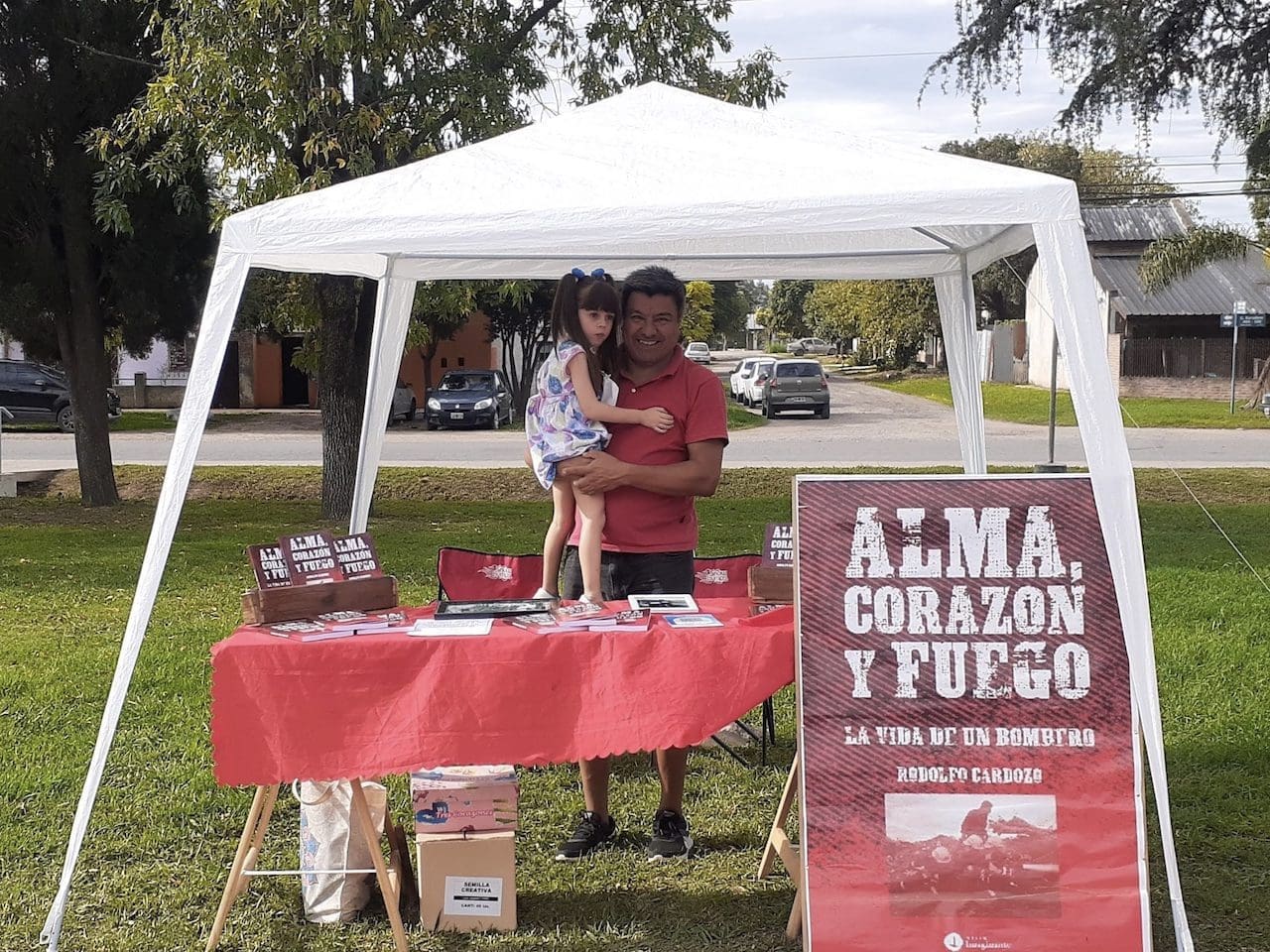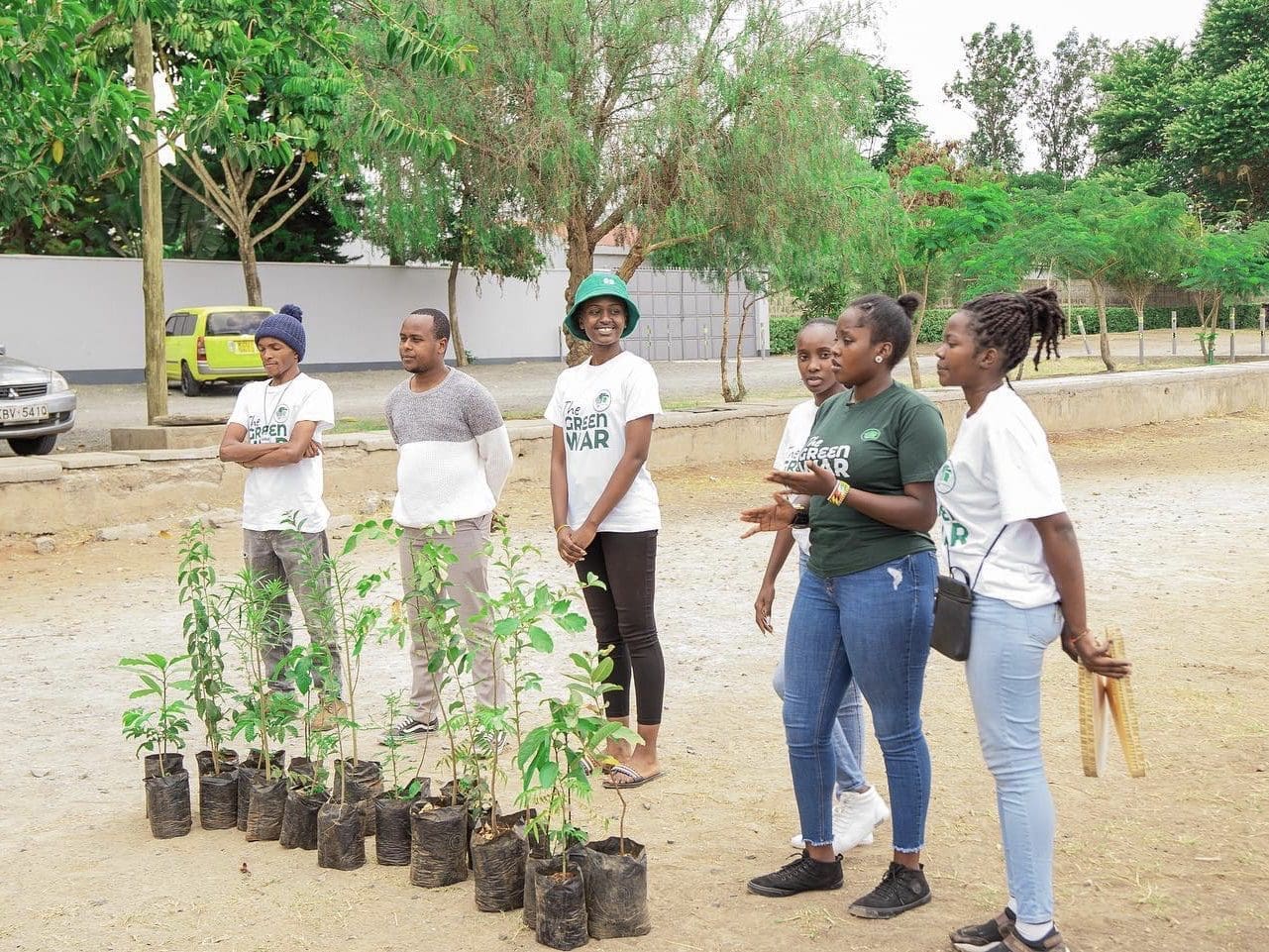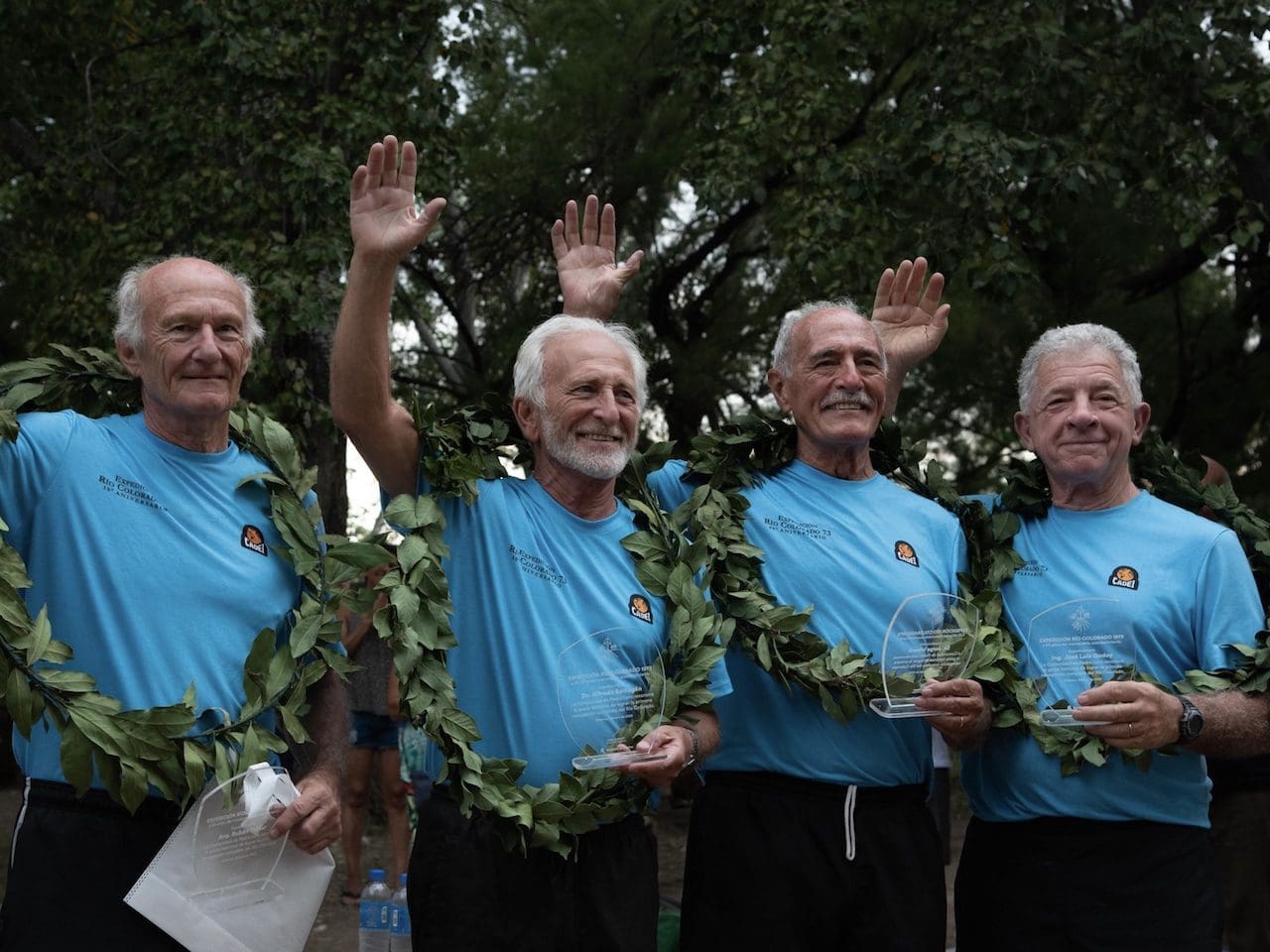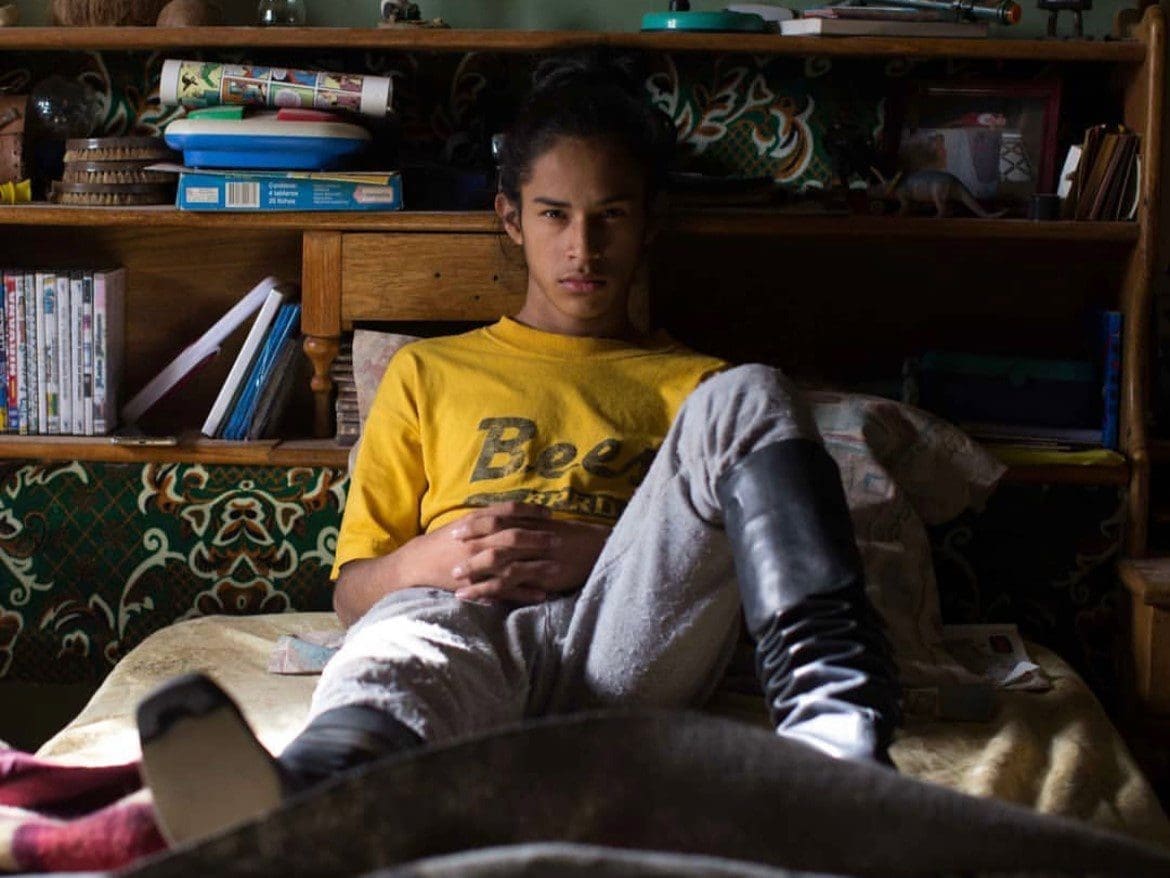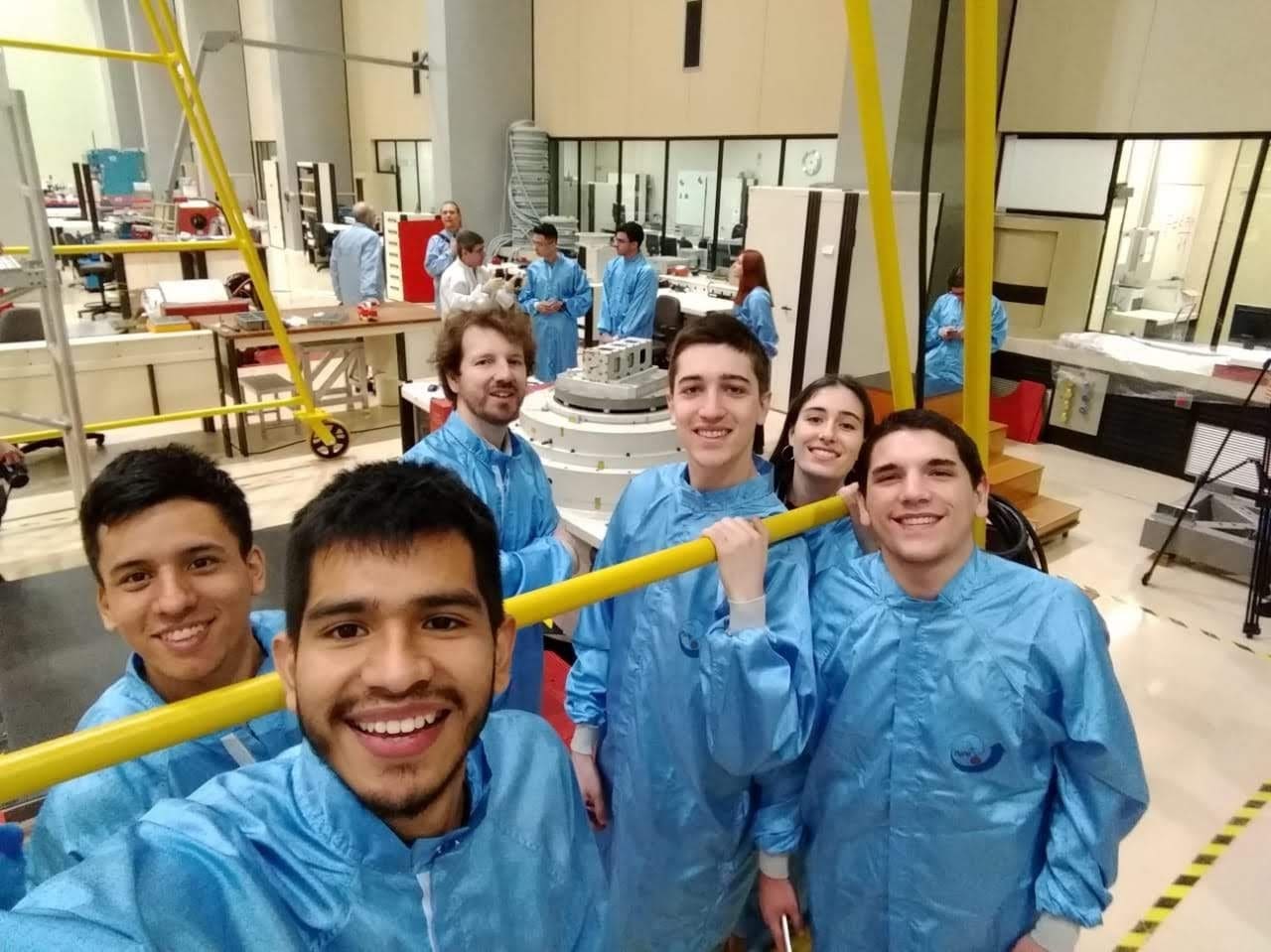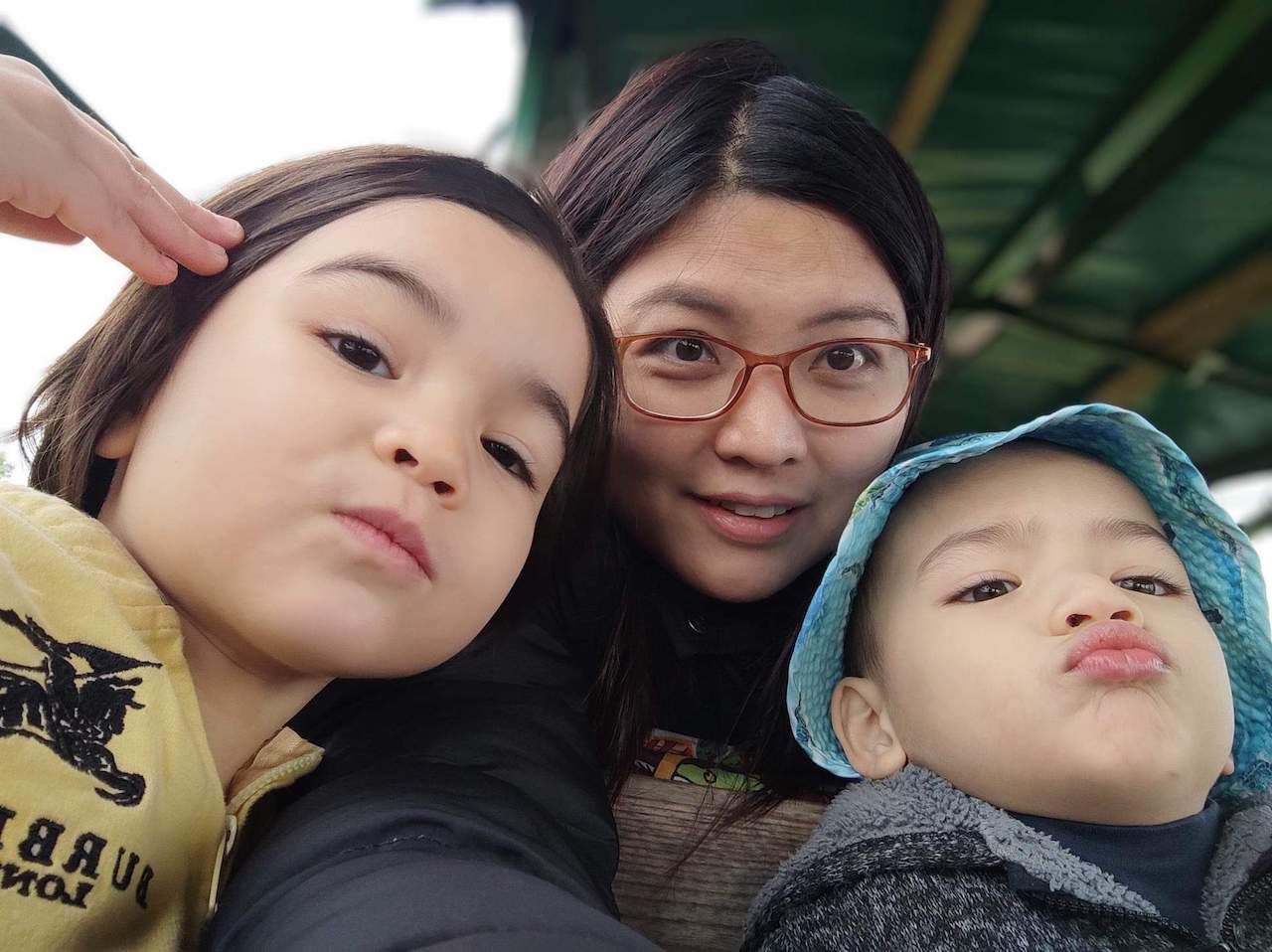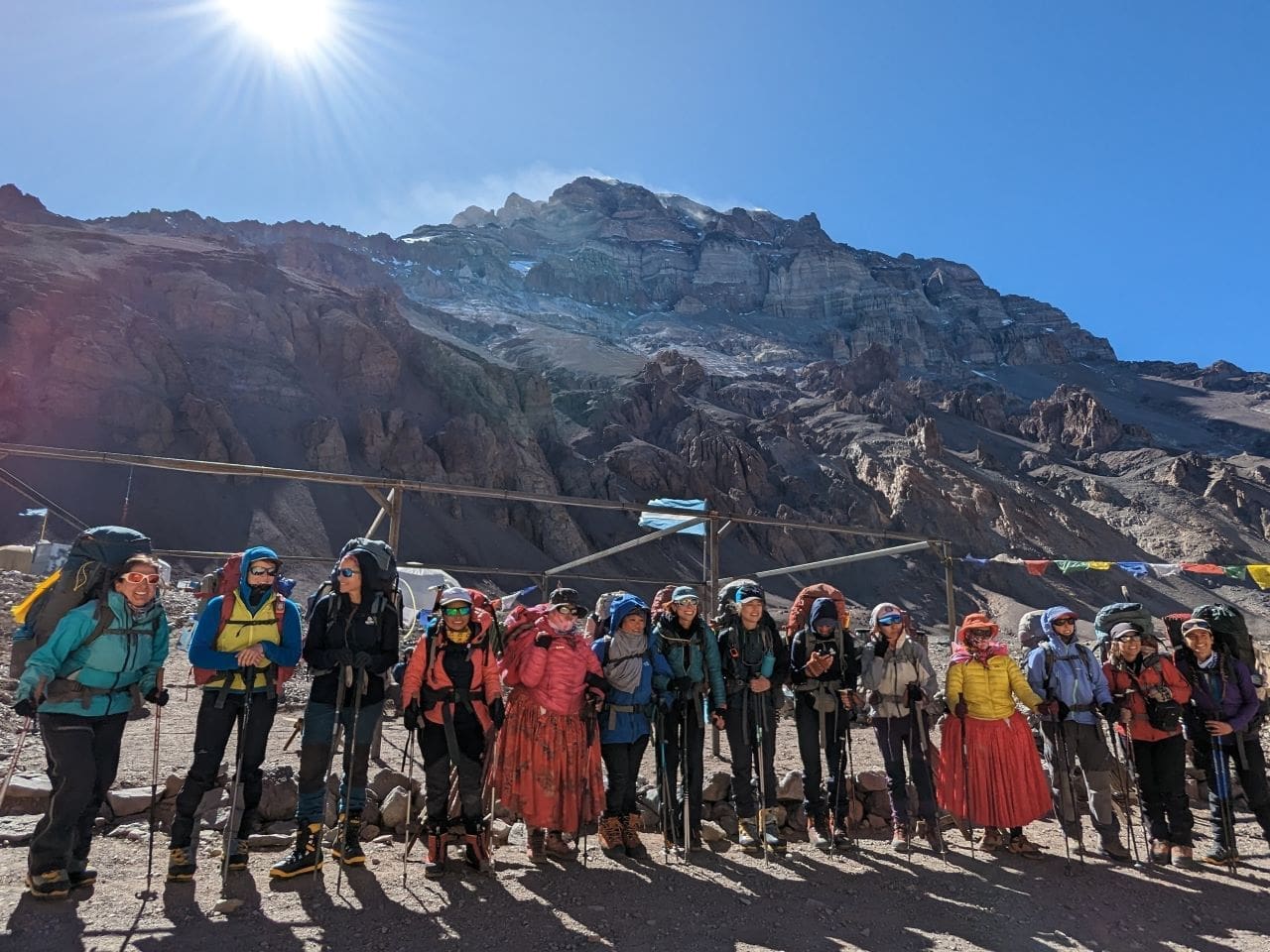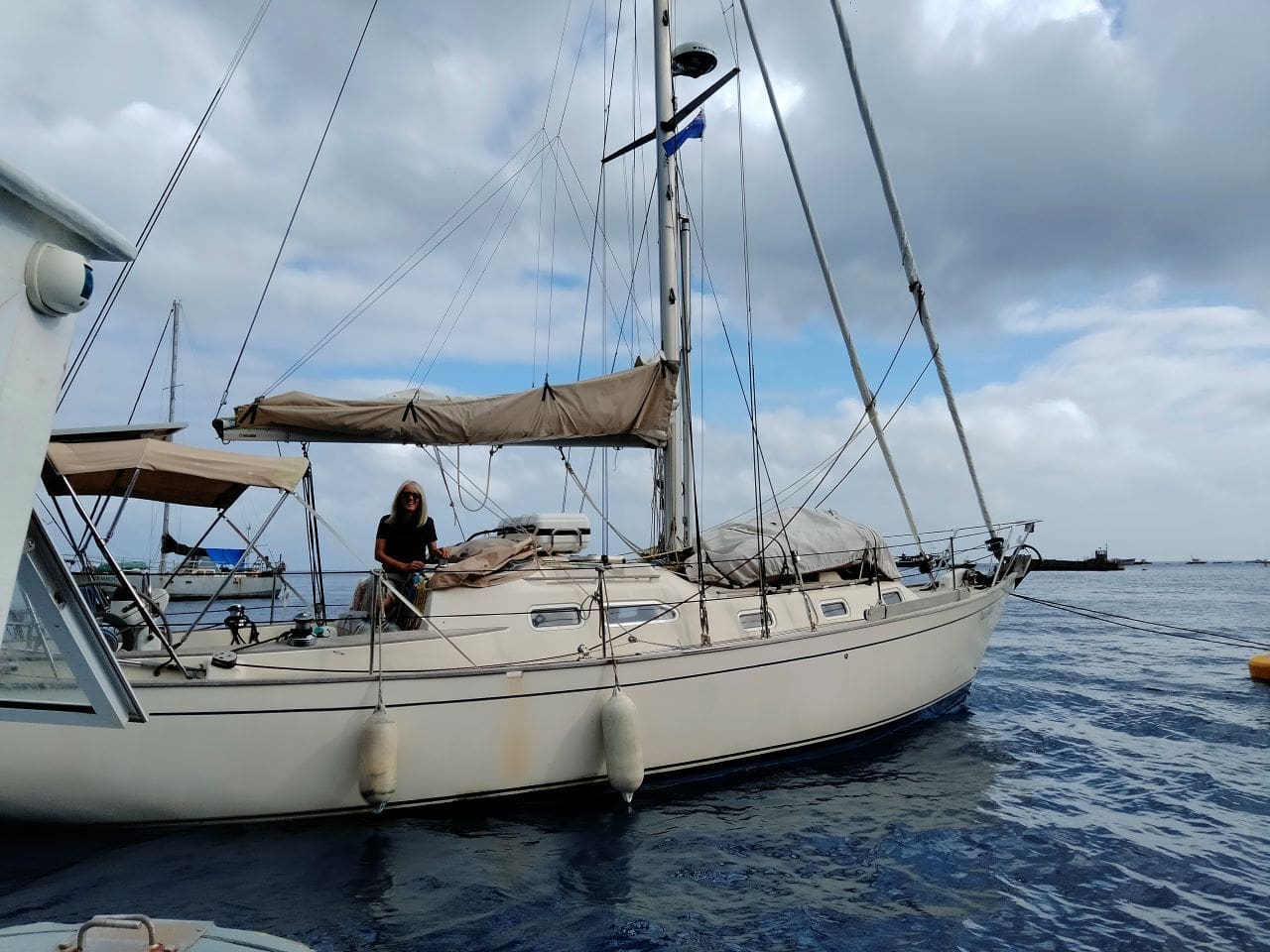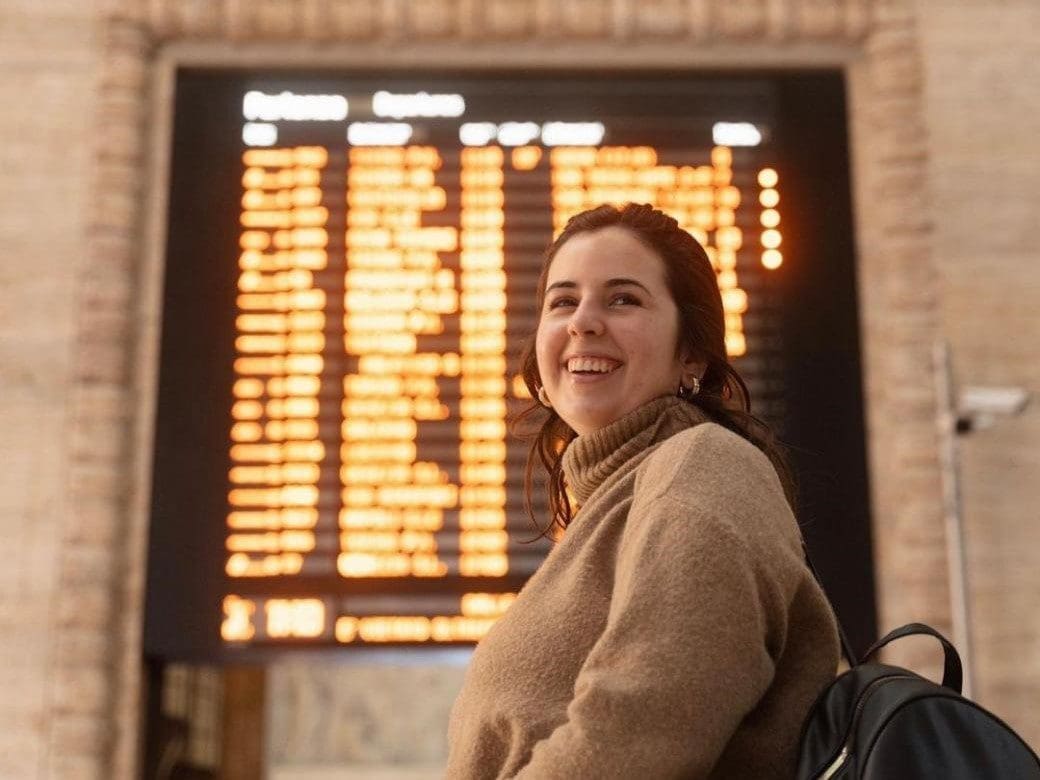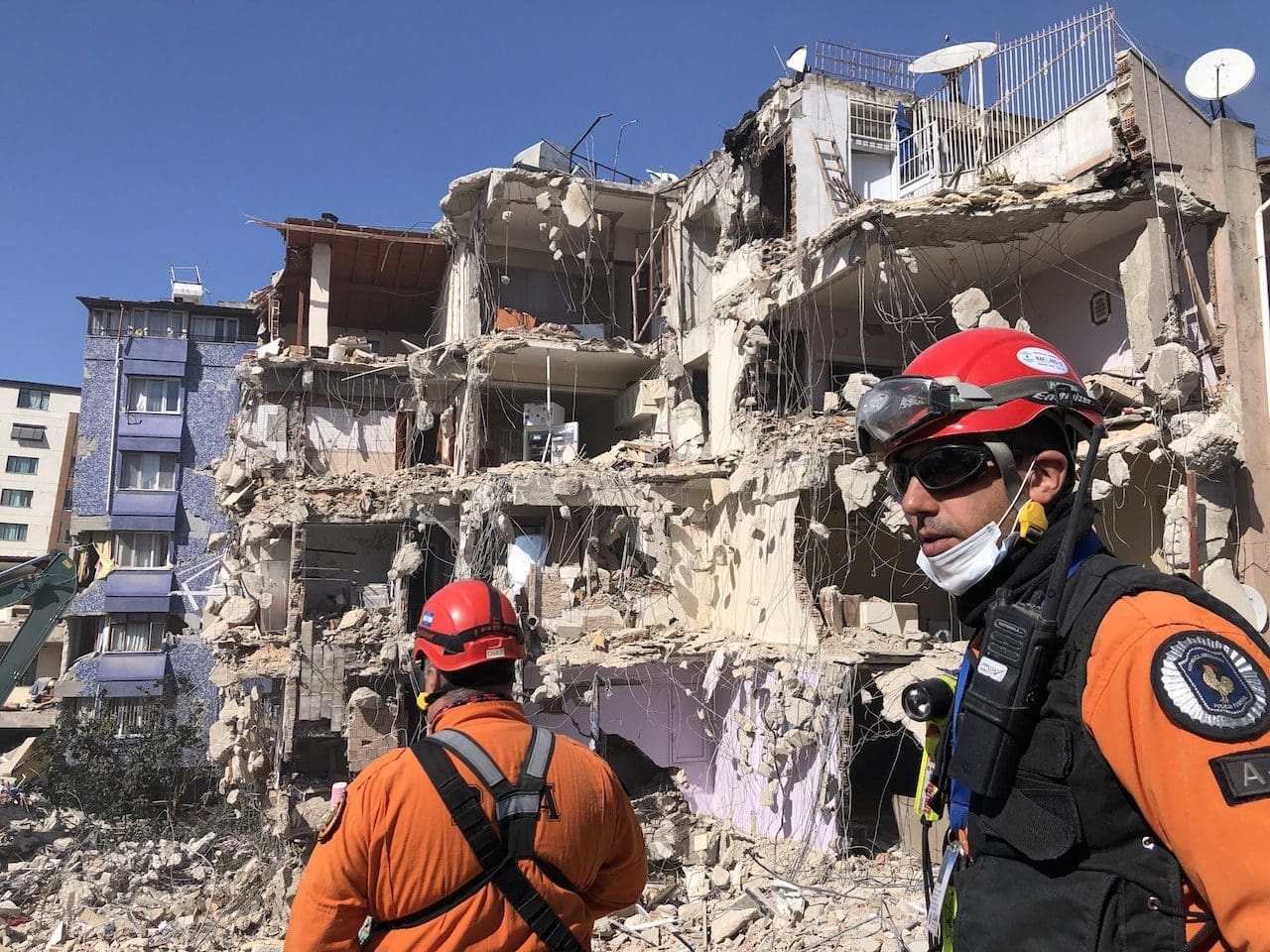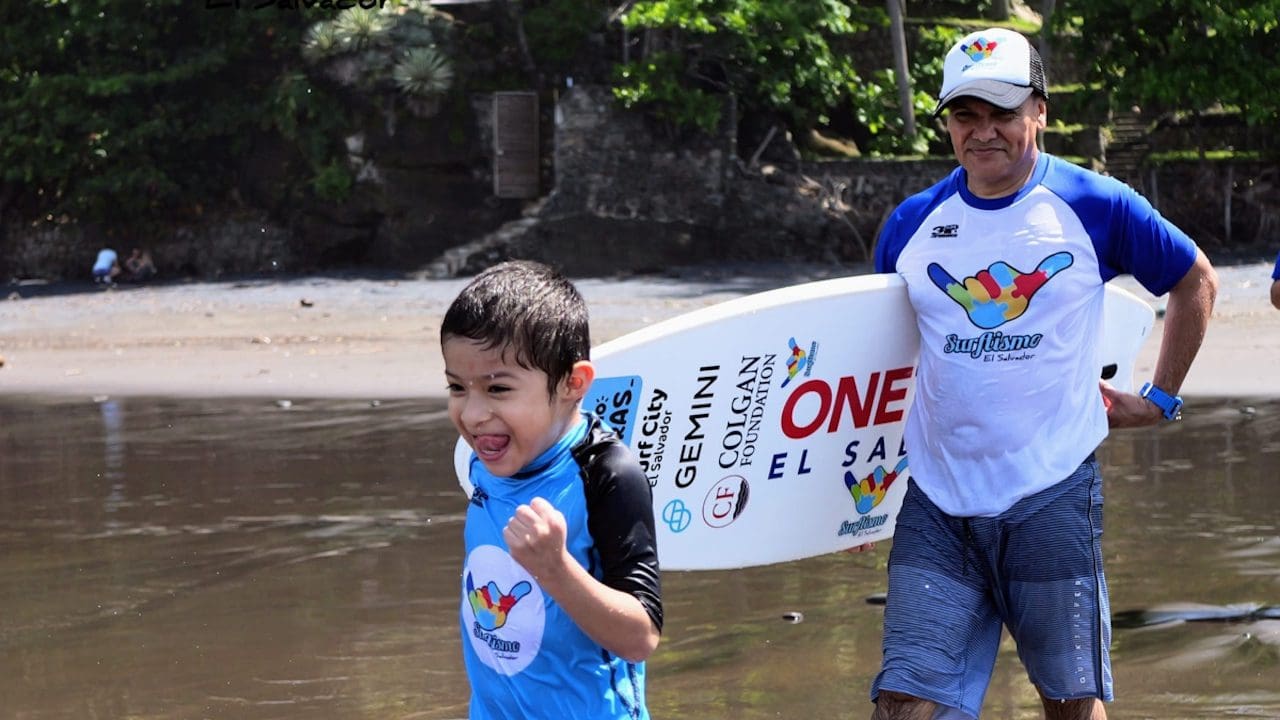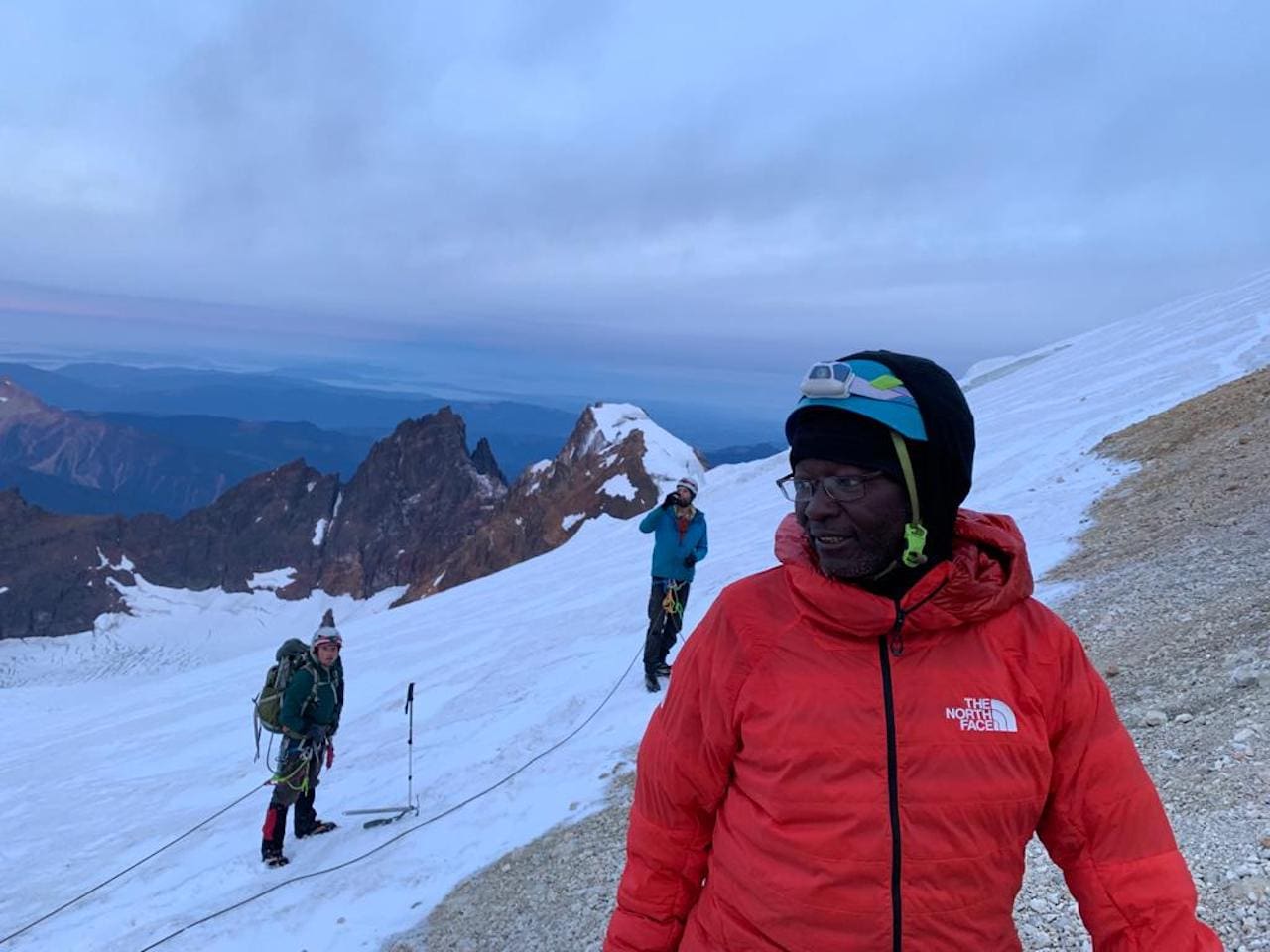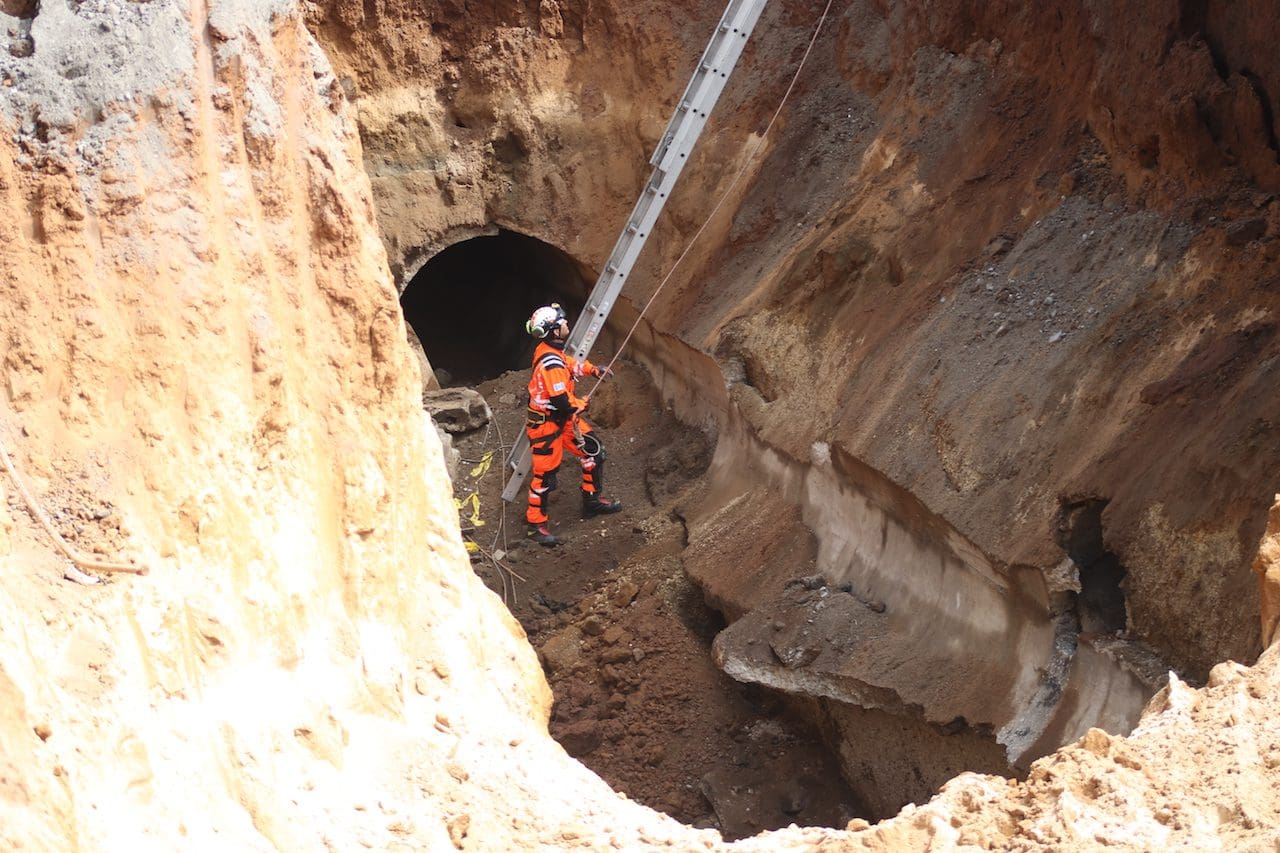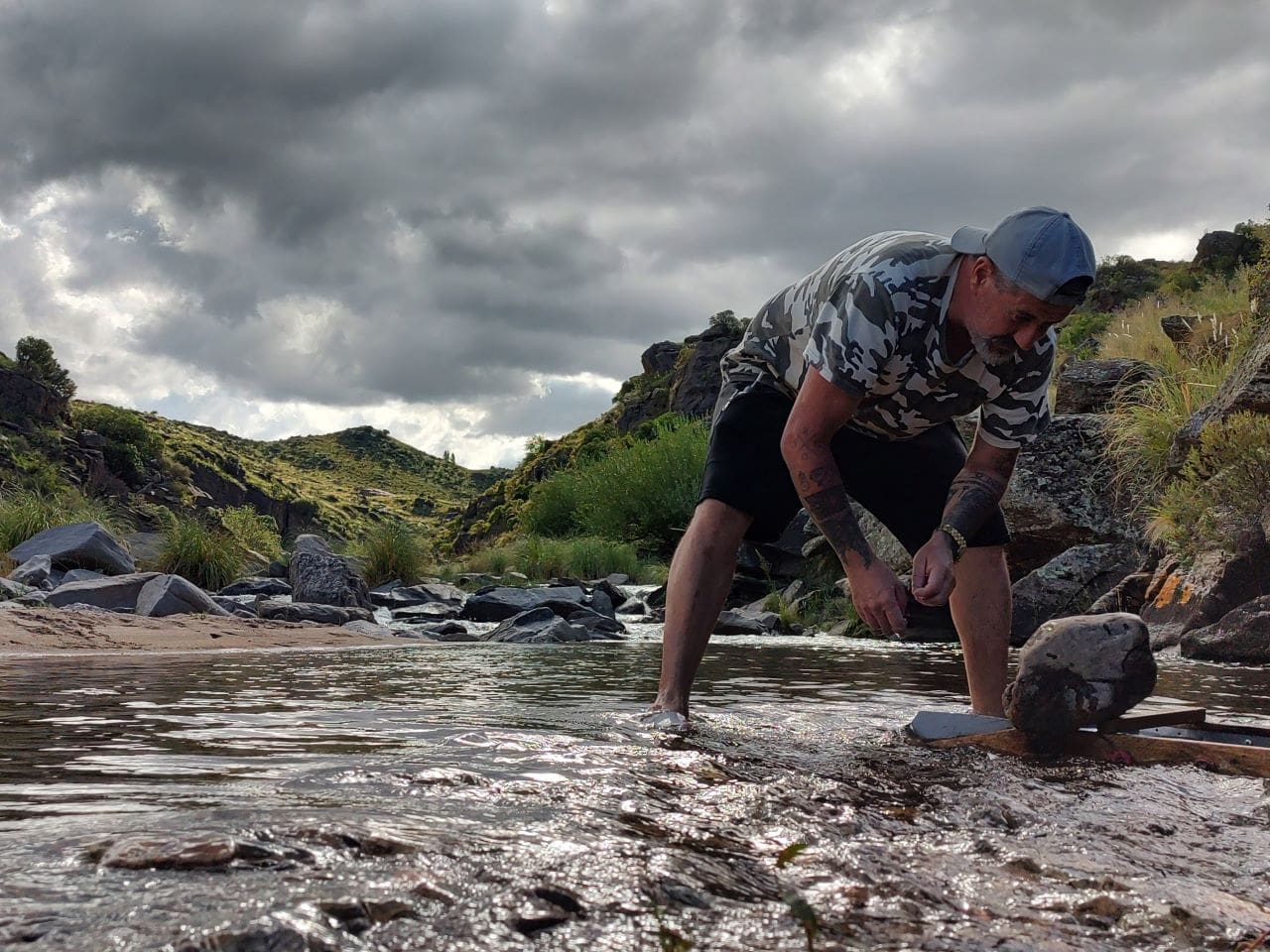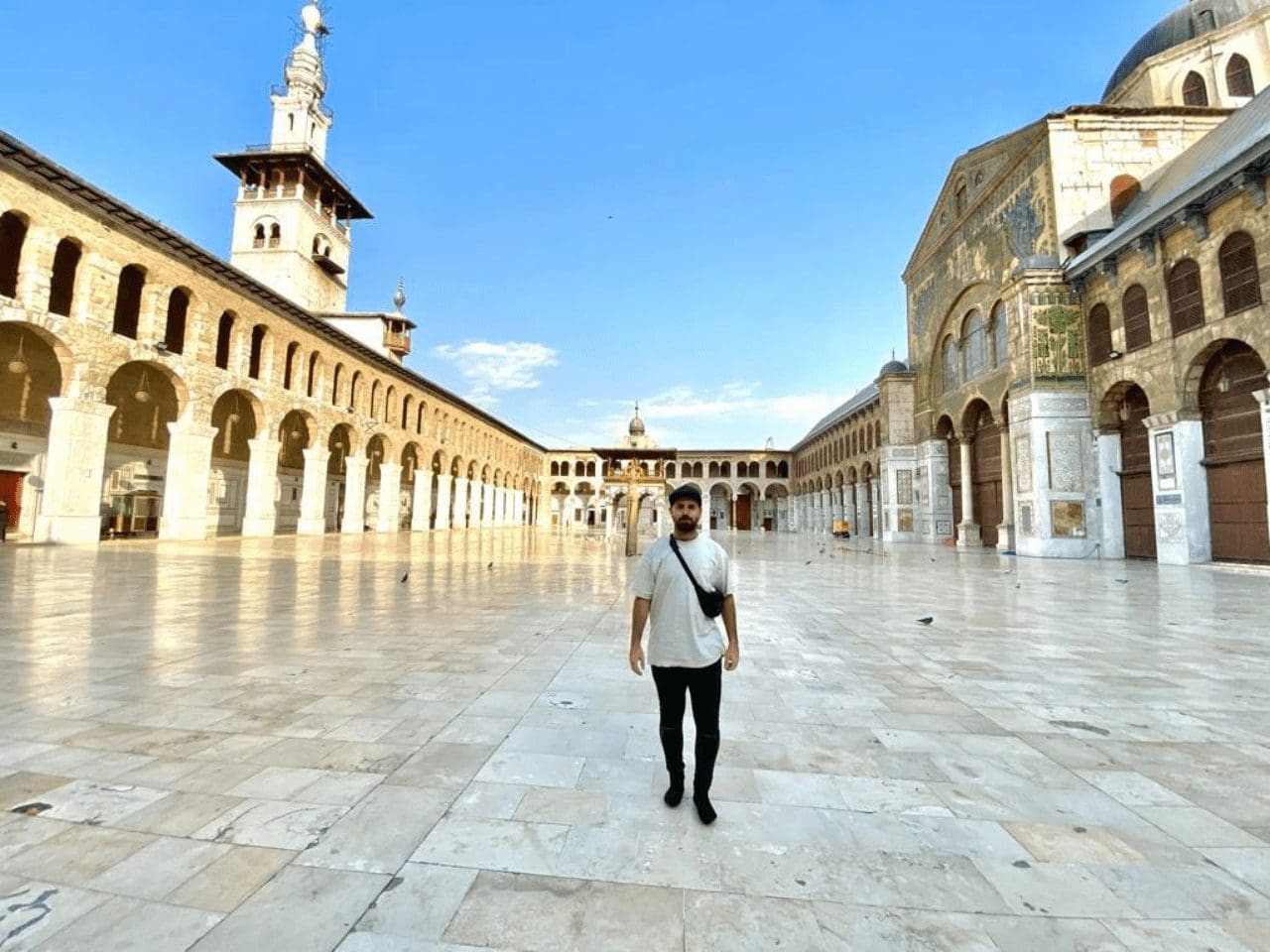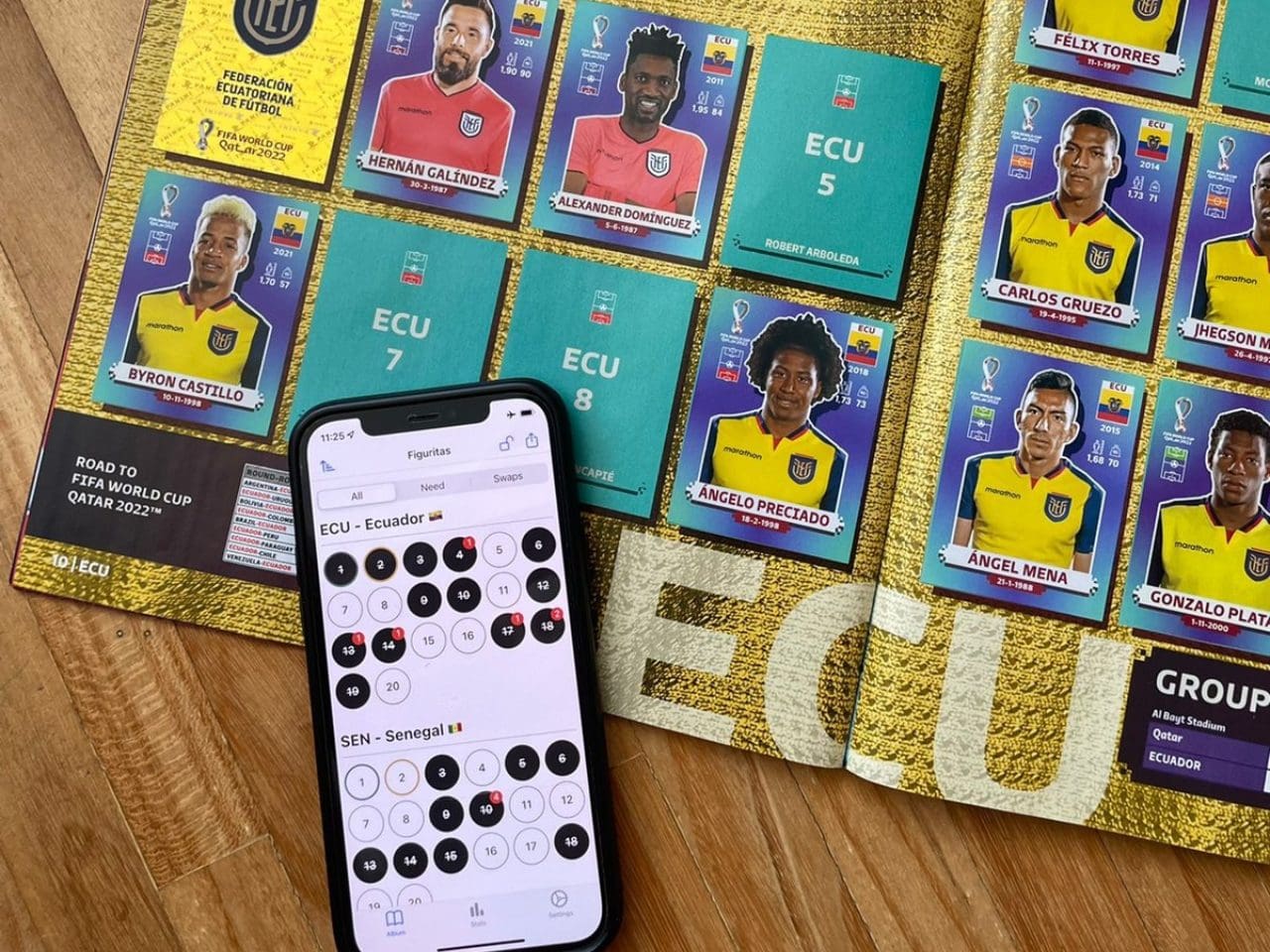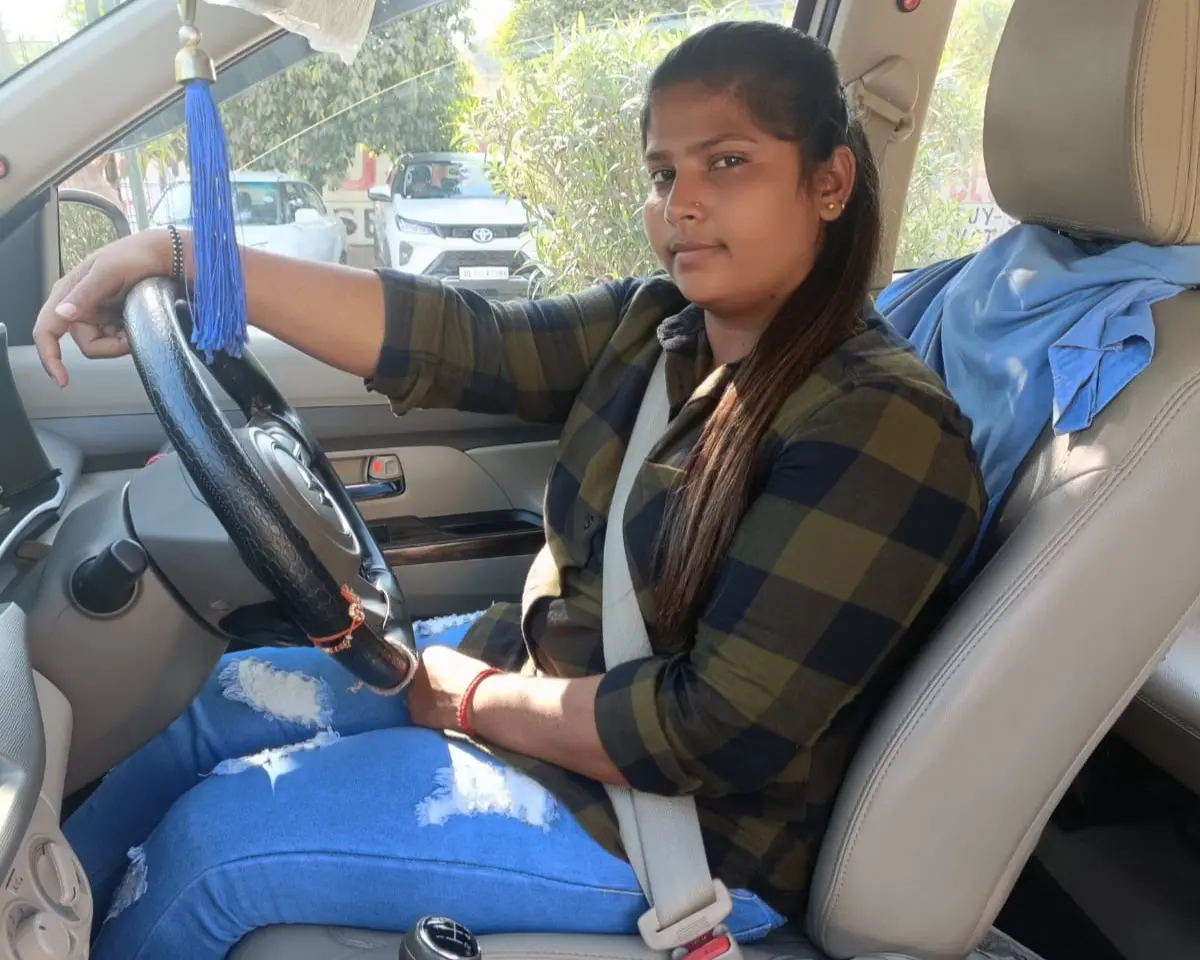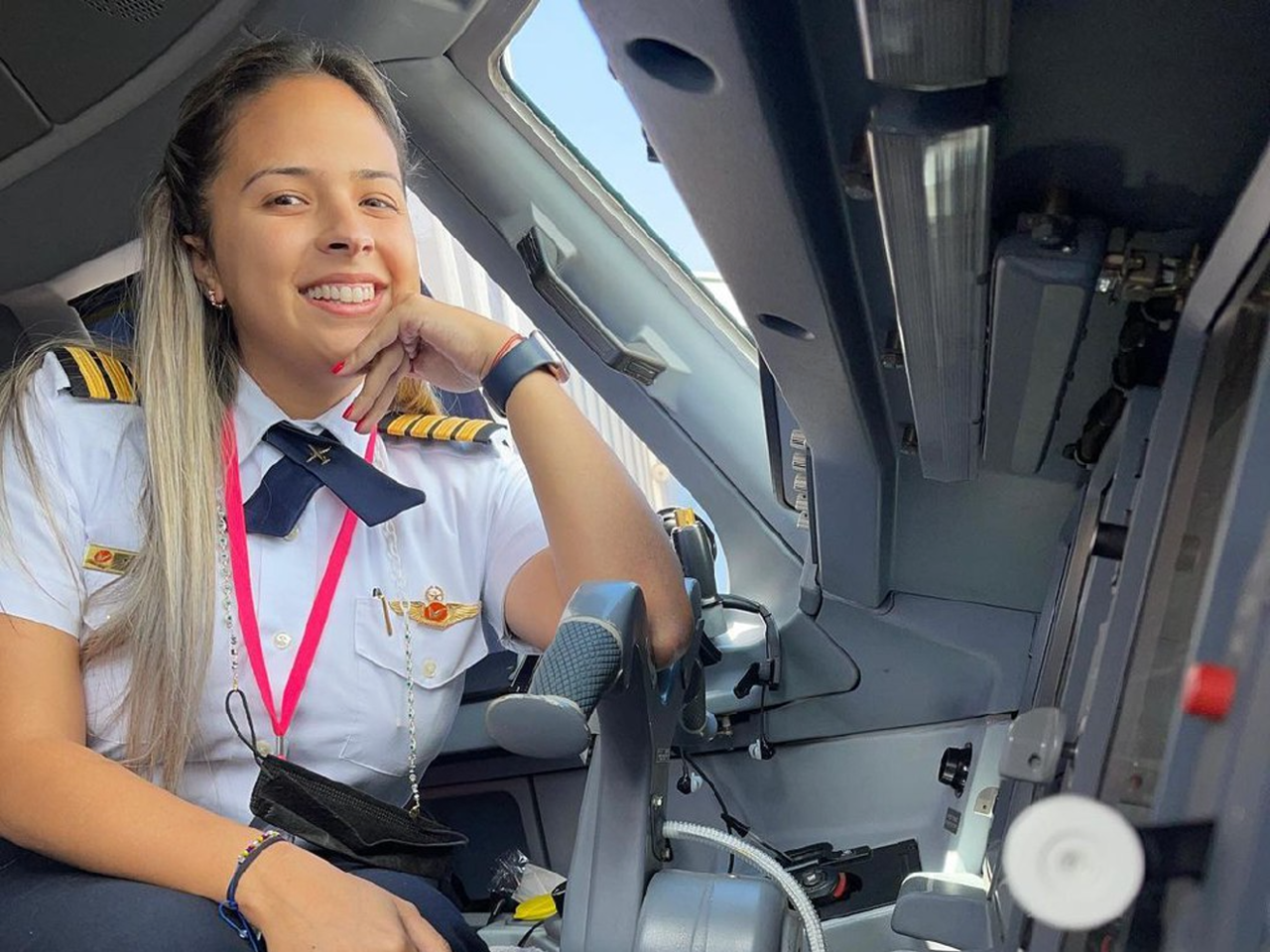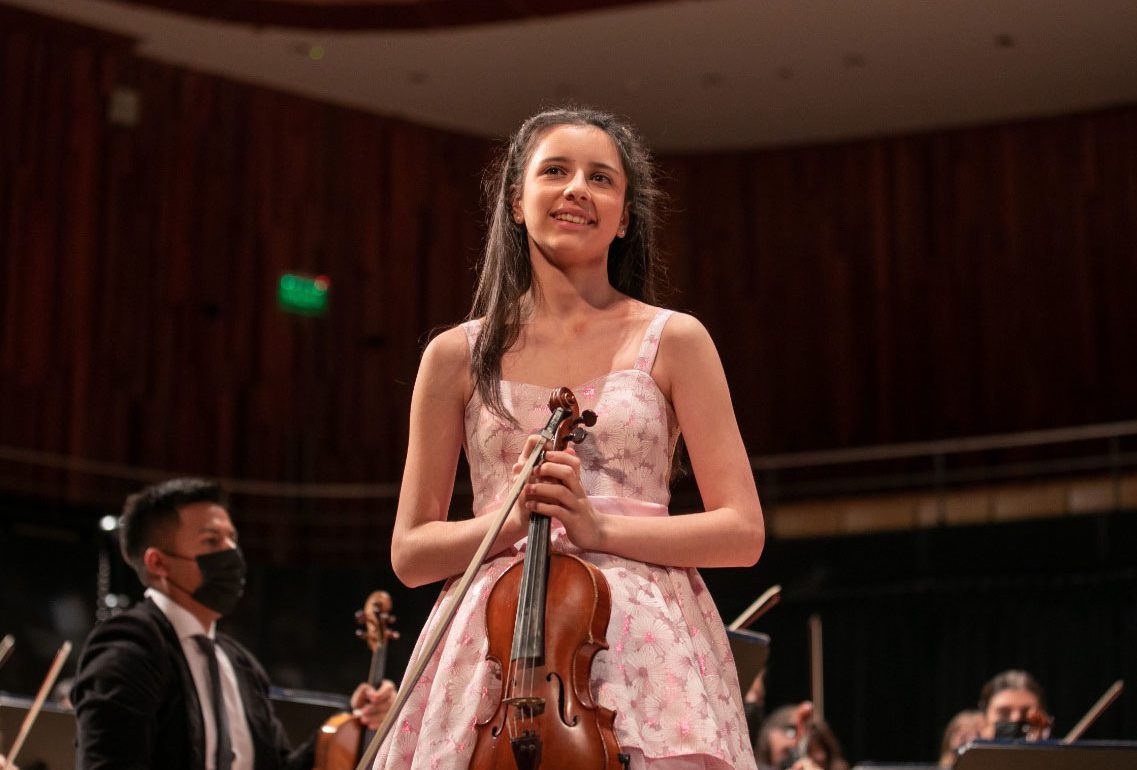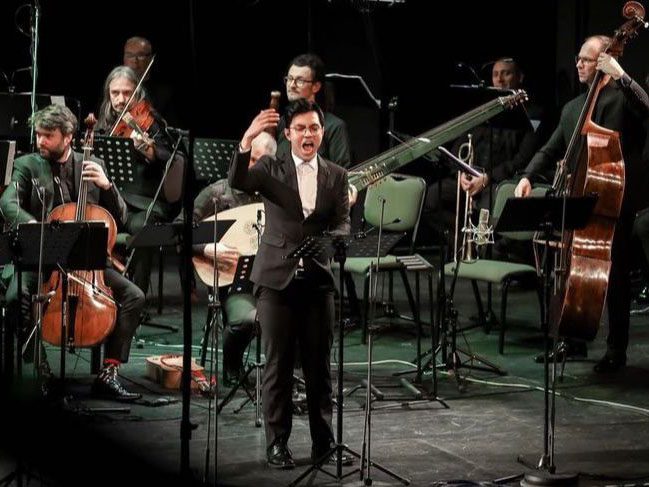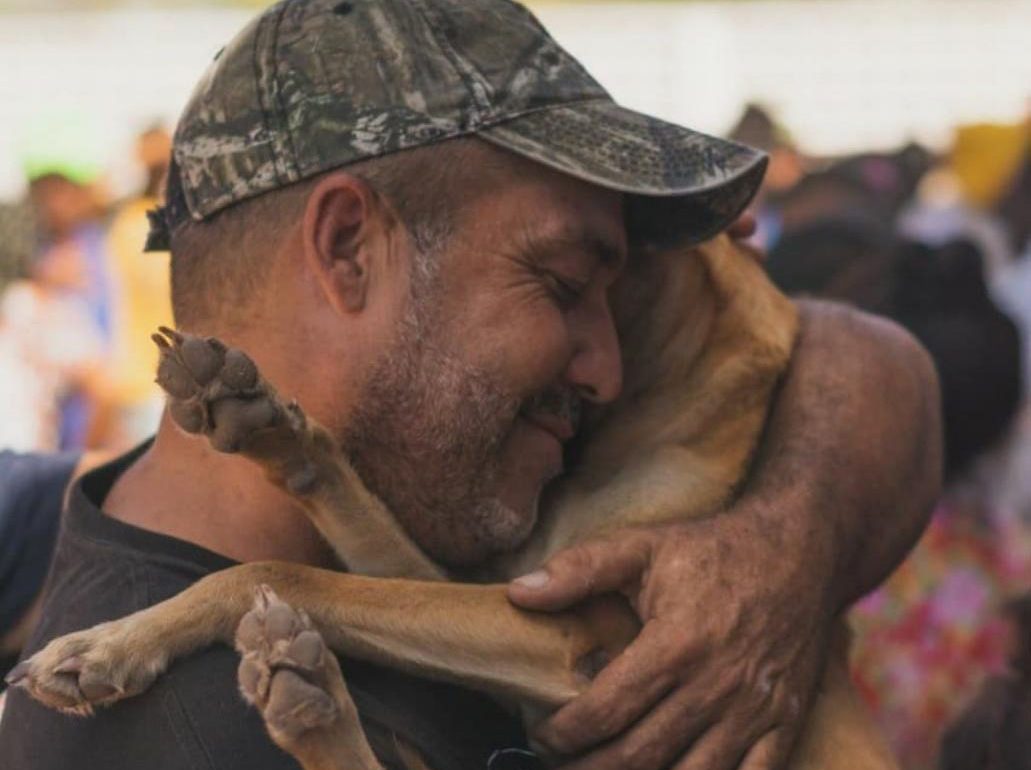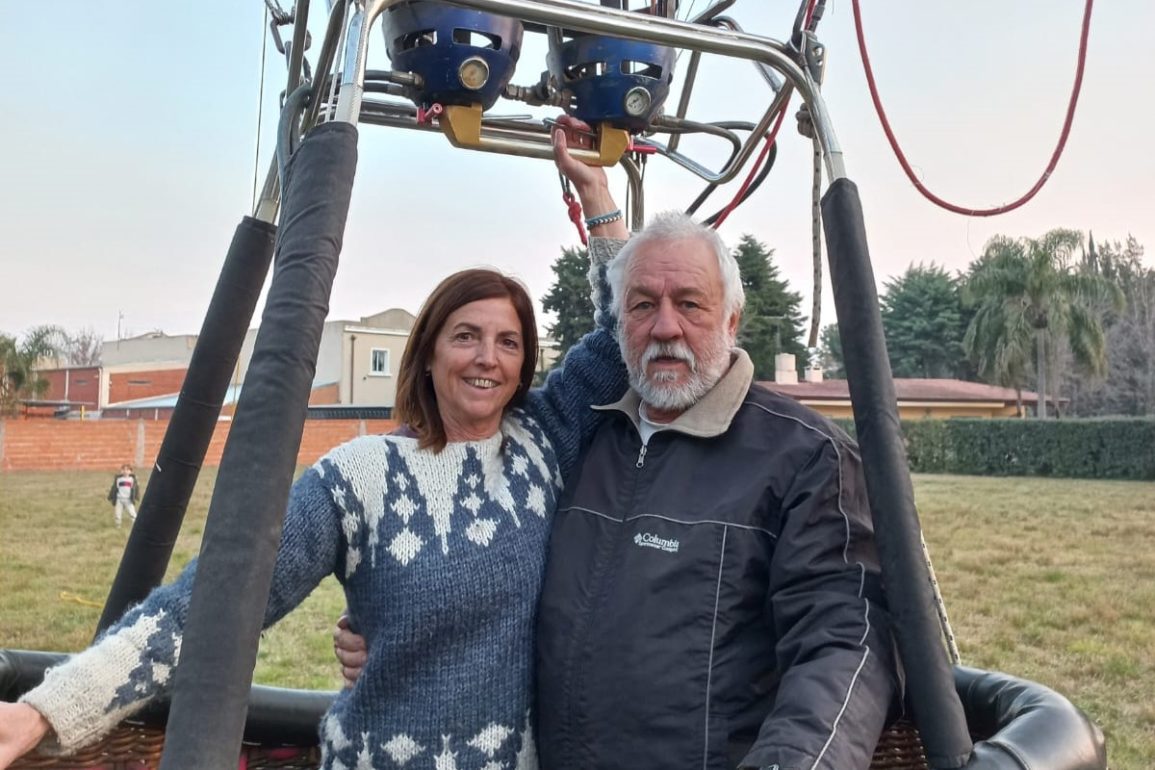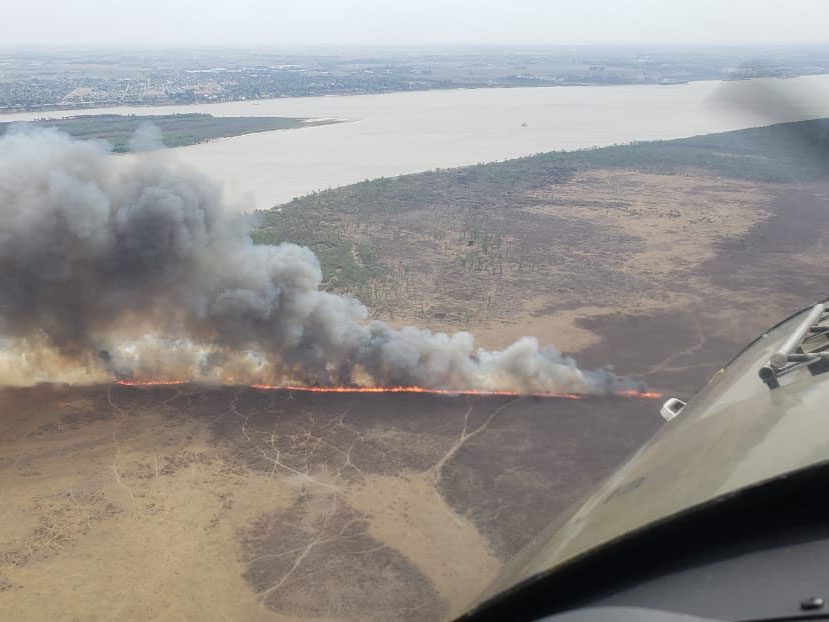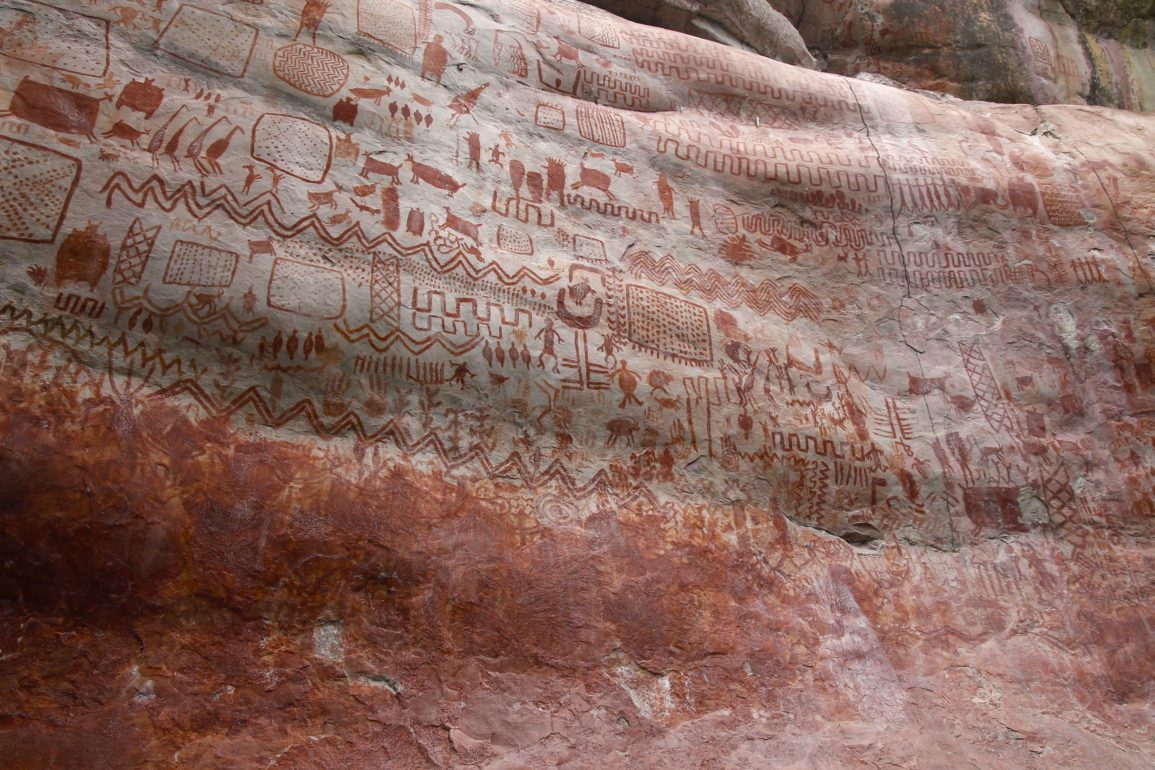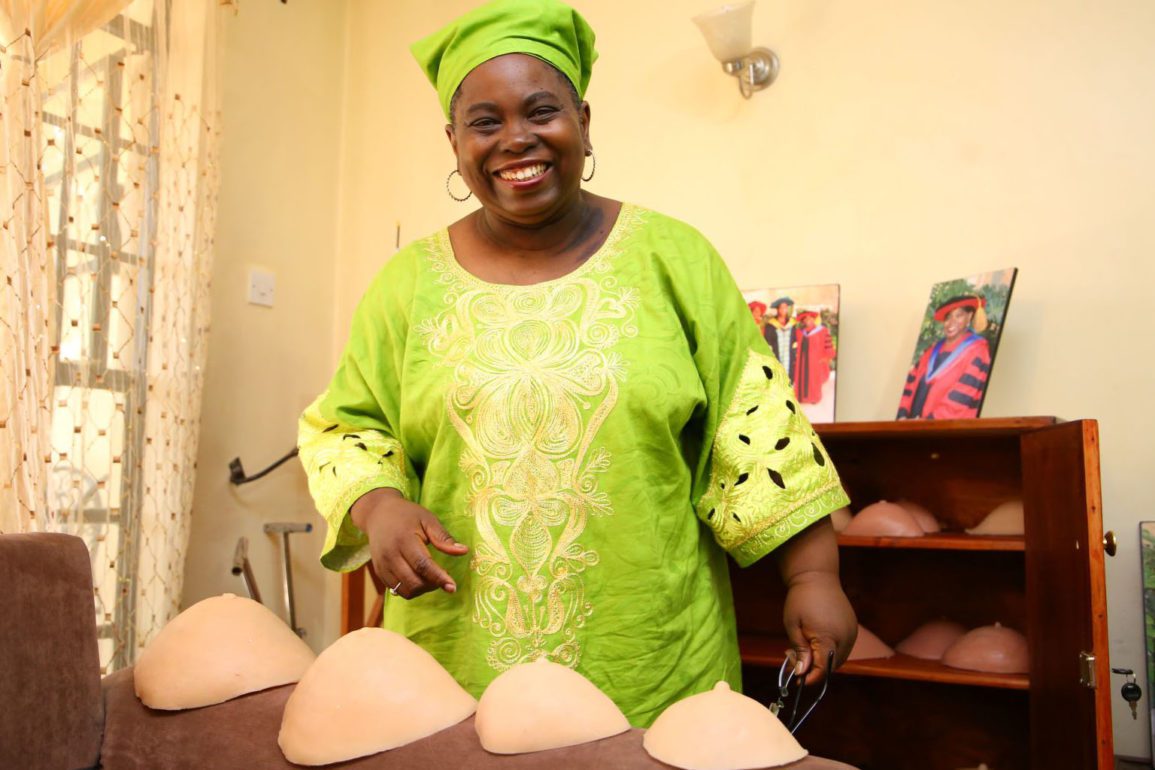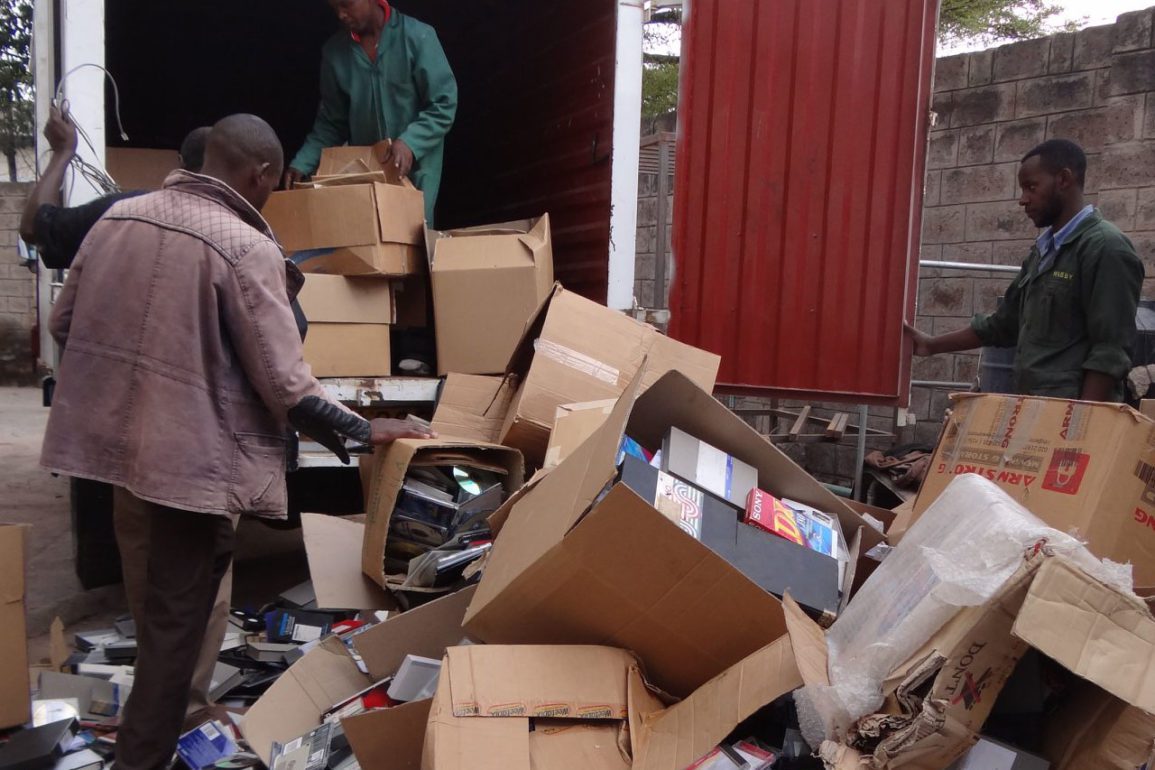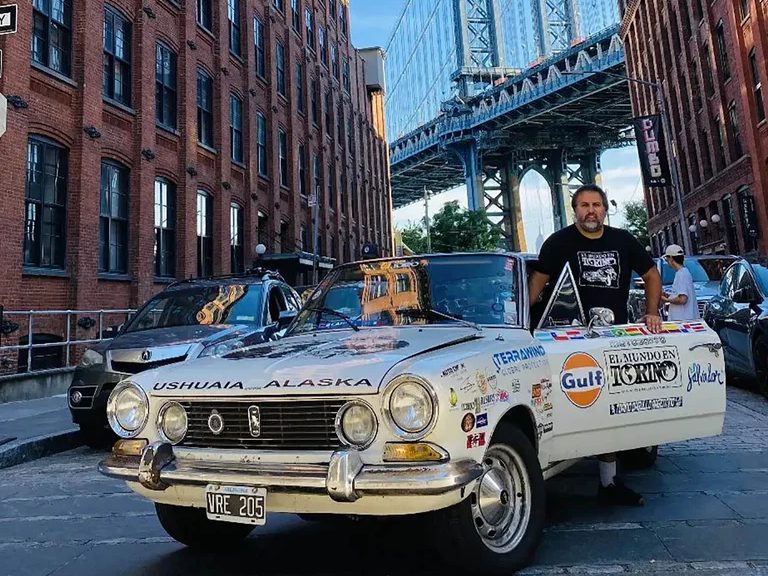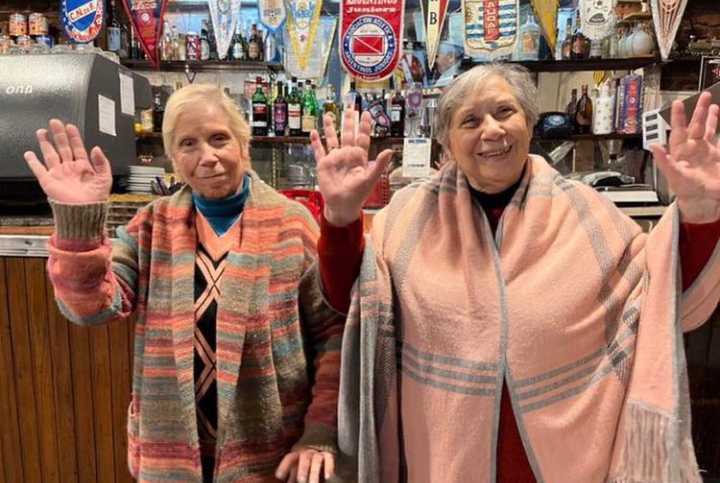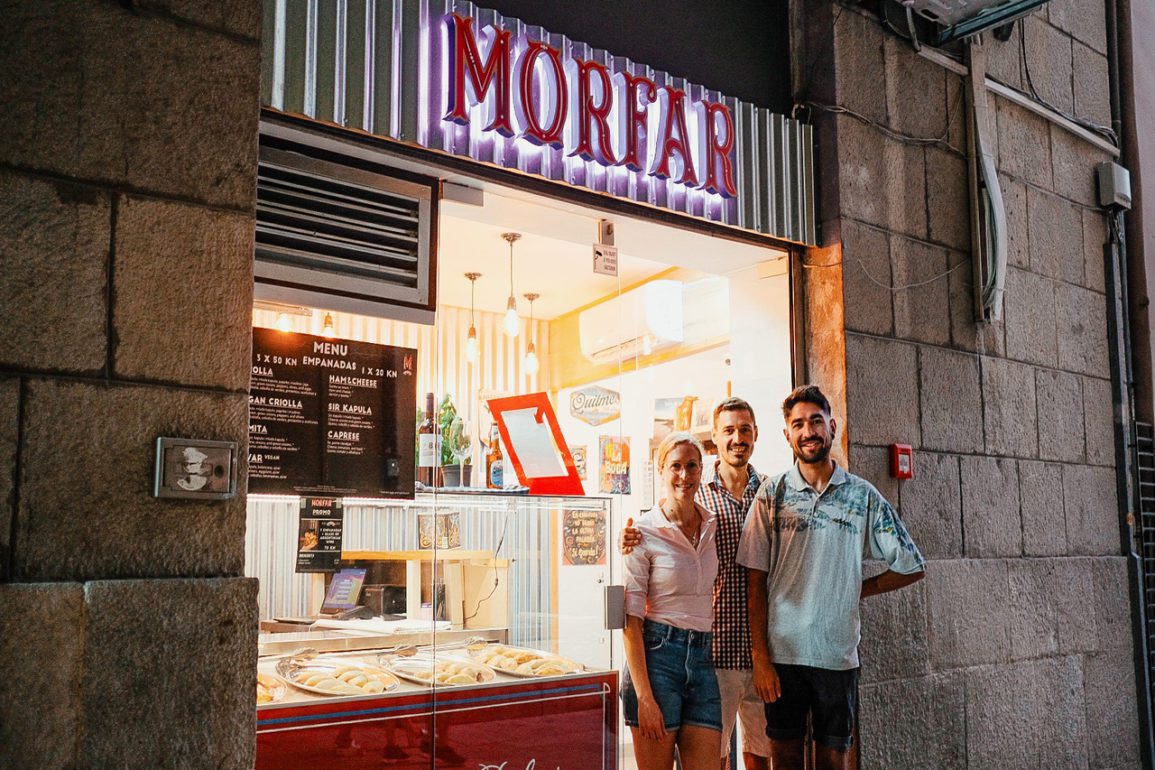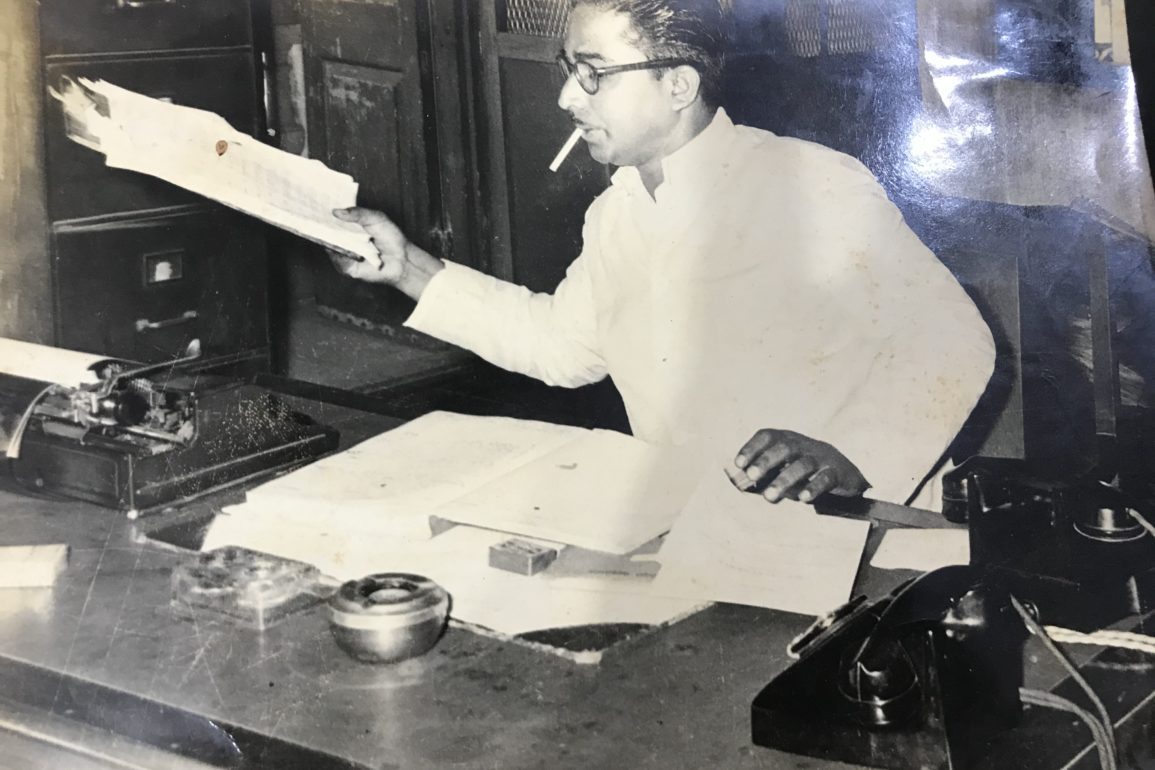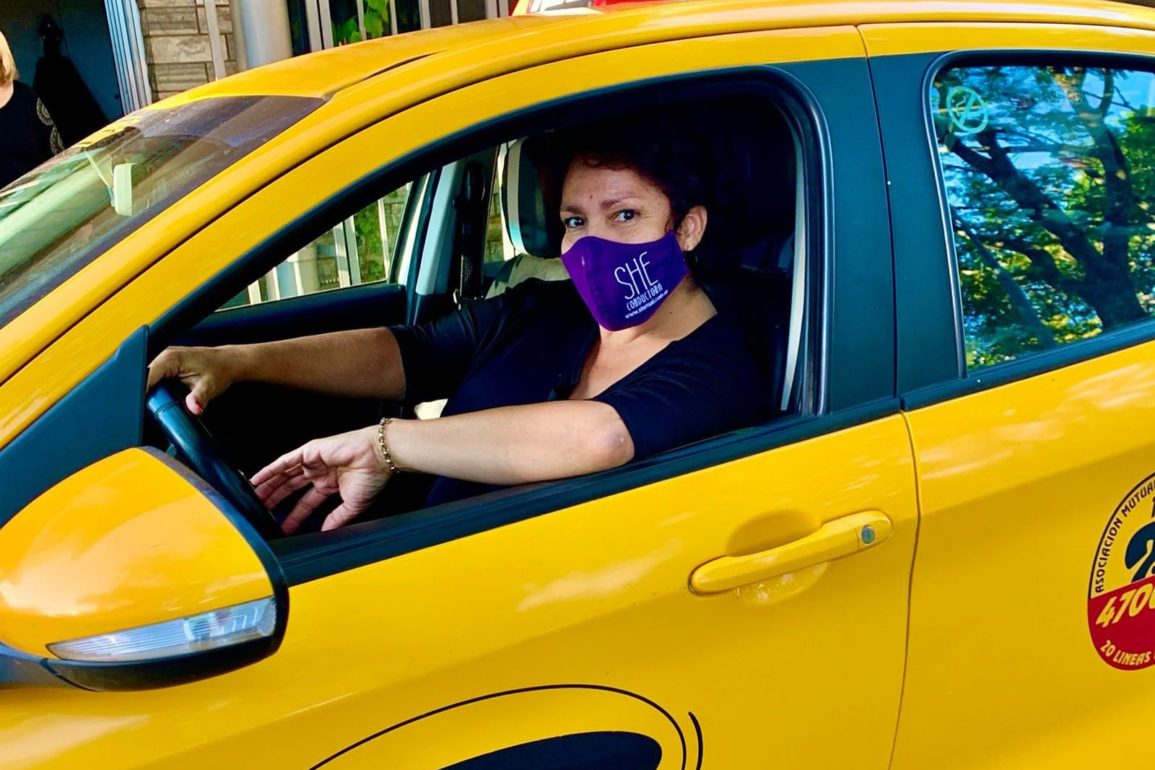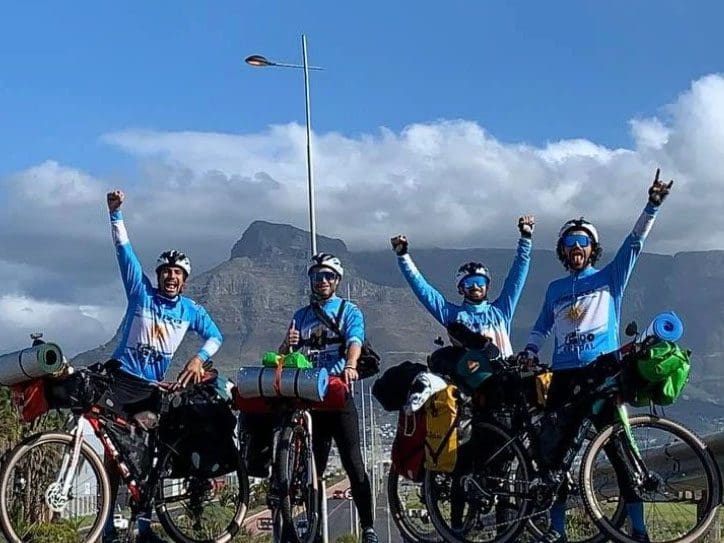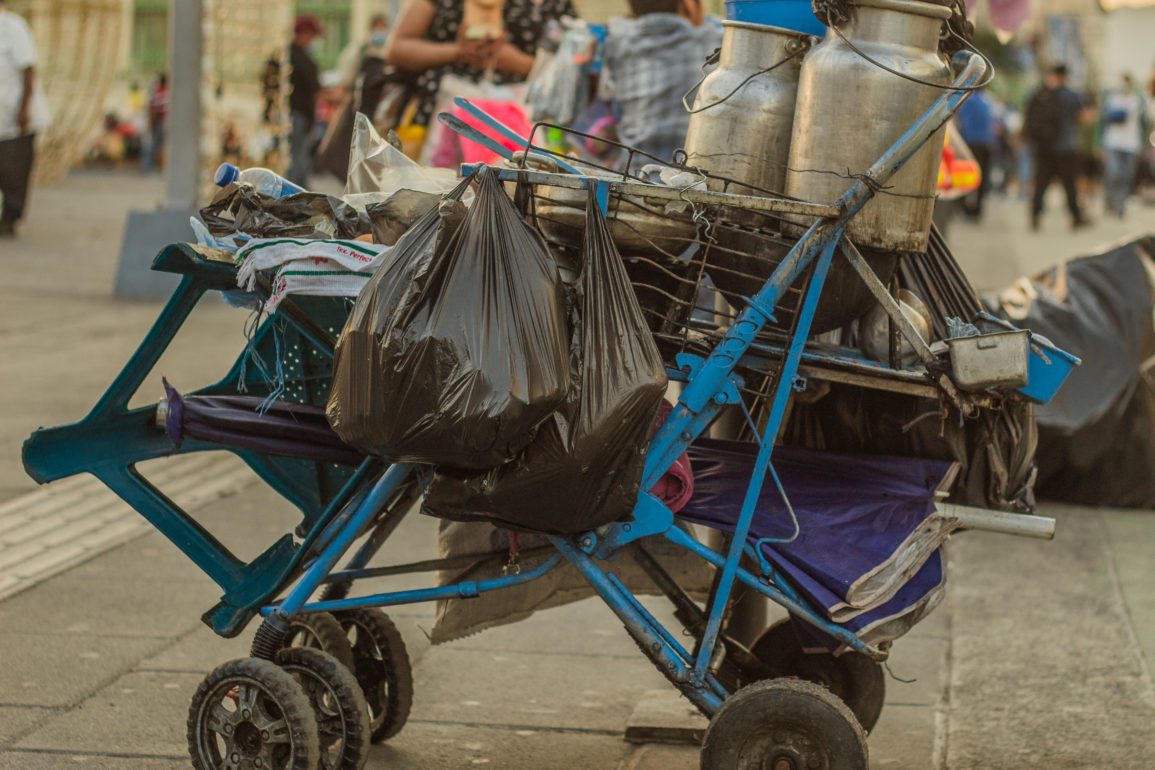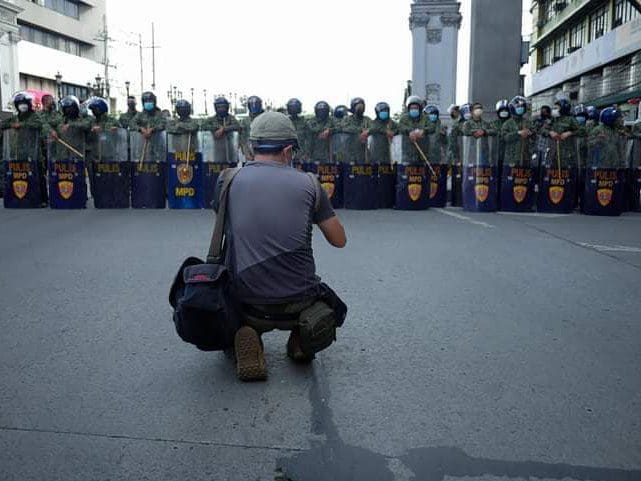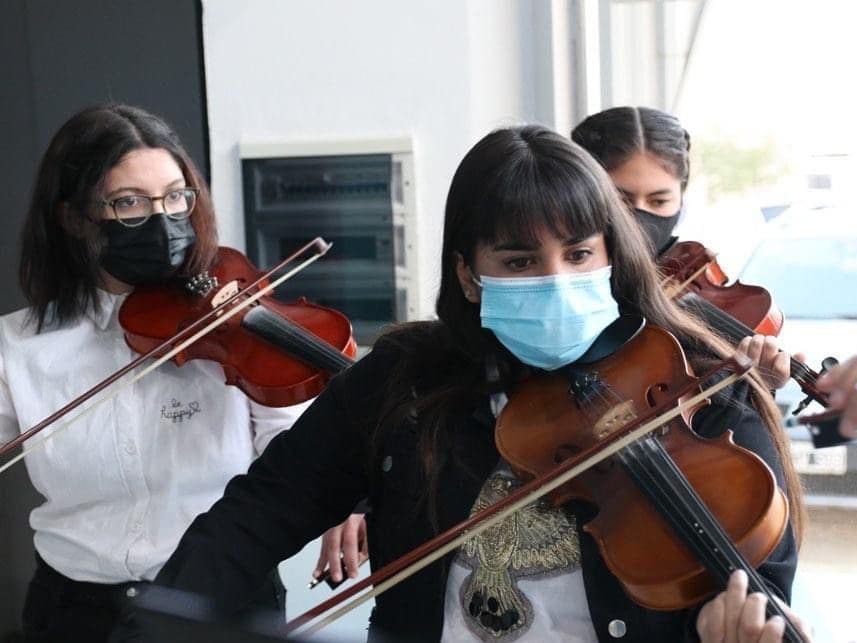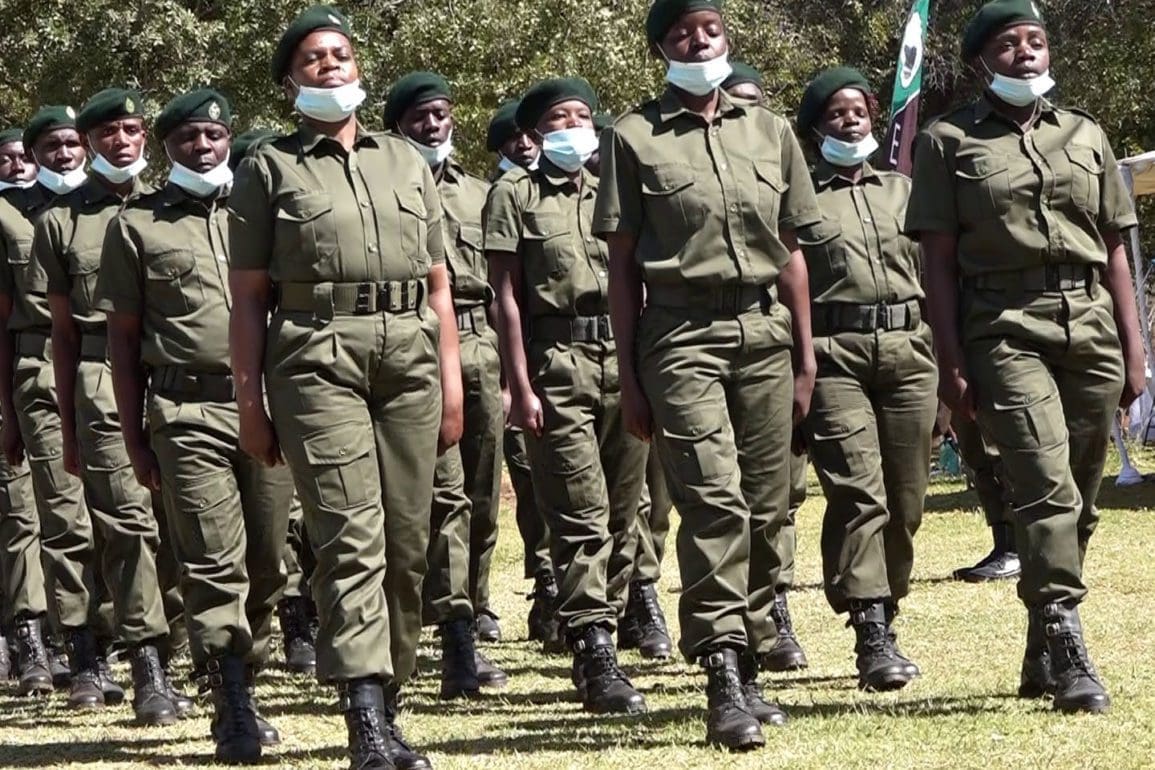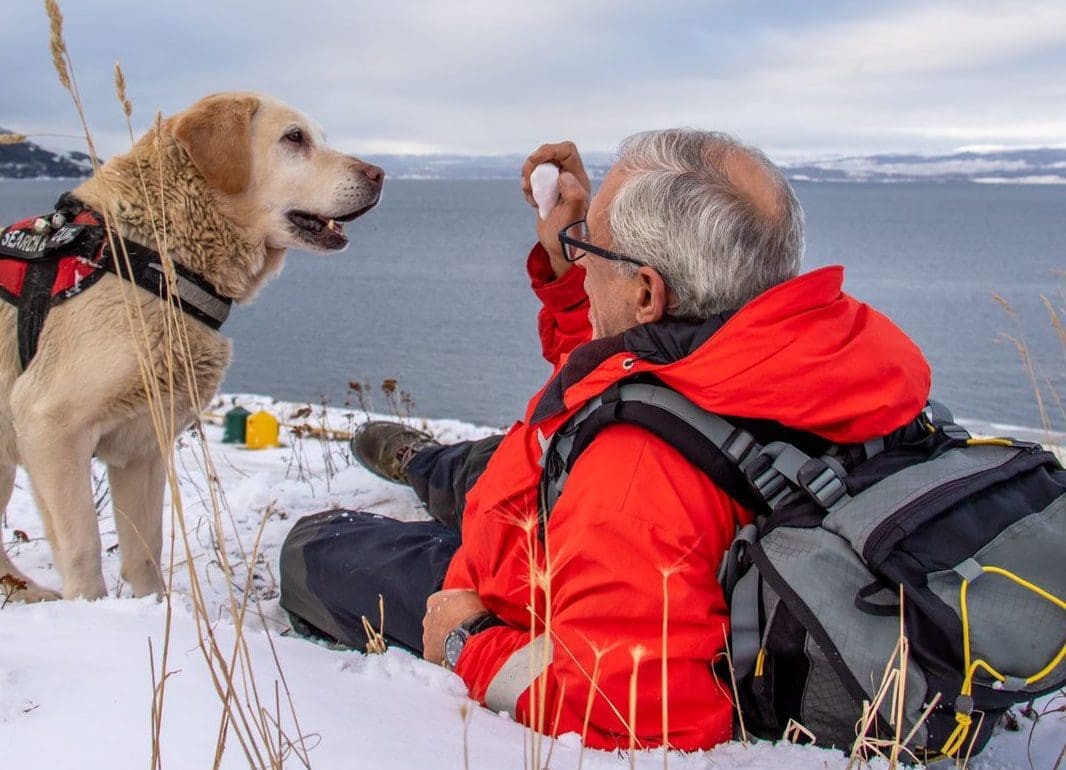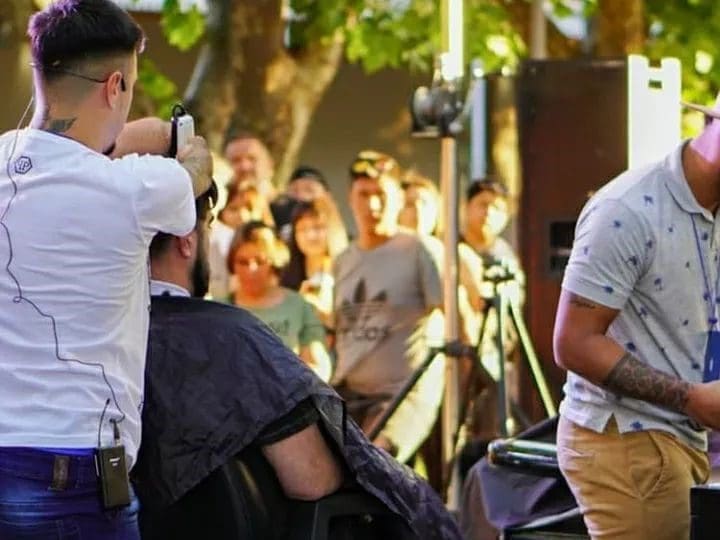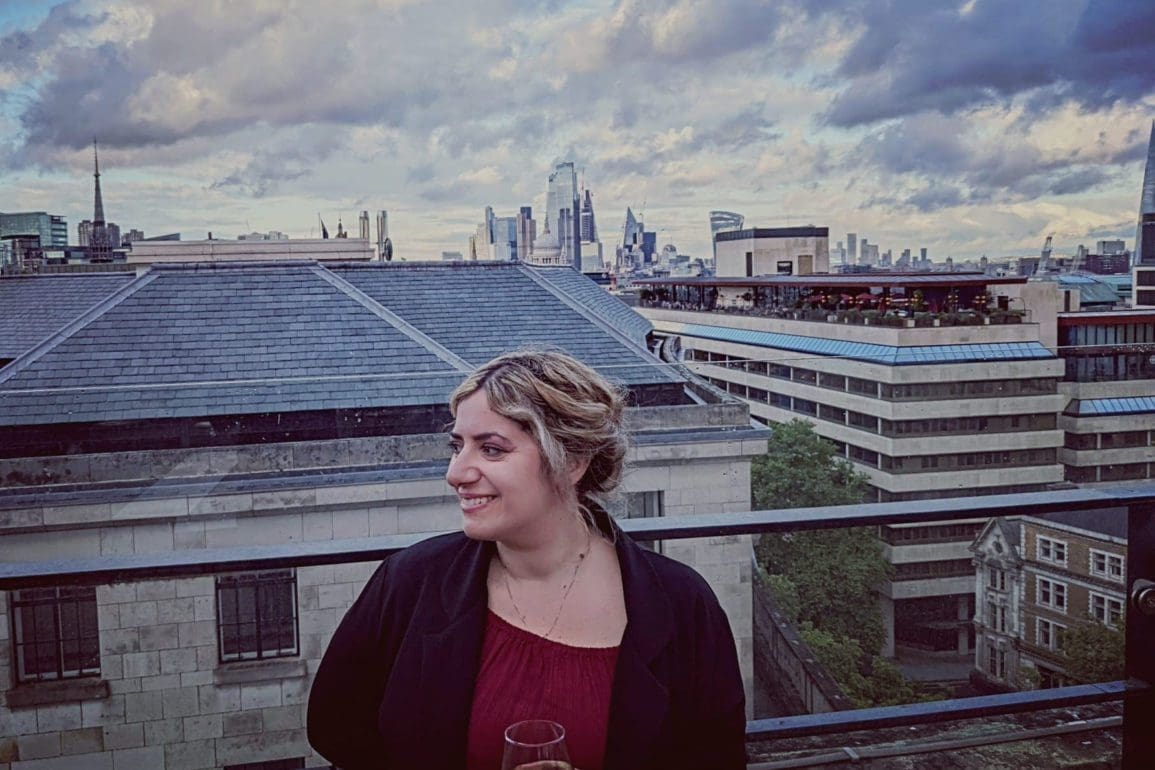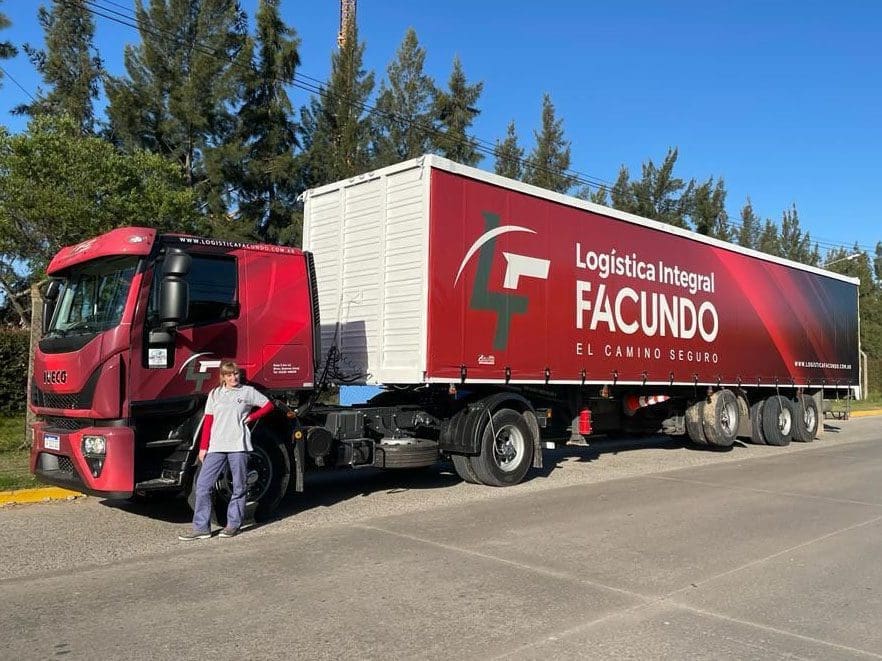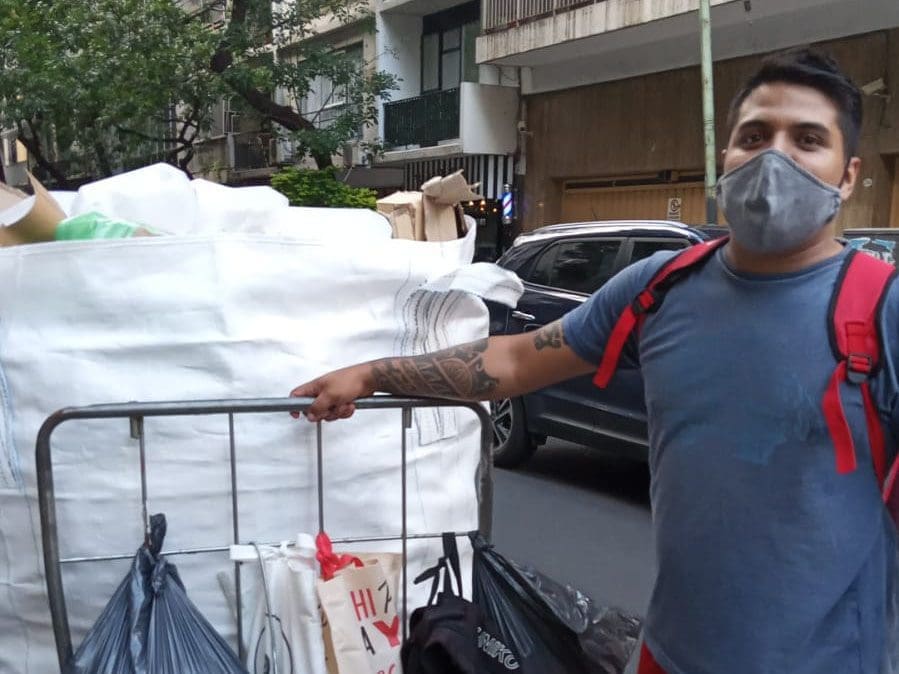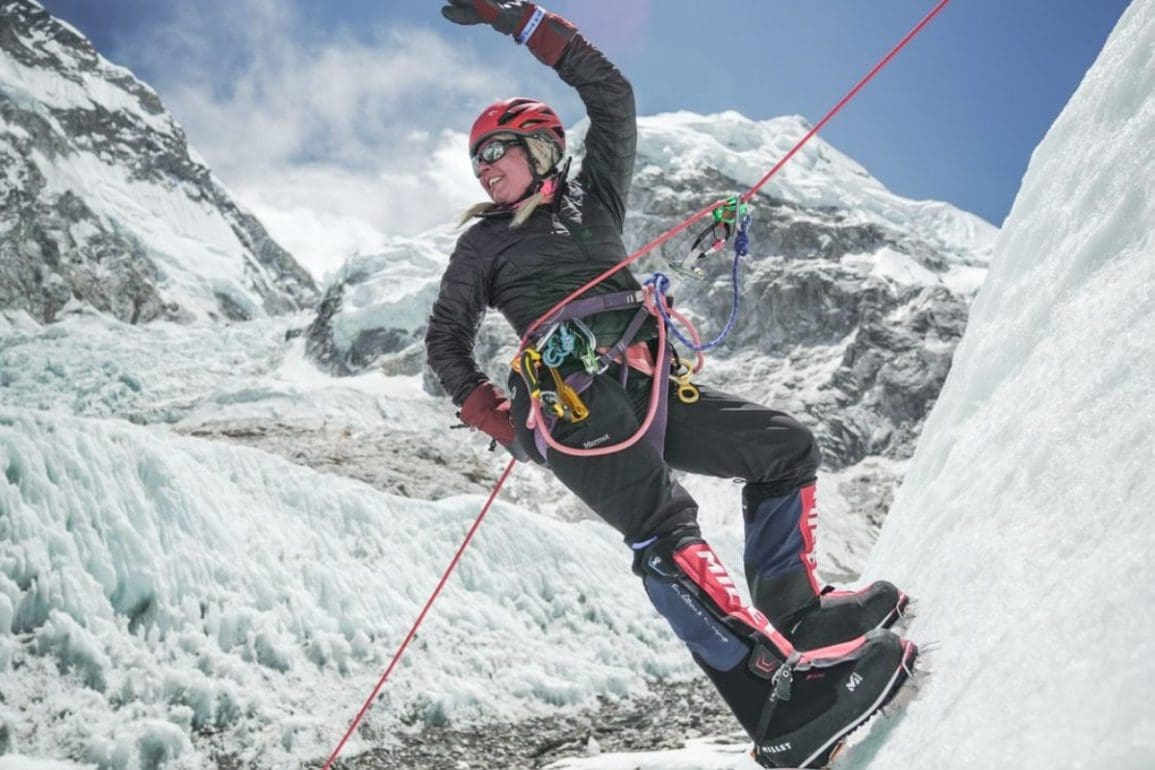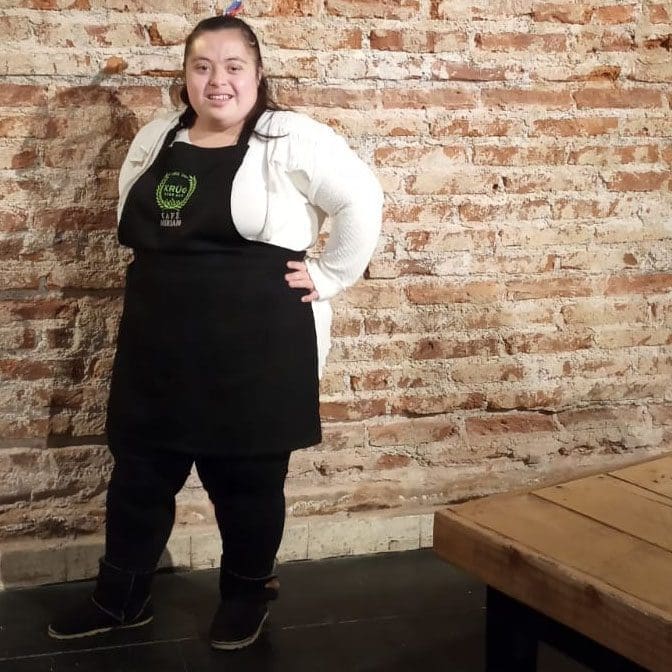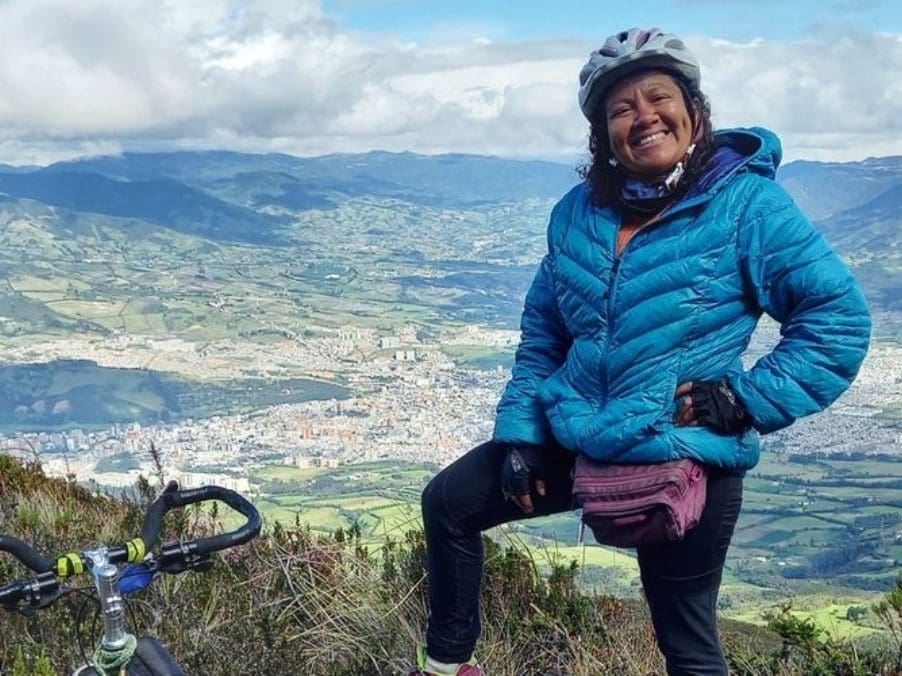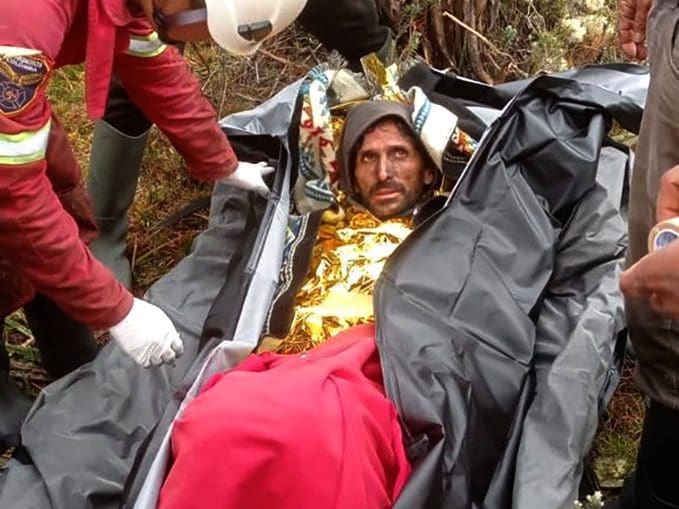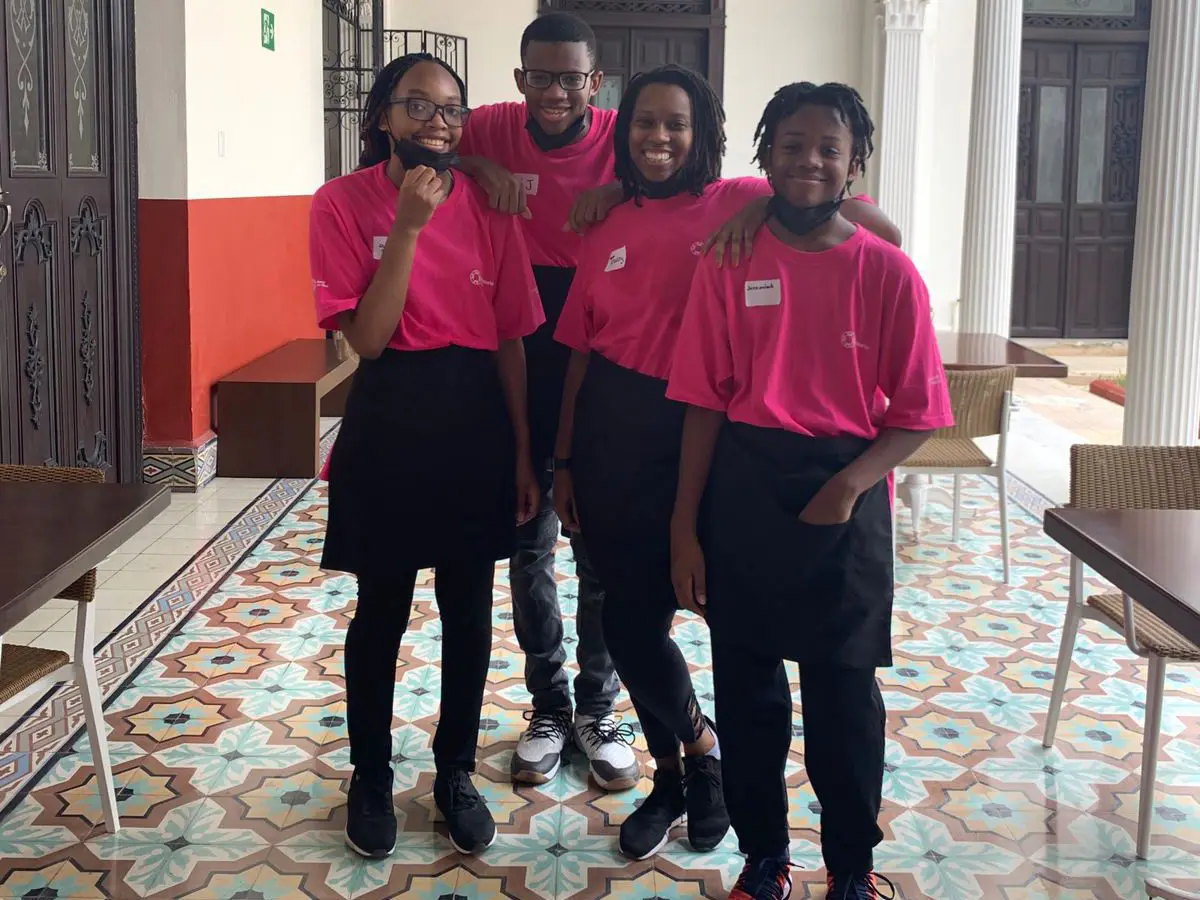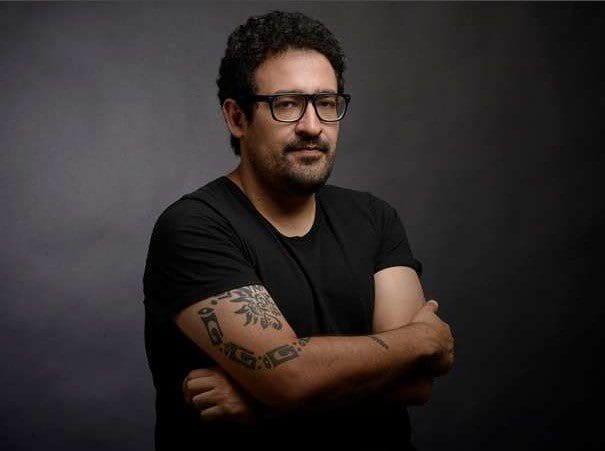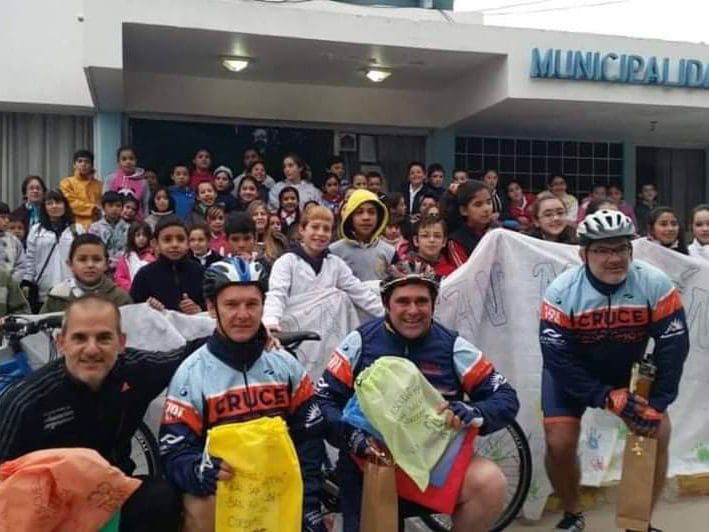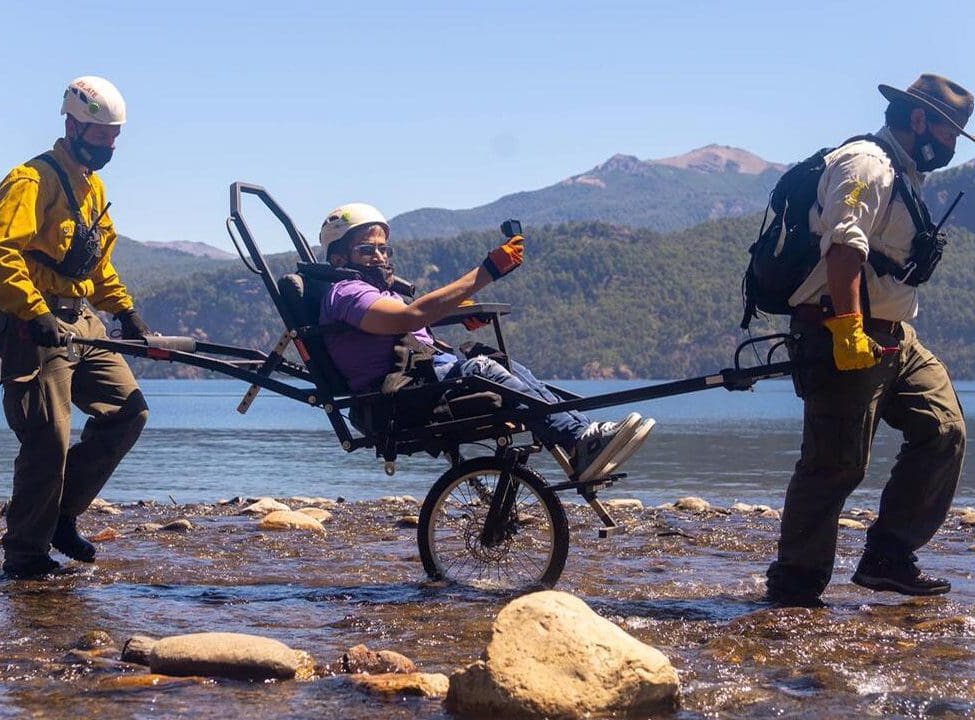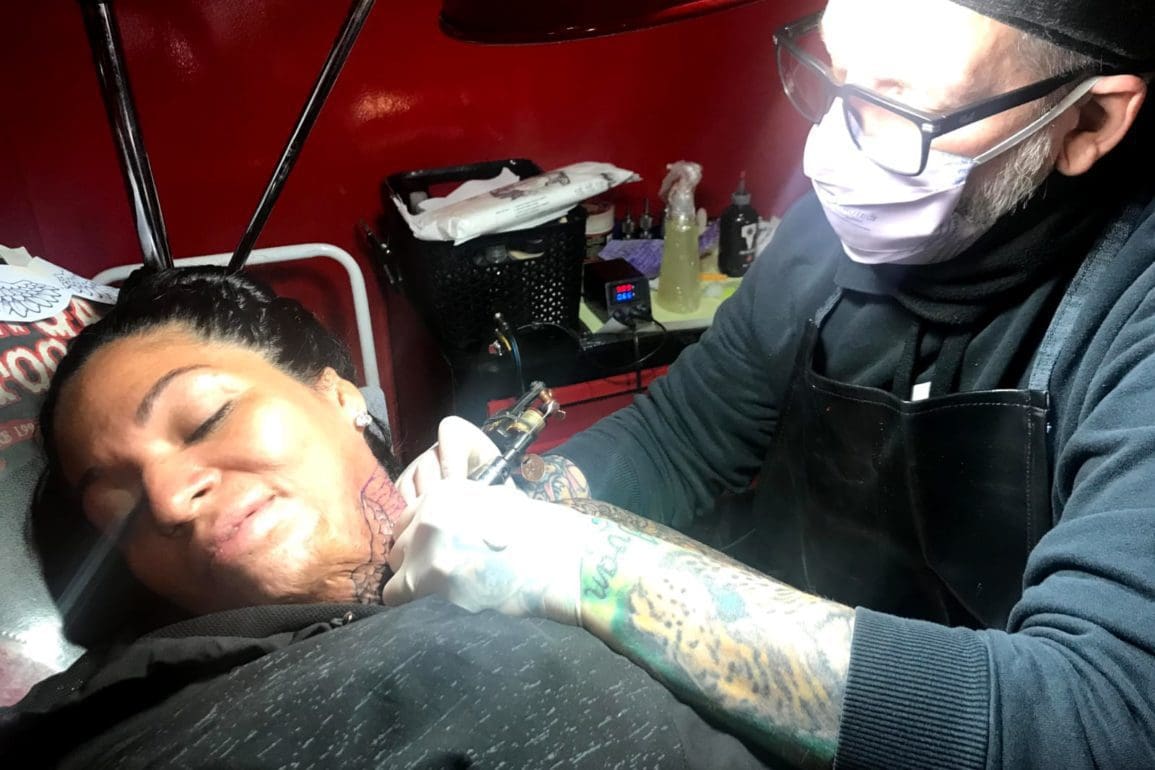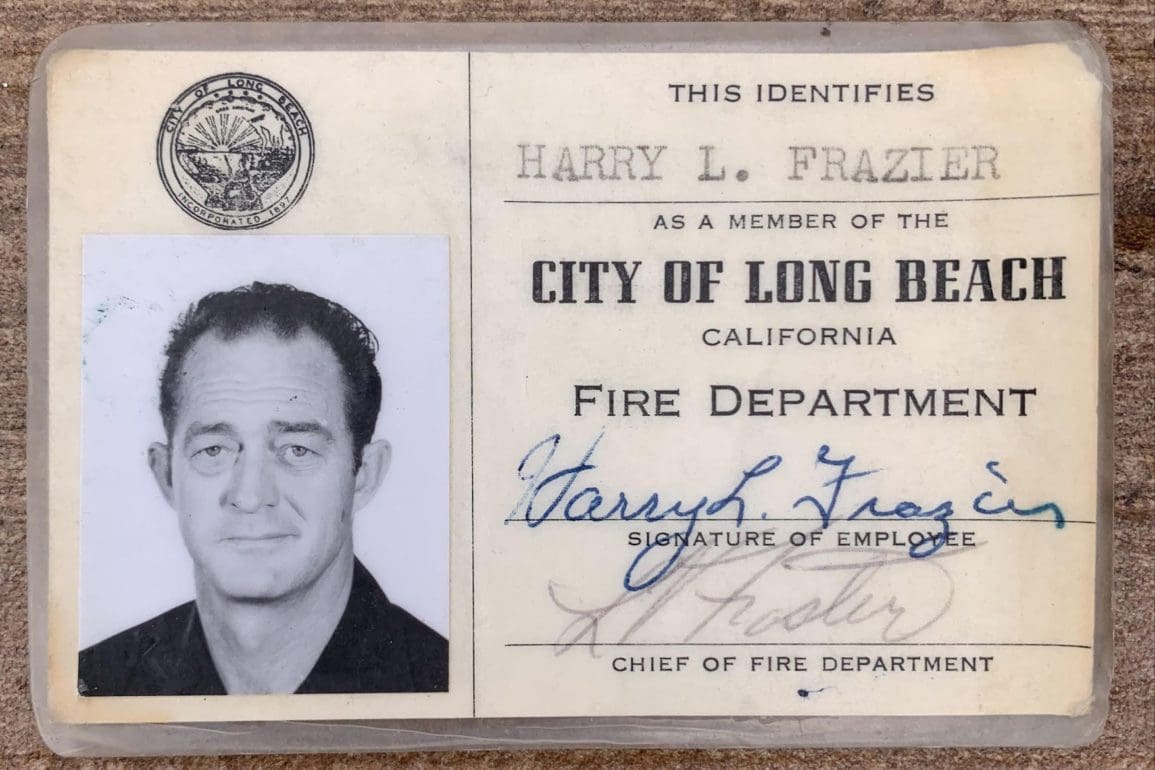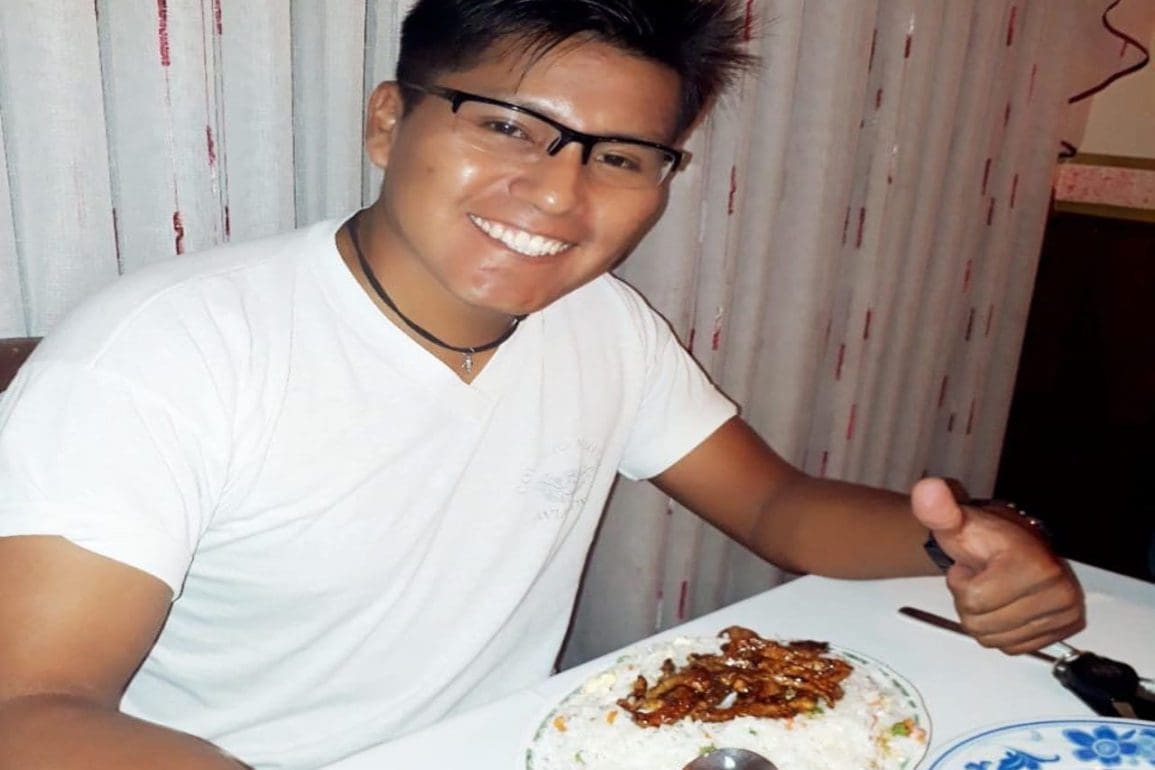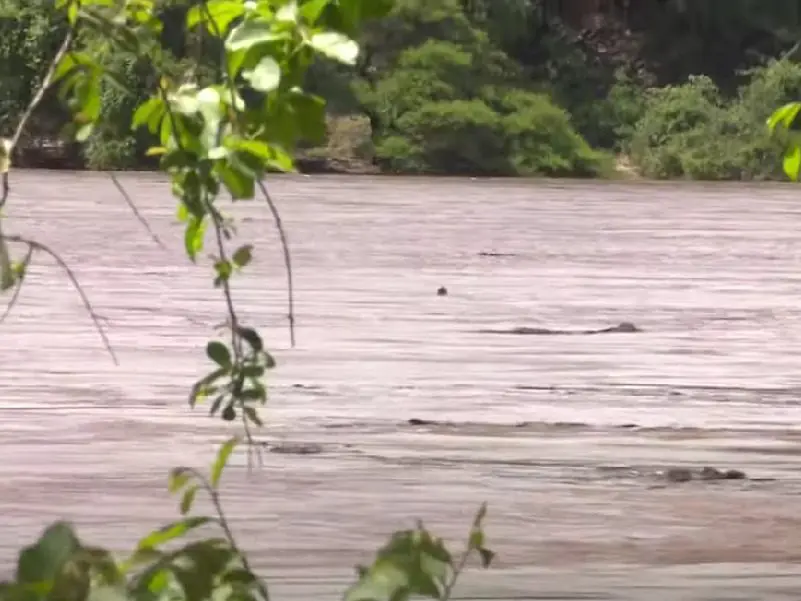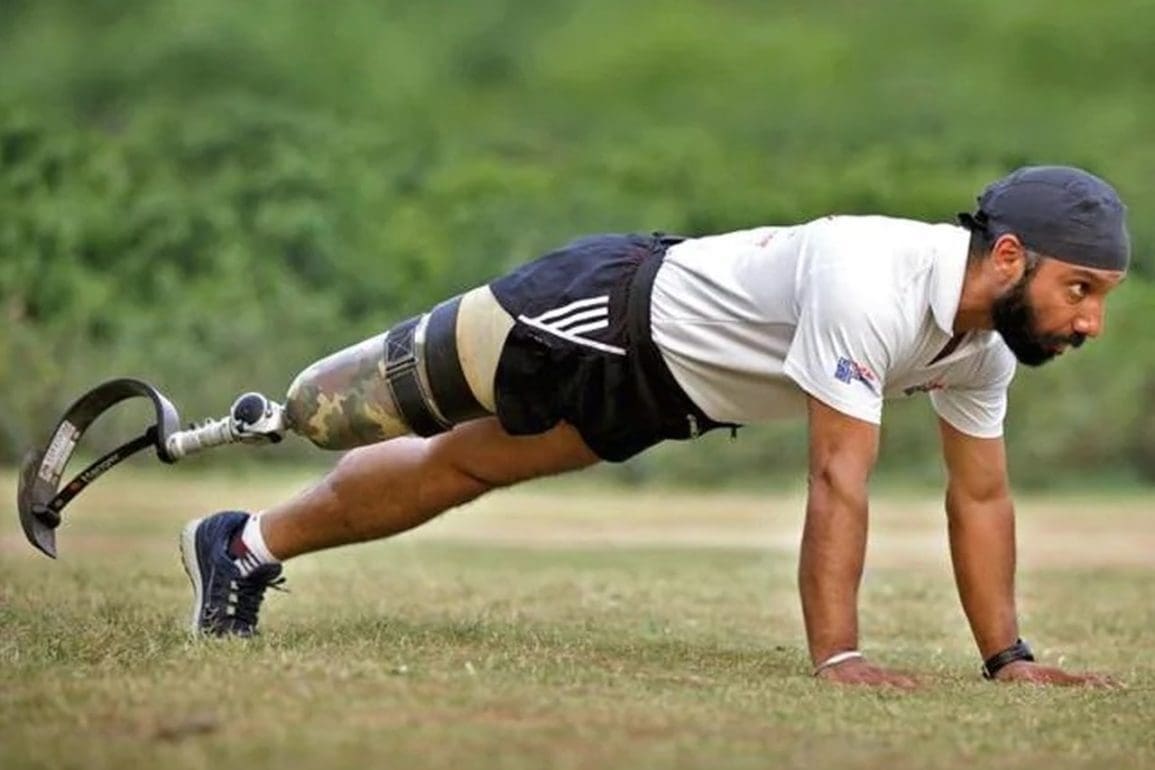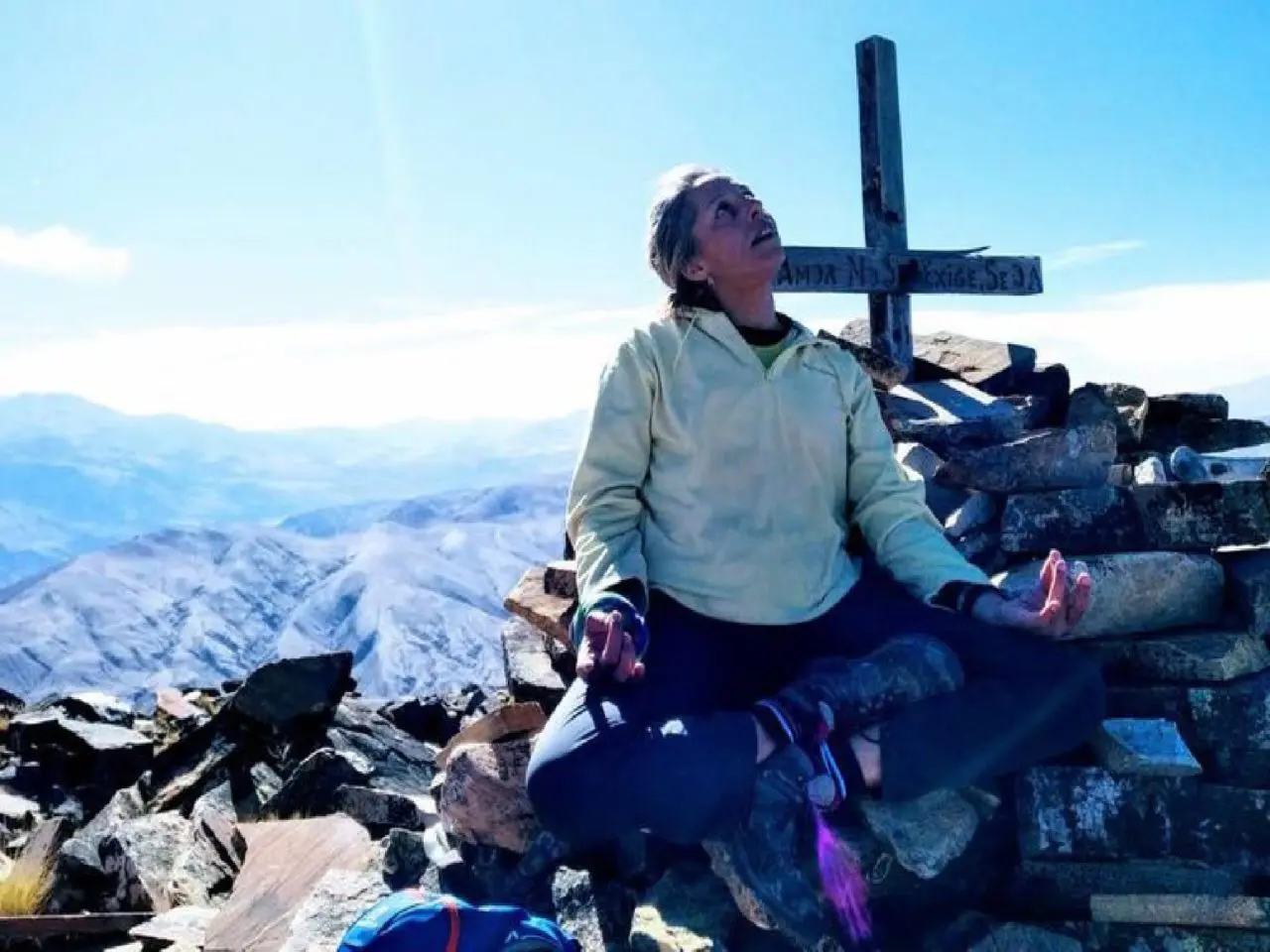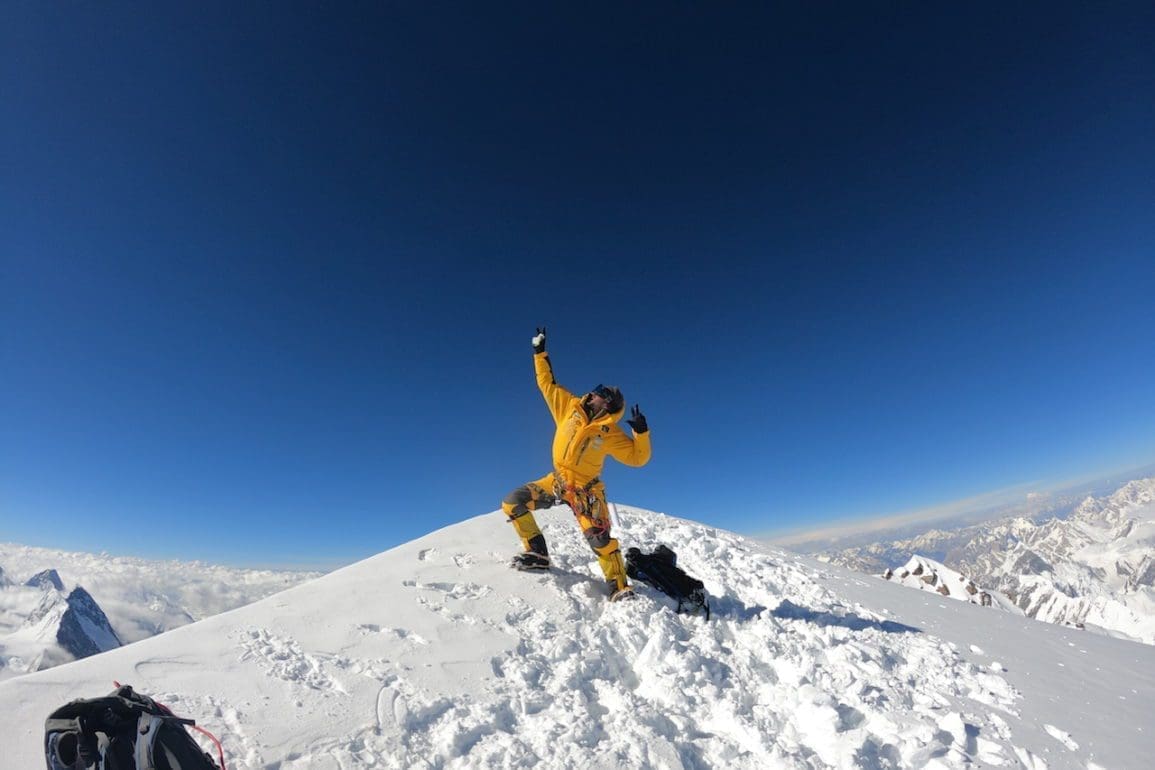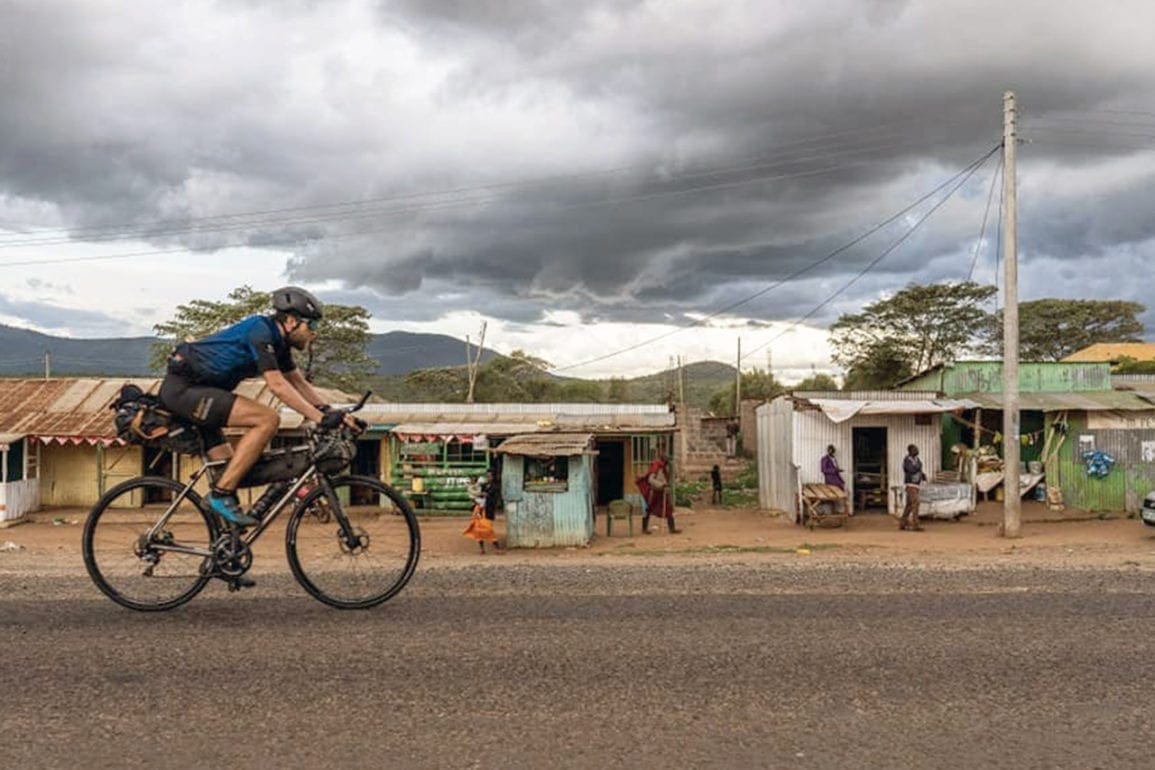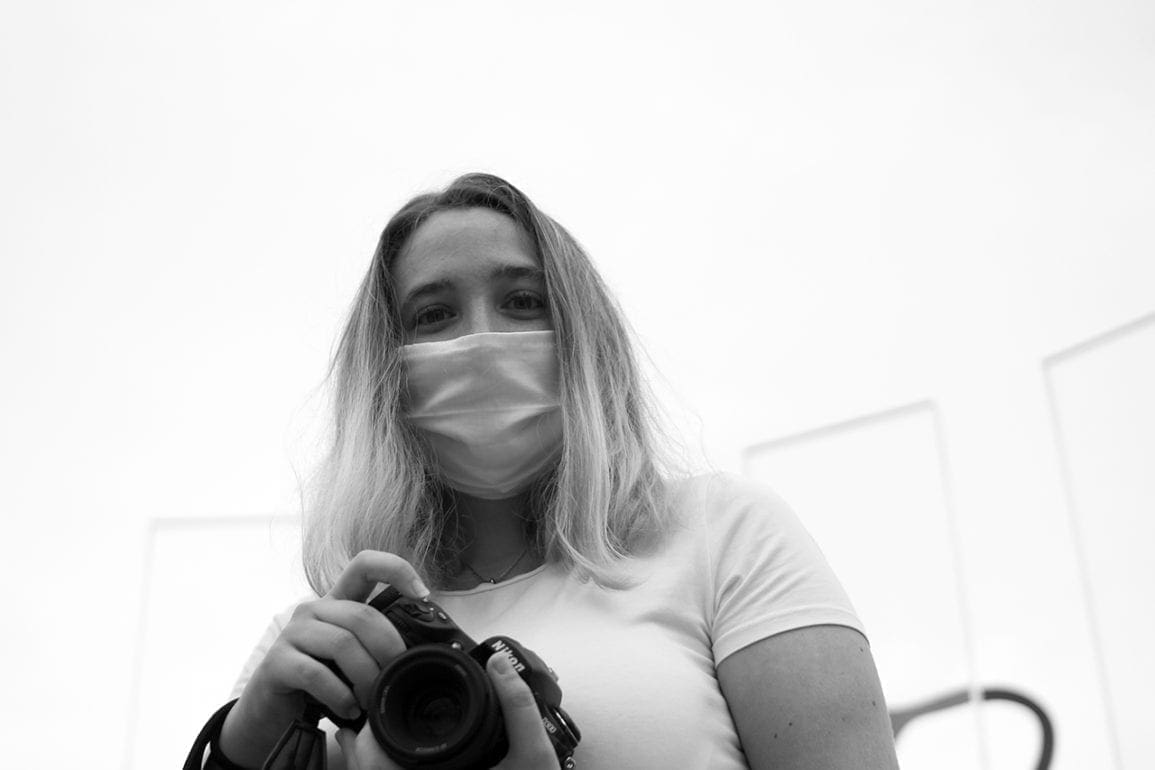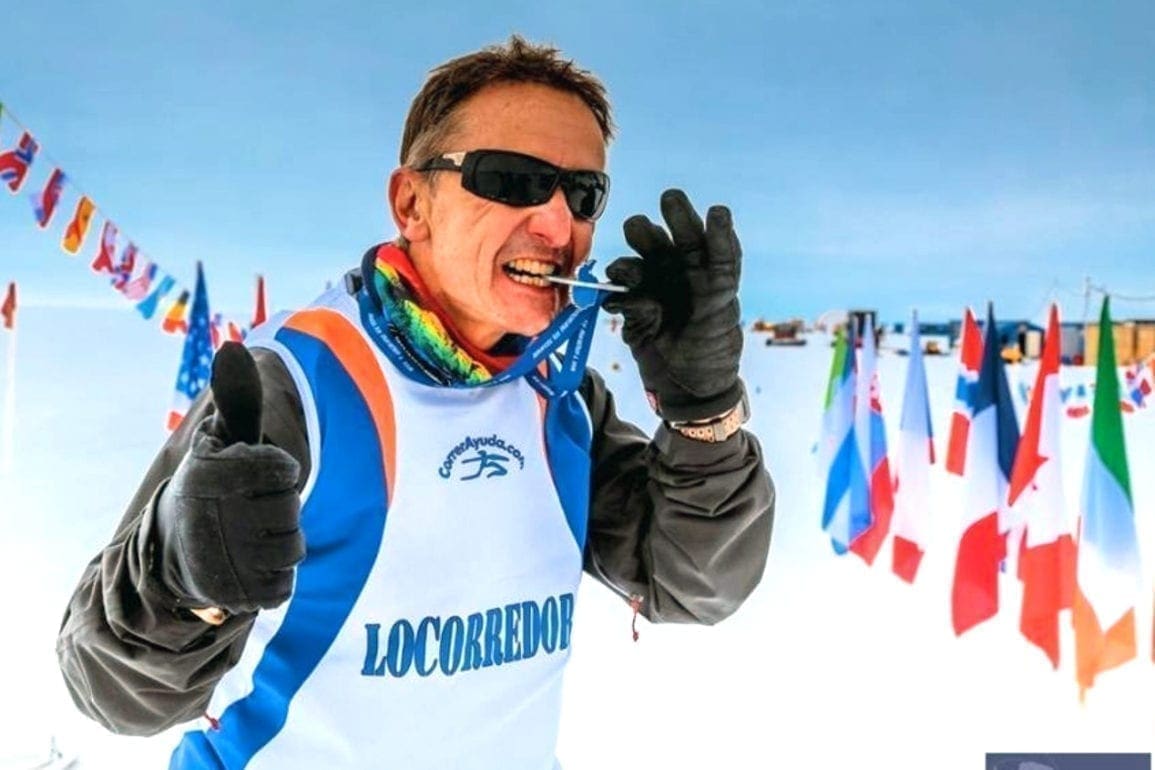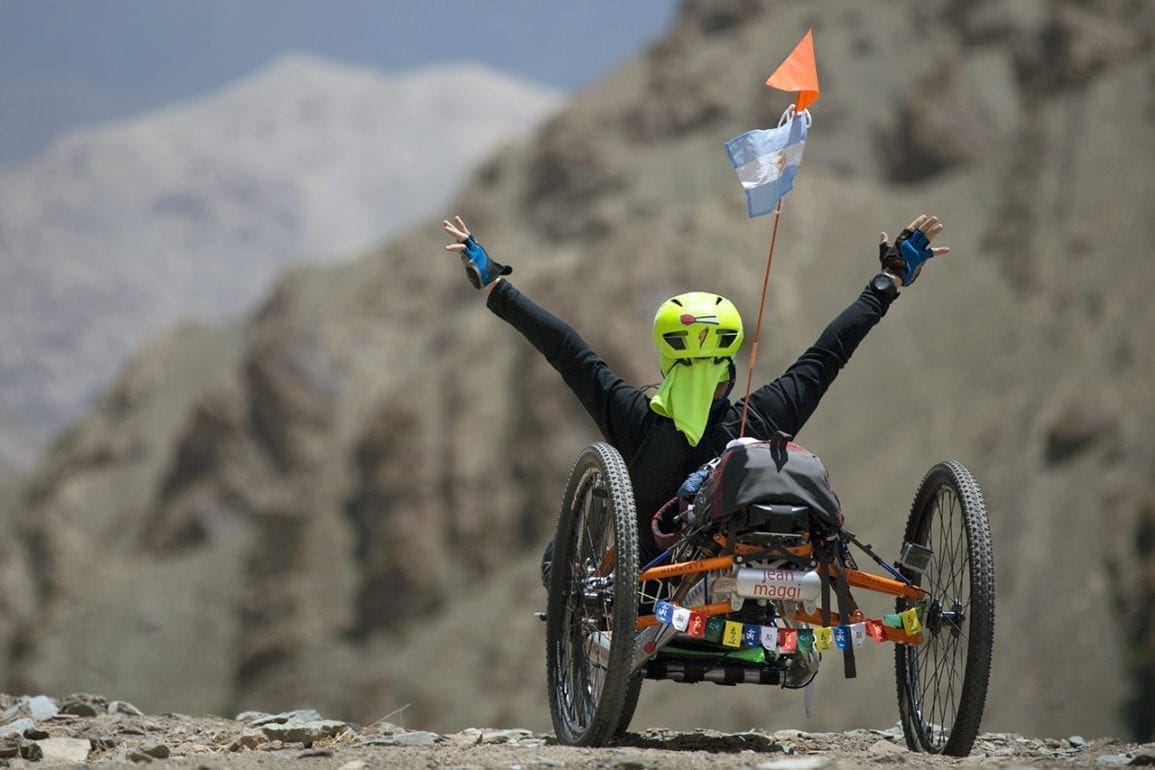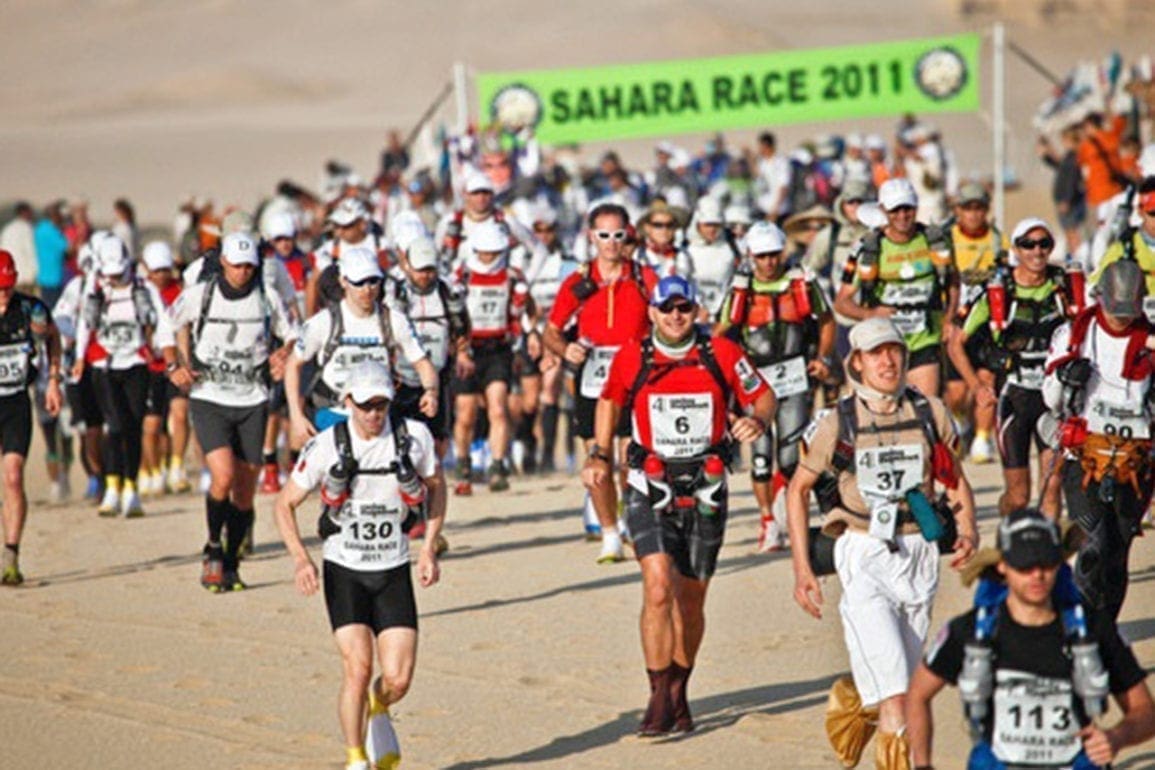Paramotor pilots form rescue organization, traveling to places no one goes
Unlike free flight, paramotoring requires an auxiliary propulsion system, such as a propeller, to allow the aircraft to fly without a slope. The pilot carries the motor and propeller as a backpack, connected to a flexible-wing aircraft specifically designed for powered flights. With just 15 to 18 meters of runway for takeoff, the paramotor can climb up to 67 kilometers per hour once in the sky. The experience of taking off feels exciting every single time. I feel an intense rush of adrenaline the moment we lift off.
- 3 years ago
April 20, 2023
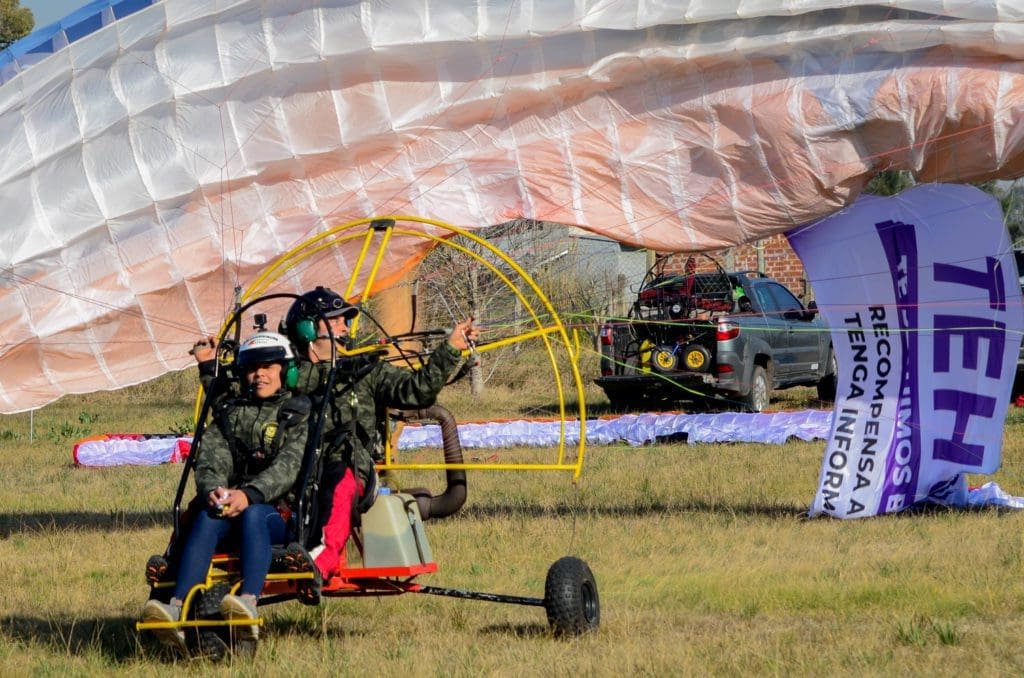
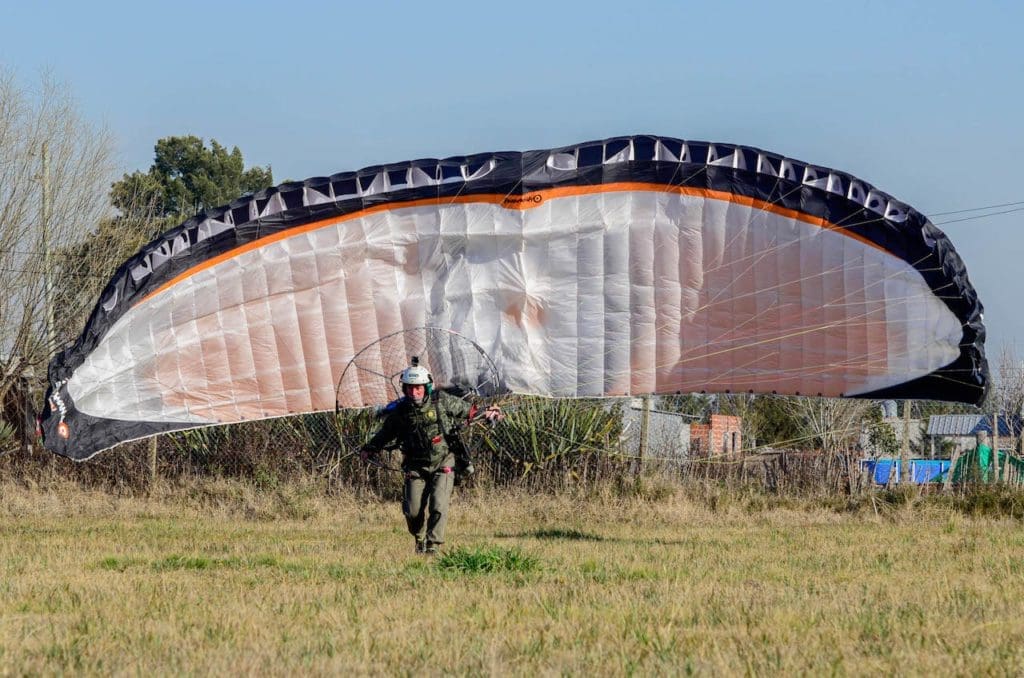
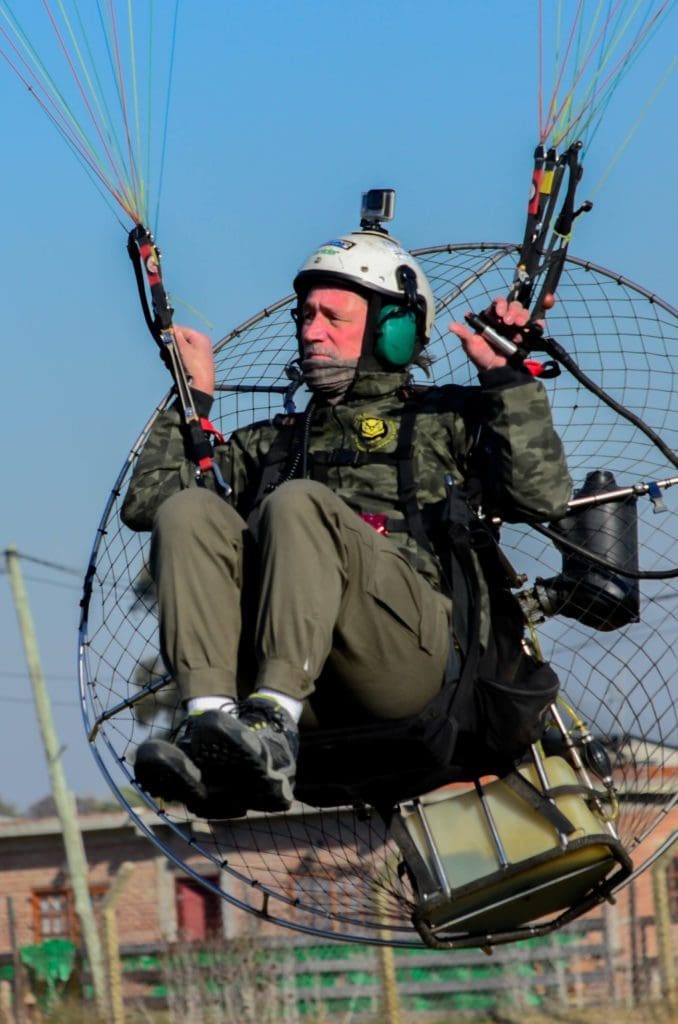
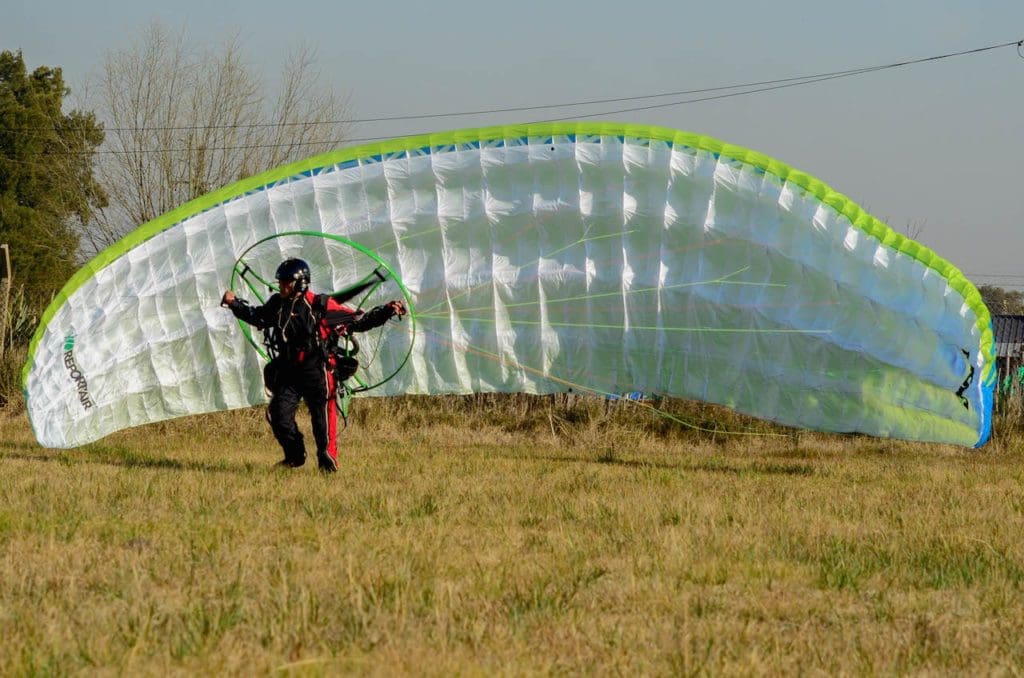
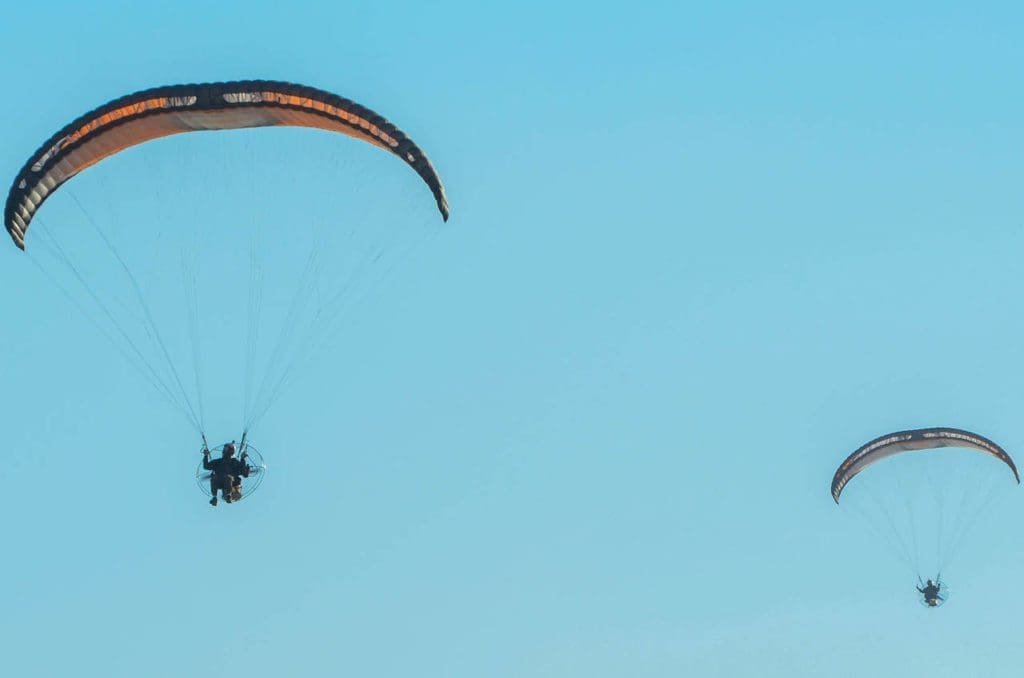
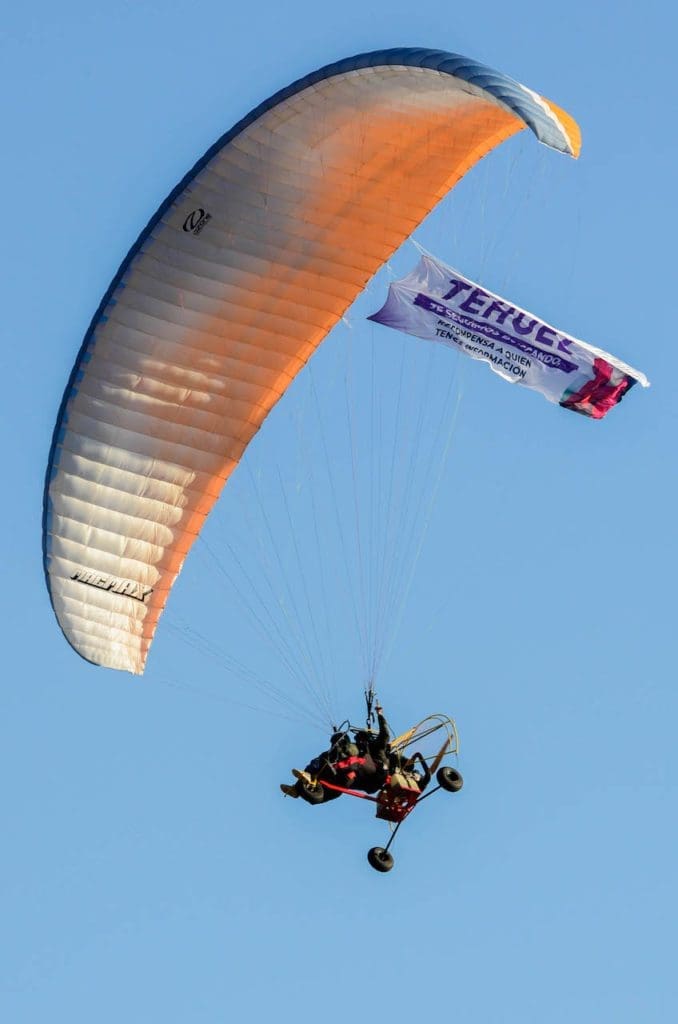
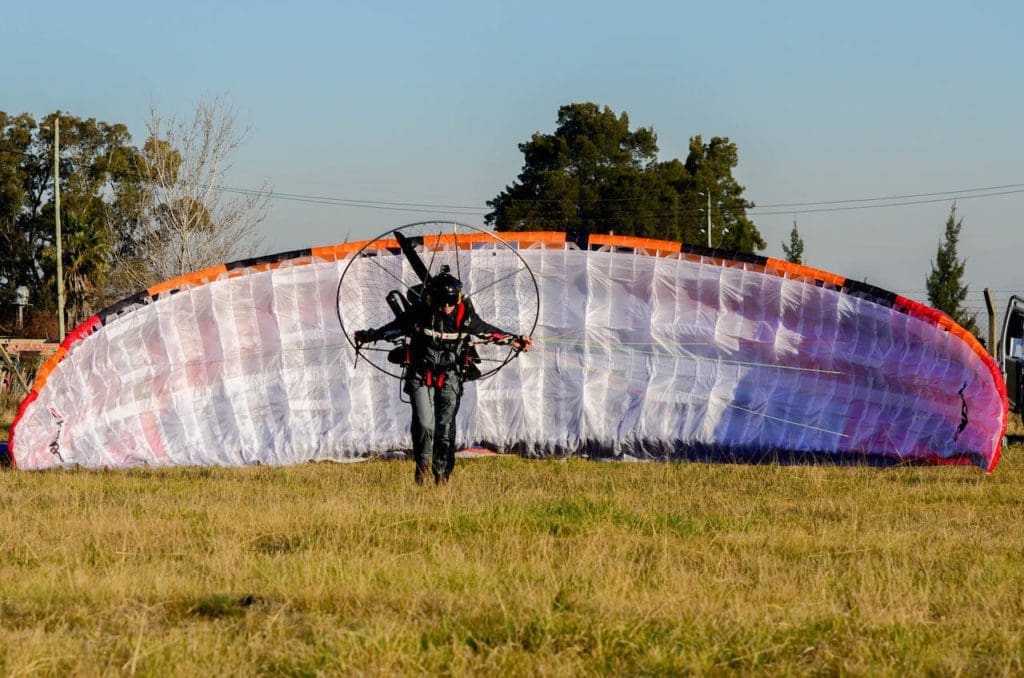
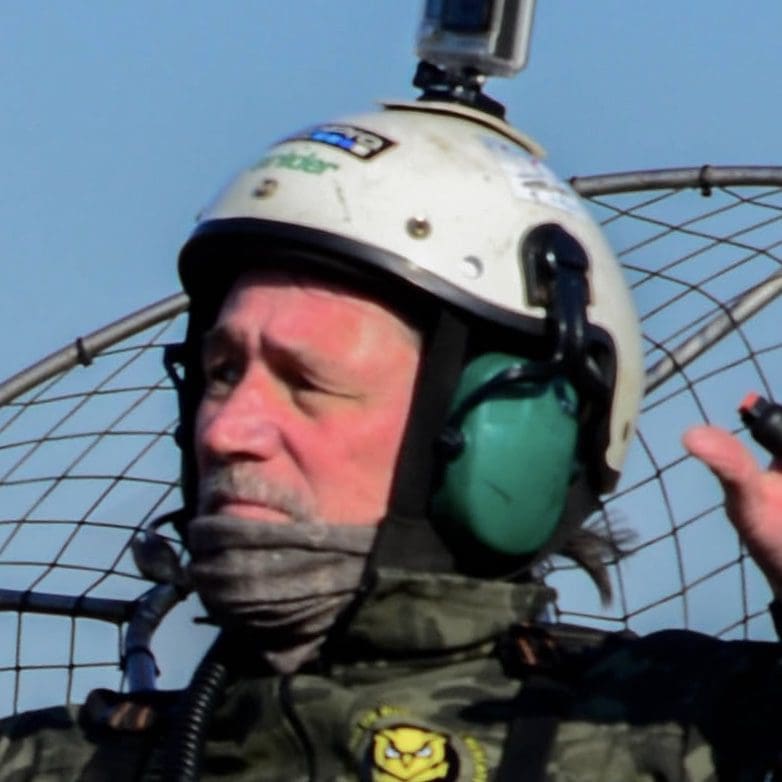
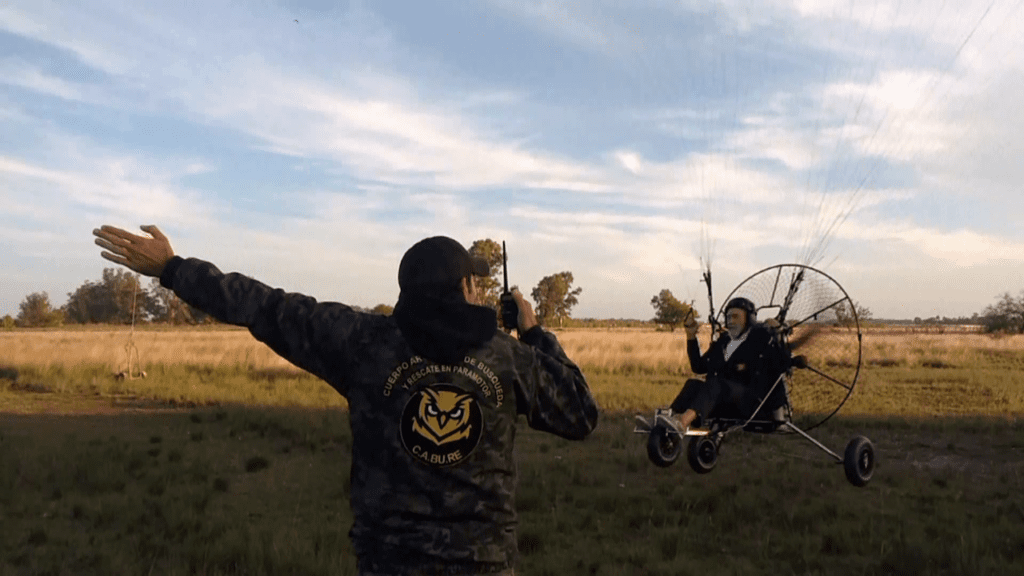
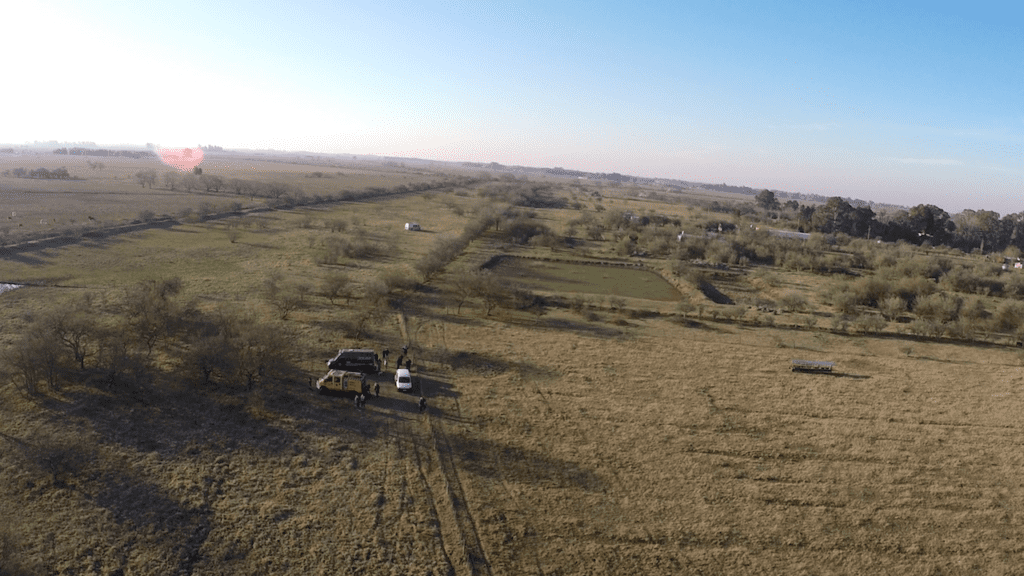
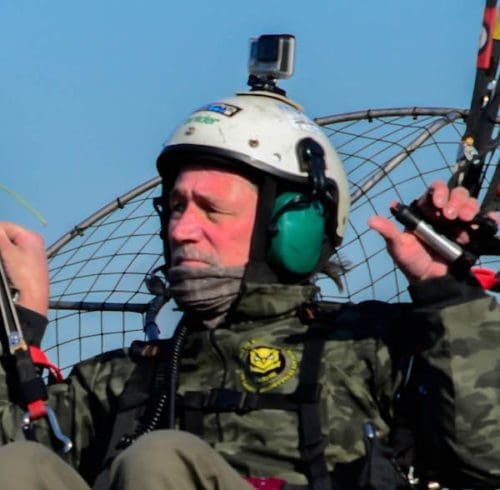
BUENOS AIRES, Argentina — In 2018, I joined a group of passionate paramotor pilots from Buenos Aires. [A paramotor is a motorized paraglider.] We never imagined our shared love for flying would lead to the formation of a rescue organization.
Slowly, we found ourselves assisting people in urgent situations. We located missing people or rescuing victims from capsized boats, but we lacked the proper training. Determined to combine our passion for flying with our desire to help others, we founded the Argentine Paramotor Search and Rescue Corps. (CABURE).
Read more stories from Buenos Aires at Orato World Media
The unsolved cases of missings persons
I have been a paramotor pilot for the past 15 years, and serve as the current secretary of CABURE. I feel incredibly proud to be part of an organization that makes a difference in people’s lives. When we receive an emergency call, we first evaluate the terrain’s orographic conditions, locate a meteorological window that allows us to search, and identify any registered pilots in the vicinity. We work closely with the relevant authorities to form an operational table and coordinate our efforts in-flight. Unfortunately, our searches do not always have happy endings.
I remember when Tehuel, a young trans person, went missing in Alejandro Korn. We flew from a UPCN property, quite close to the registration area, where Tehuel’s family waiting for us. When we arrived, they were crying. Hope emerged when we discovered a trail, but we did not find Tehauel. After 15 days of searching, we joined a hundred Federal Police and Buenos Aires Police officers in a massive sweep. Nothing came up. The investigation received massive media attention, and I felt heartbroken at the thought of having to go back and tell the family we did not find their child.
I also took part in a search for an elderly fisherman who went missing in the Pipinas area. Swamps and crab habitats made up most of the terrain. The Naval Prefecture could not access the area by water and the Buenos Aires Police could not get there by land. They needed air support. Three pilots from my group flew in formation, braving difficult weather conditions, in a bid to locate the missing fisherman. Sadly, once again, we faced the family. We found no trace of their grandfather. Unsolved cases like this haunt me for a long time.
An more effective means to respond to emergencies
Being part of CABURE allows me to grow as a human being. We formed a community of skilled pilots, ready at any moment to help those in need. With over two hundred pilots registered from all over Argentina, we developed protocols, safety procedures, and got the best equipment to ensure excellent interventions. One of the greatest advantages of these aircraft remains their ability to respond quickly to emergencies. It takes minutes to get to a scene and back up again. We control the speed with a hand-held throttle. This means injured individuals receive almost immediate medical attention while other rescue teams arrive.
A group of five pilots can take off from a football field and begin a search that lasts for more than two hours, covering over a thousand hectares of surface area. Unlike drones, which have only 15 to 20 minutes of autonomy, these aircraft can fly for three hours at a time. They allow me to comb the terrain with my naked eye.
The operational cost is infinitely lower than a helicopter and requires no major infrastructure to operate. When flying, we use different scanning techniques and fly at different heights depending on the search objective. For safety, we use inflatable vests when flying over water and record our flights with sports cameras and tracking systems. After we complete our mission, we prepare a final report and present it to the authorities, along with the complete film record of the pilots and flight tracks.
At the end of the day, the job feels more rewarding than anything in the world
We take a lot of risks in our job which requires concentration and control. On a search, I fly relatively low to see, which gives me less reaction time if an emergency arises. We prioritize the participation of local pilots because they have prior knowledge of the area. When I fly, once the adrenaline settles, a calming feeling takes over. I discover places I never would have seen, which makes the work feel magical. I may have passed by the same wall a thousand times walking, and then one day, I fly over it. I see it from an entirely new perspective – viewing what is beyond the wall and what surrounds it. It feels like a game.
Unlike free flight, paramotoring requires an auxiliary propulsion system, such as a propeller, to allow the aircraft to fly without a slope. The pilot carries the motor and propeller as a backpack, connected to a flexible-wing aircraft specifically designed for powered flights. With just 15 to 18 meters of runway for takeoff, the paramotor can climb up to 67 kilometers per hour once in the sky. The experience of taking off feels exciting every single time. I feel an intense rush of adrenaline the moment we lift off.
From above, I am granted a unique perspective of the world, with houses and people appearing as tiny dots below me. Through our work, the pilots form a bond with one another that can never be broken. We know we can count on each other, and we share the same passion. Getting to help strangers just makes it that much more meaningful. I never would have imagined life could be so wonderful.
All photos courtesy of CABURE.



